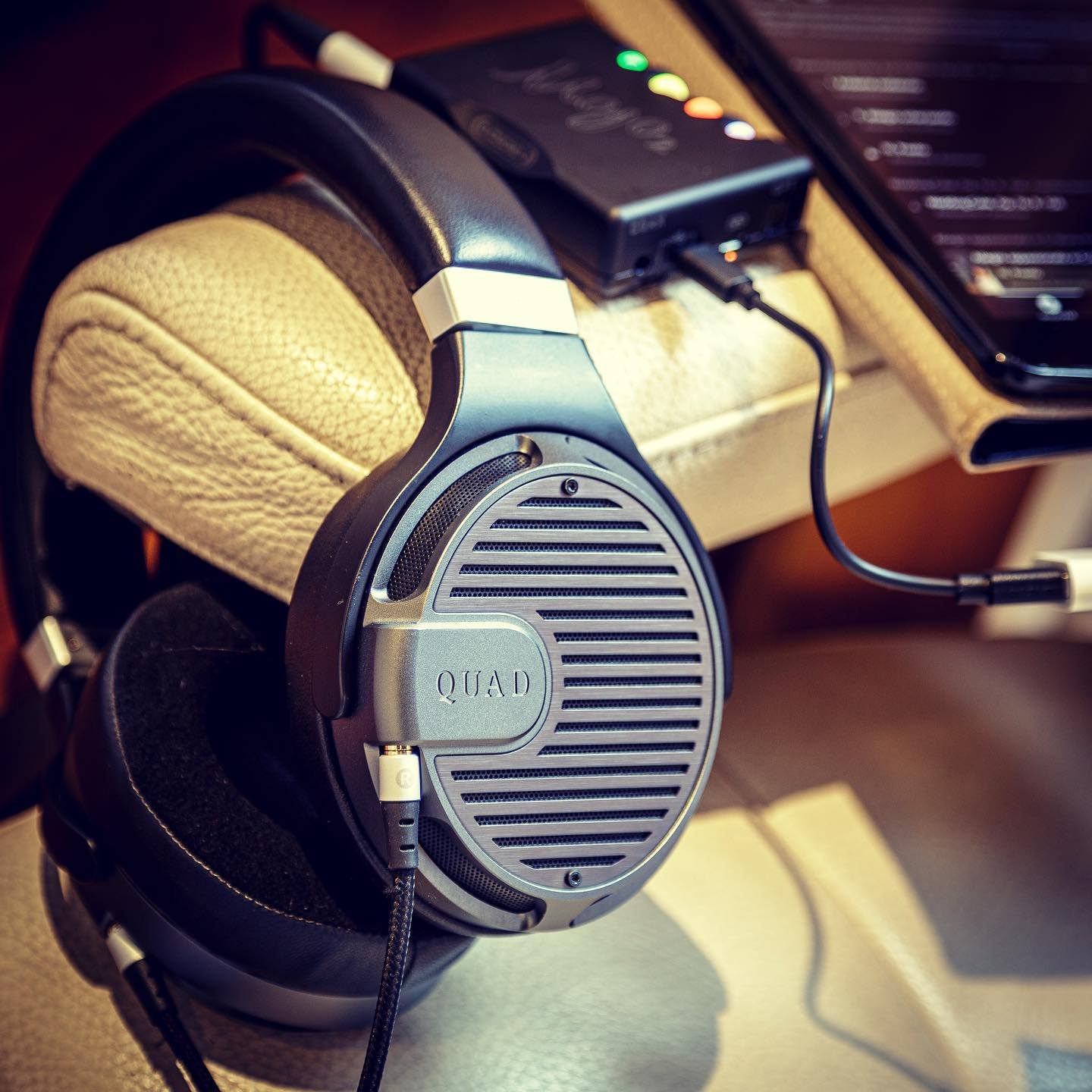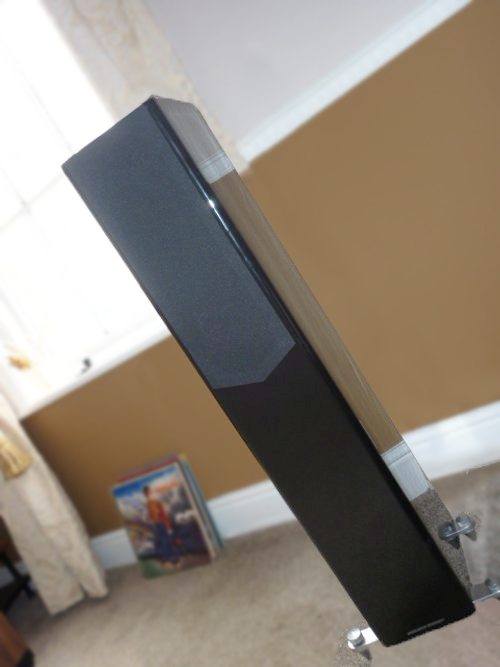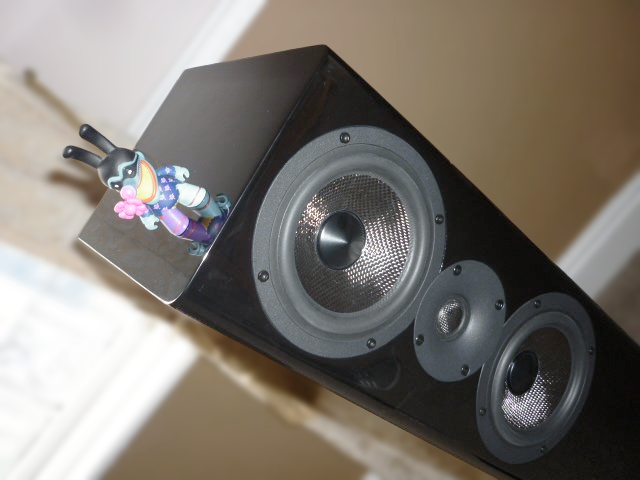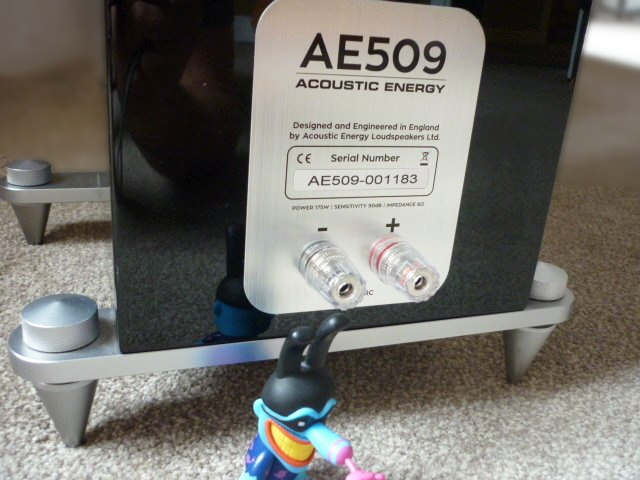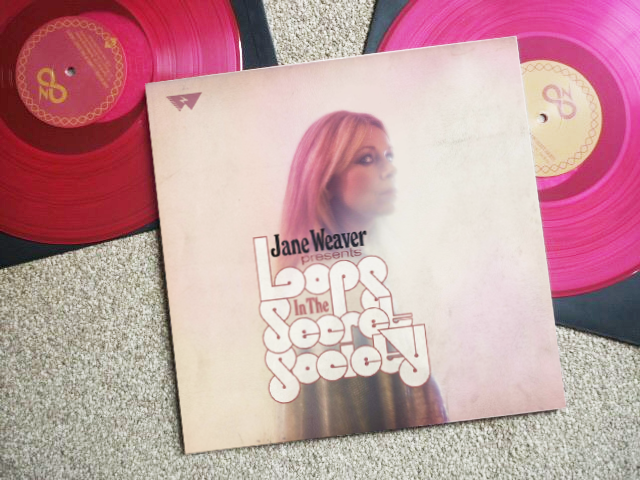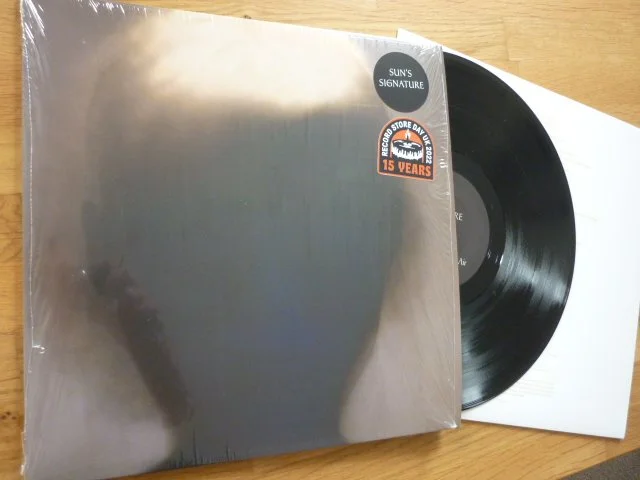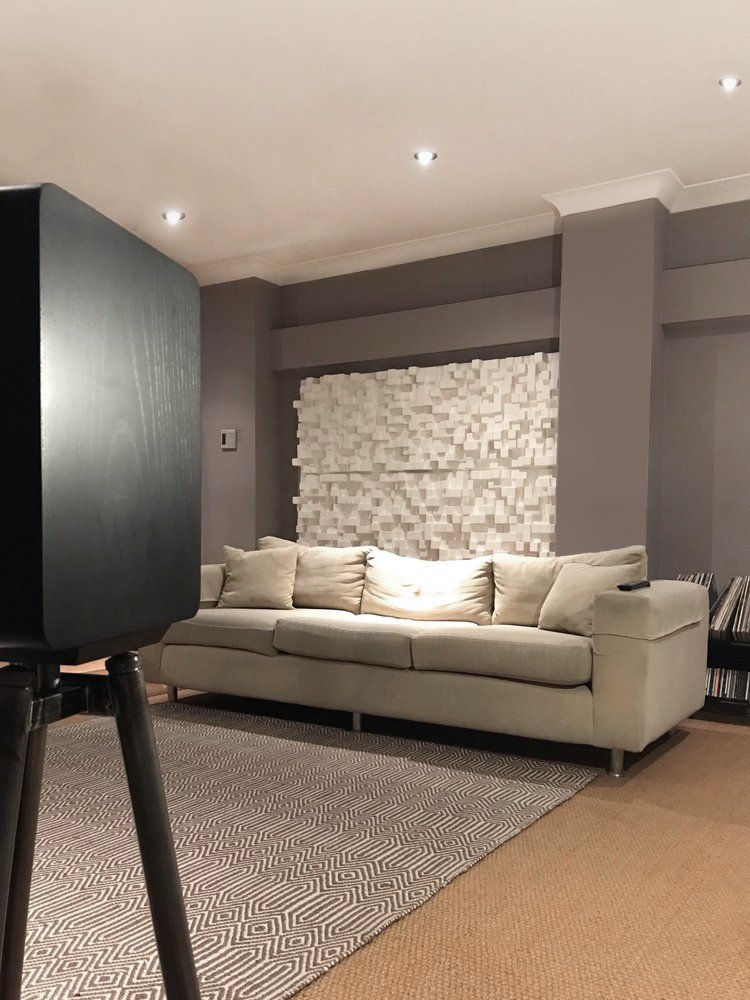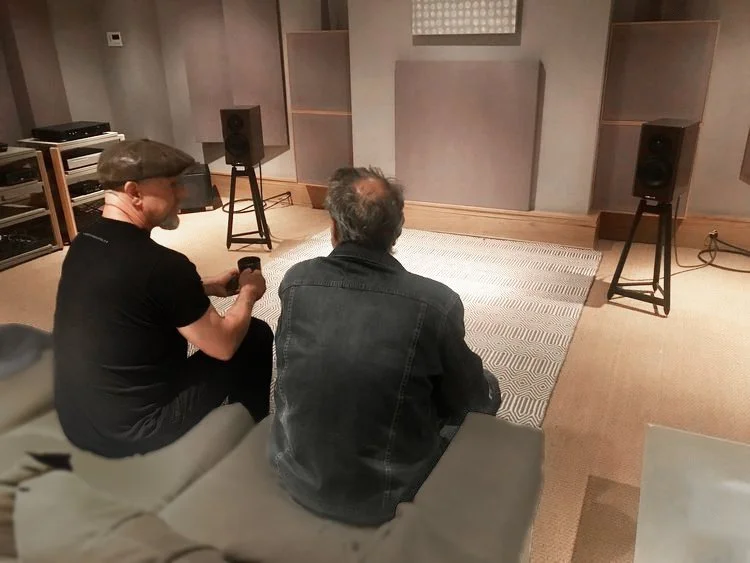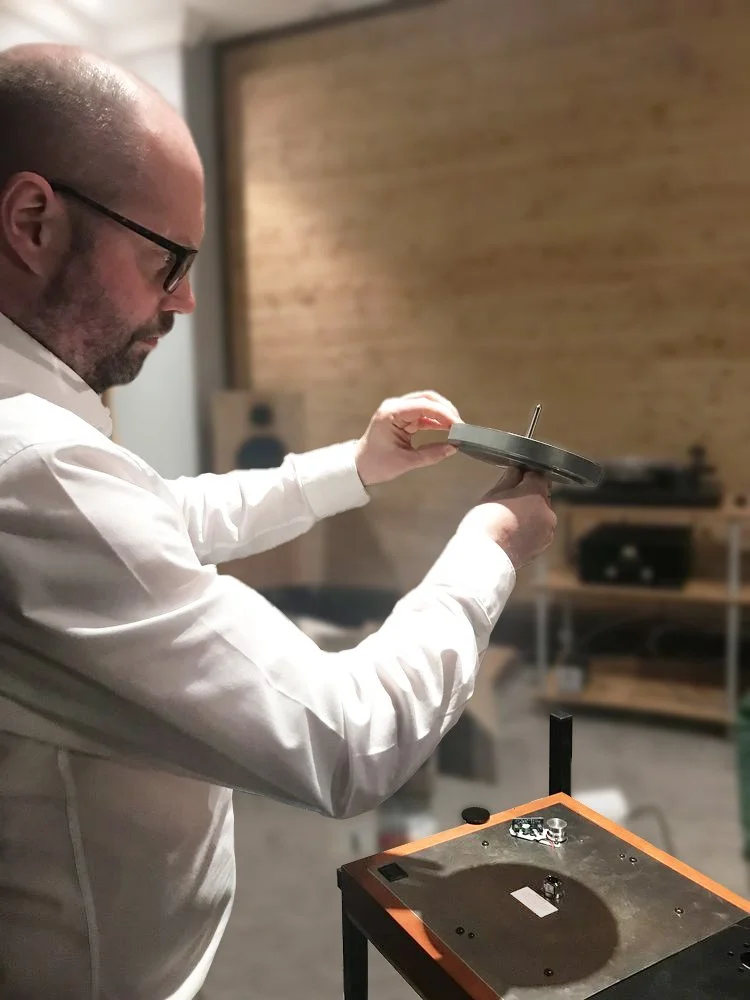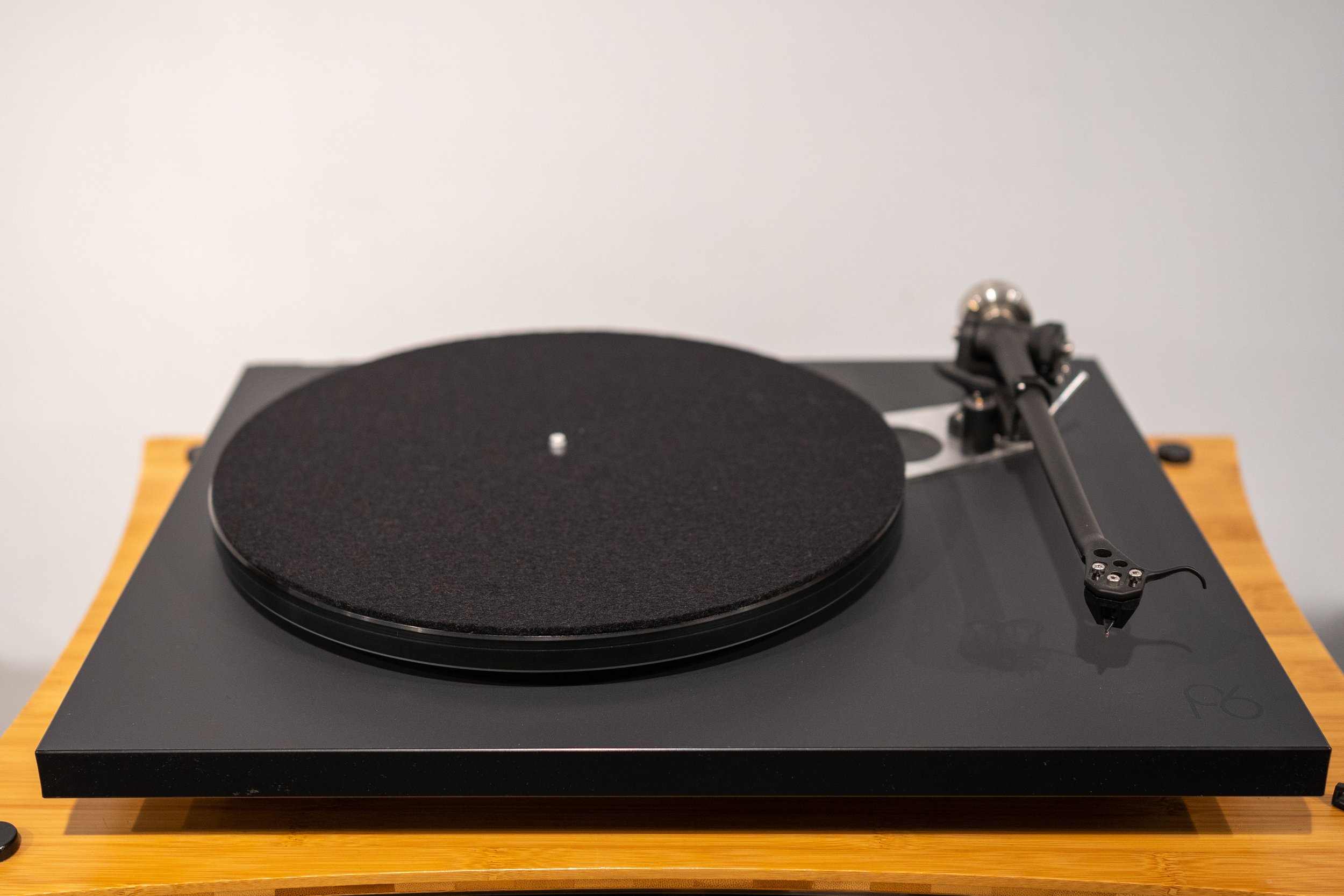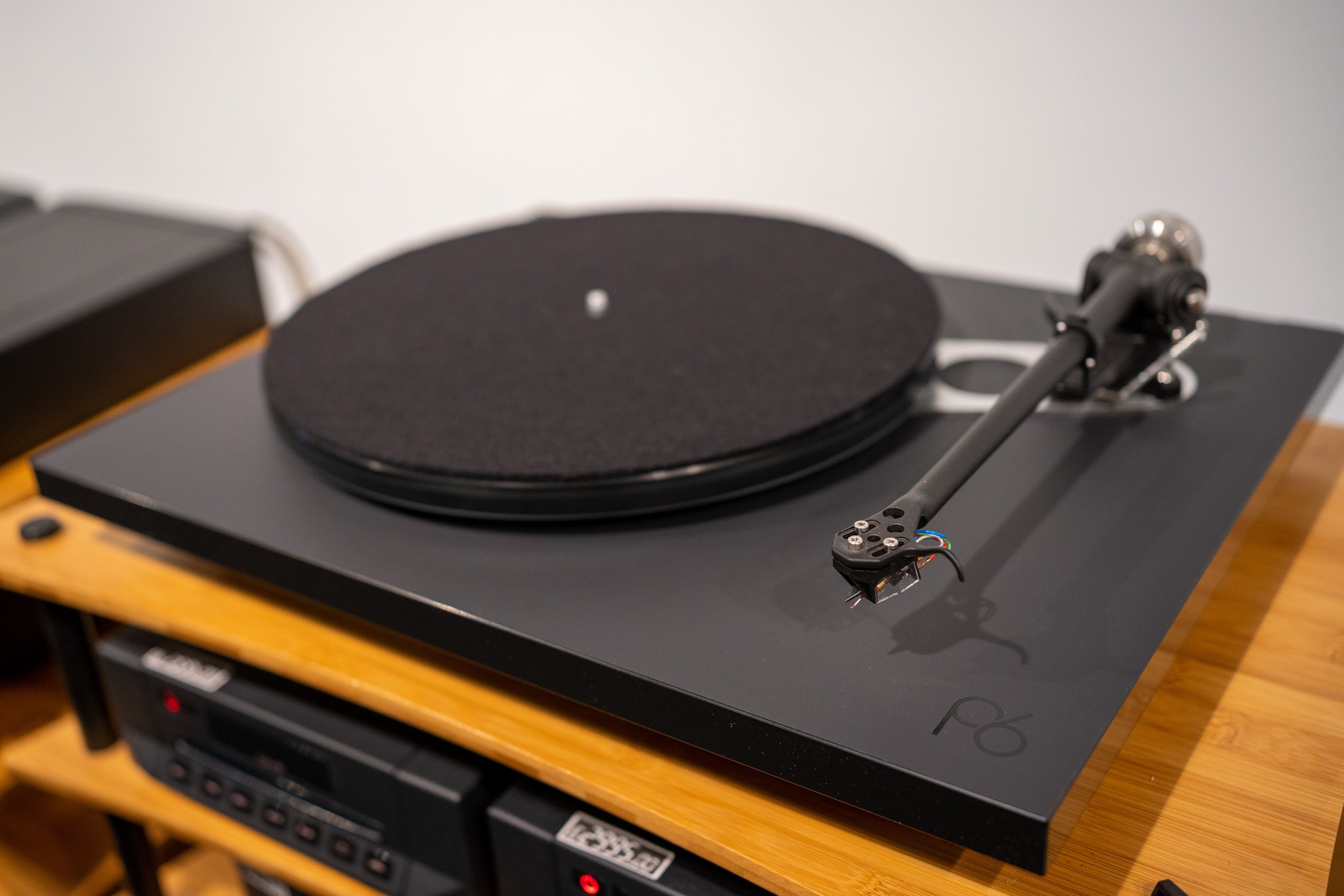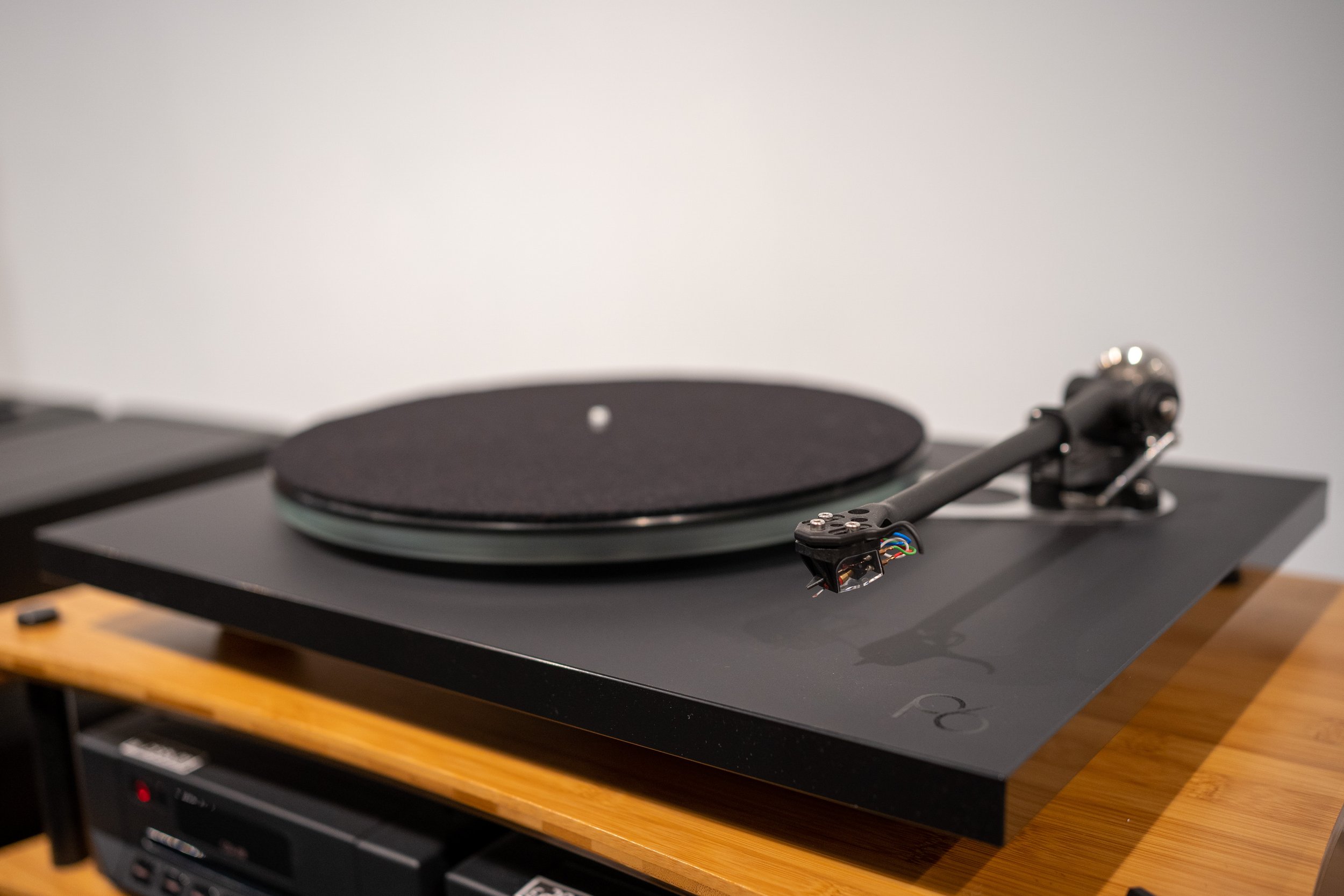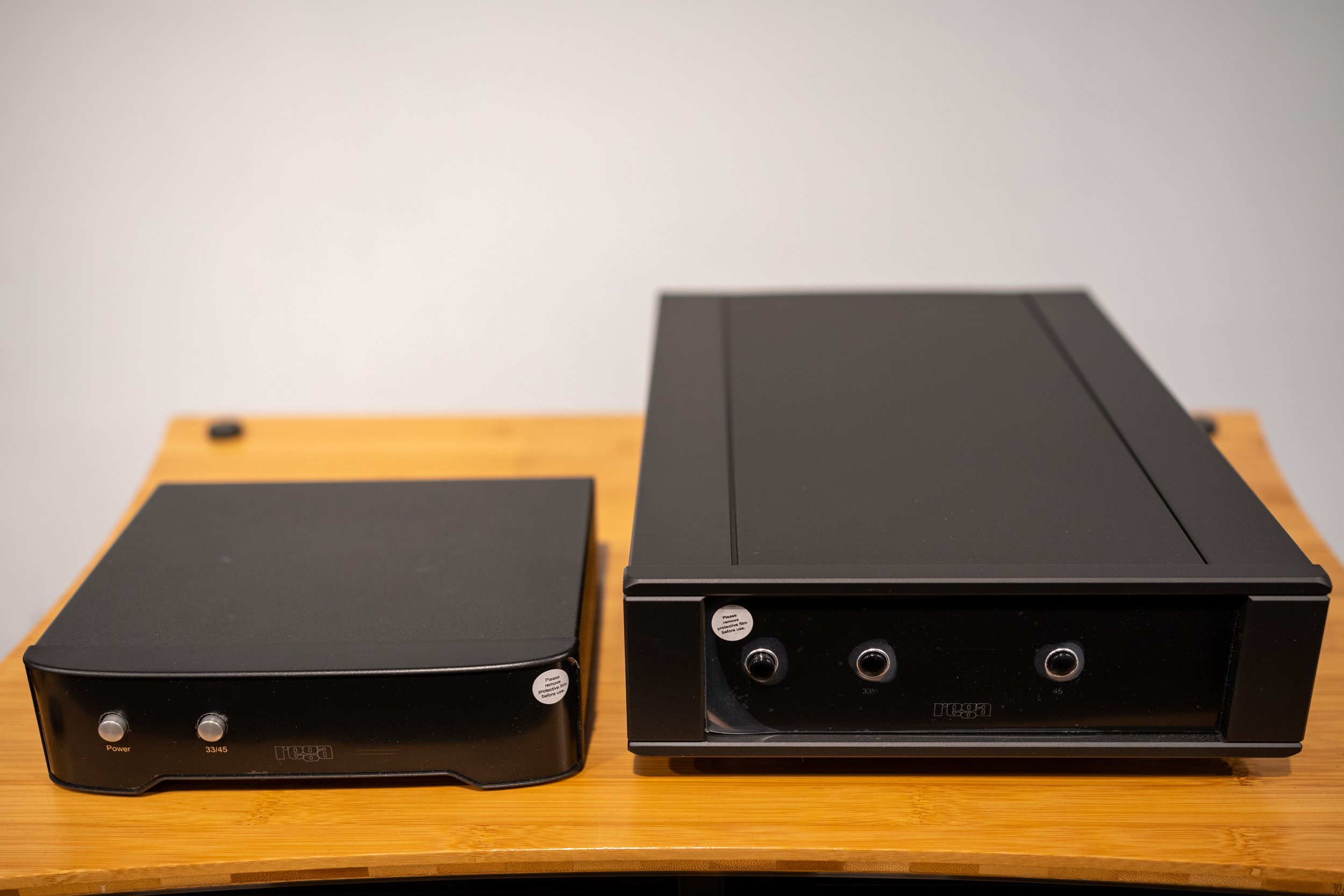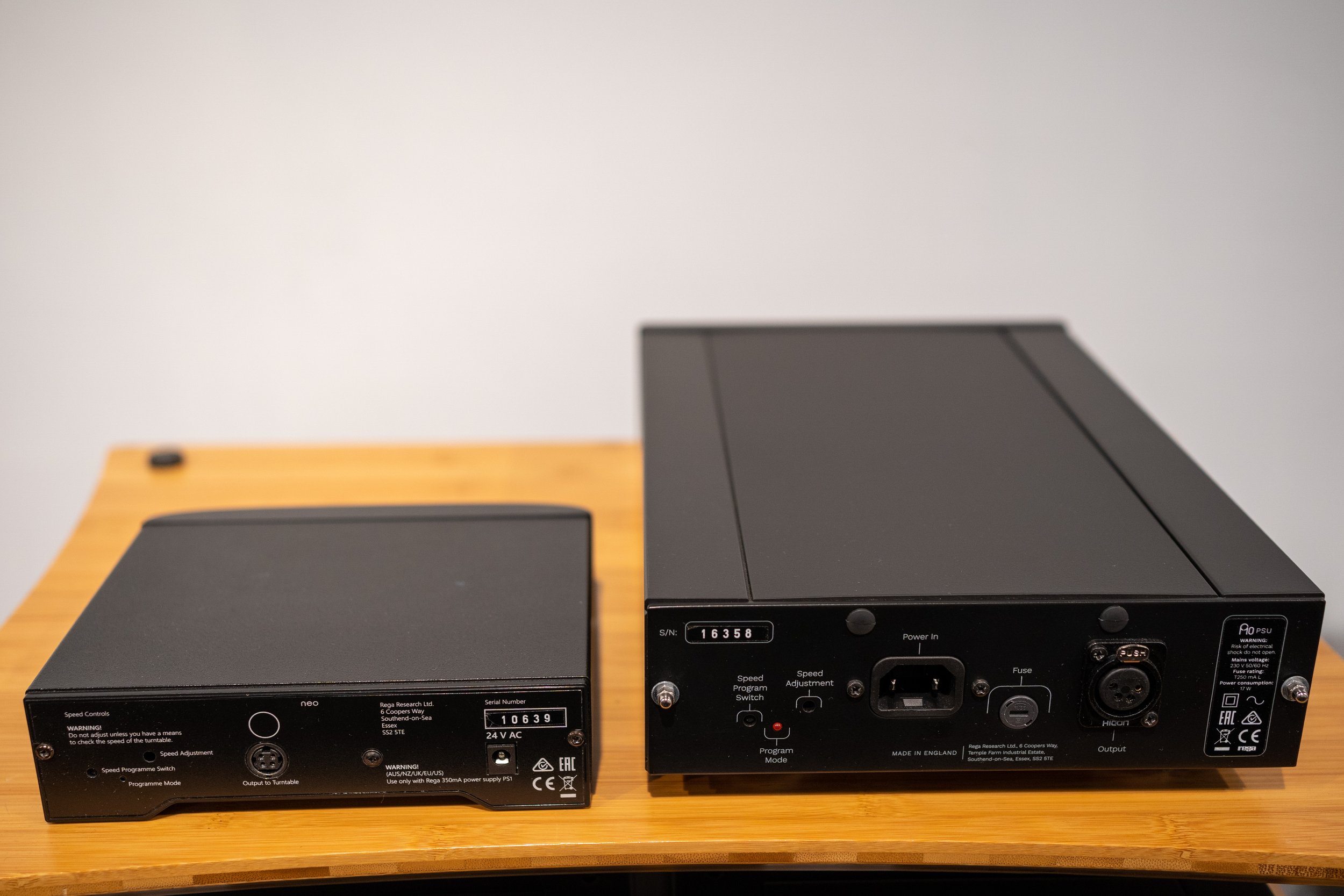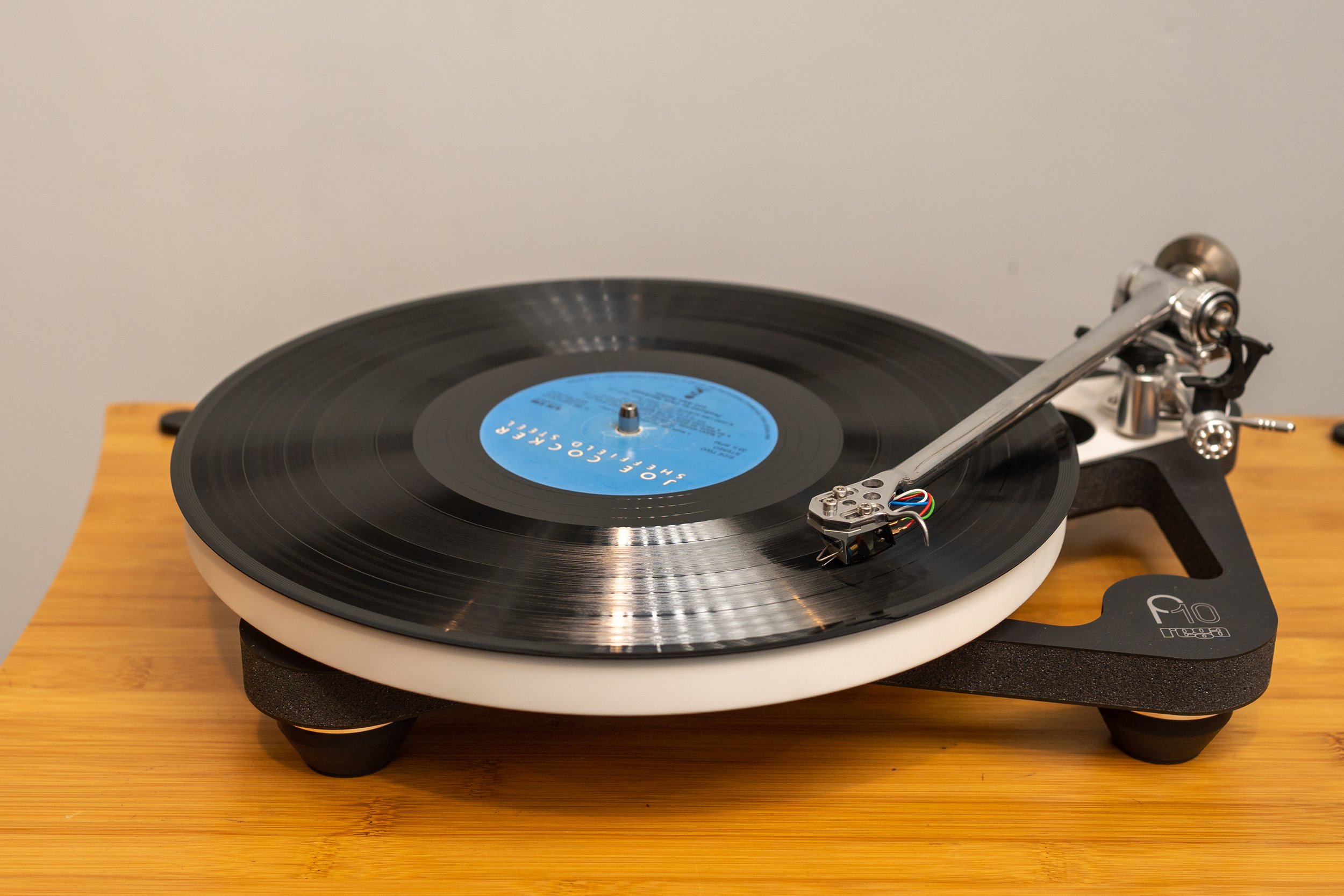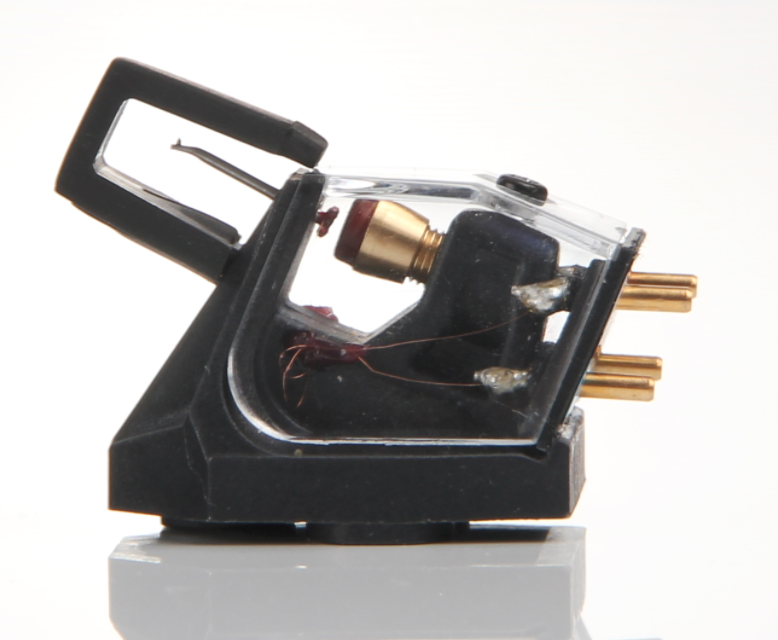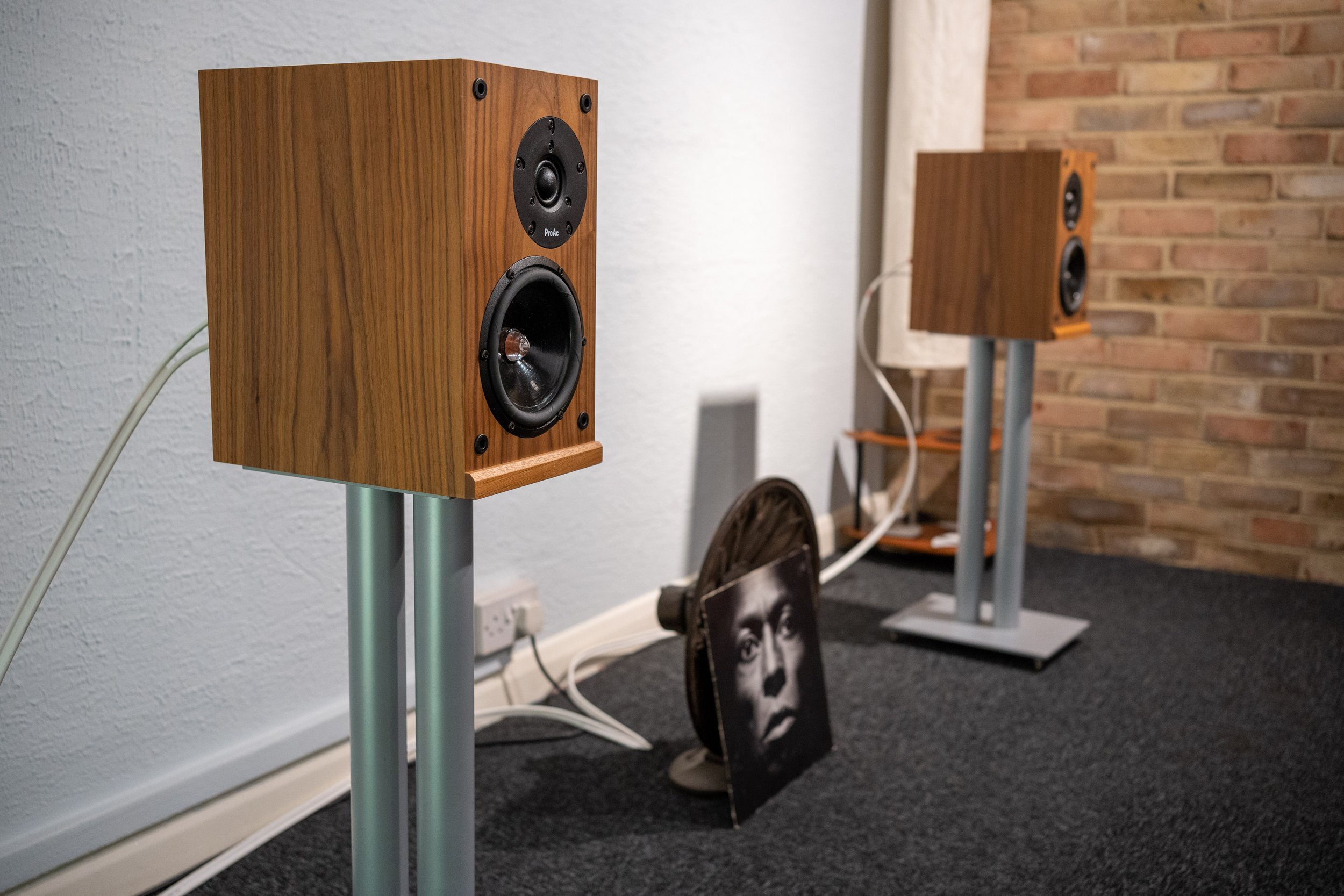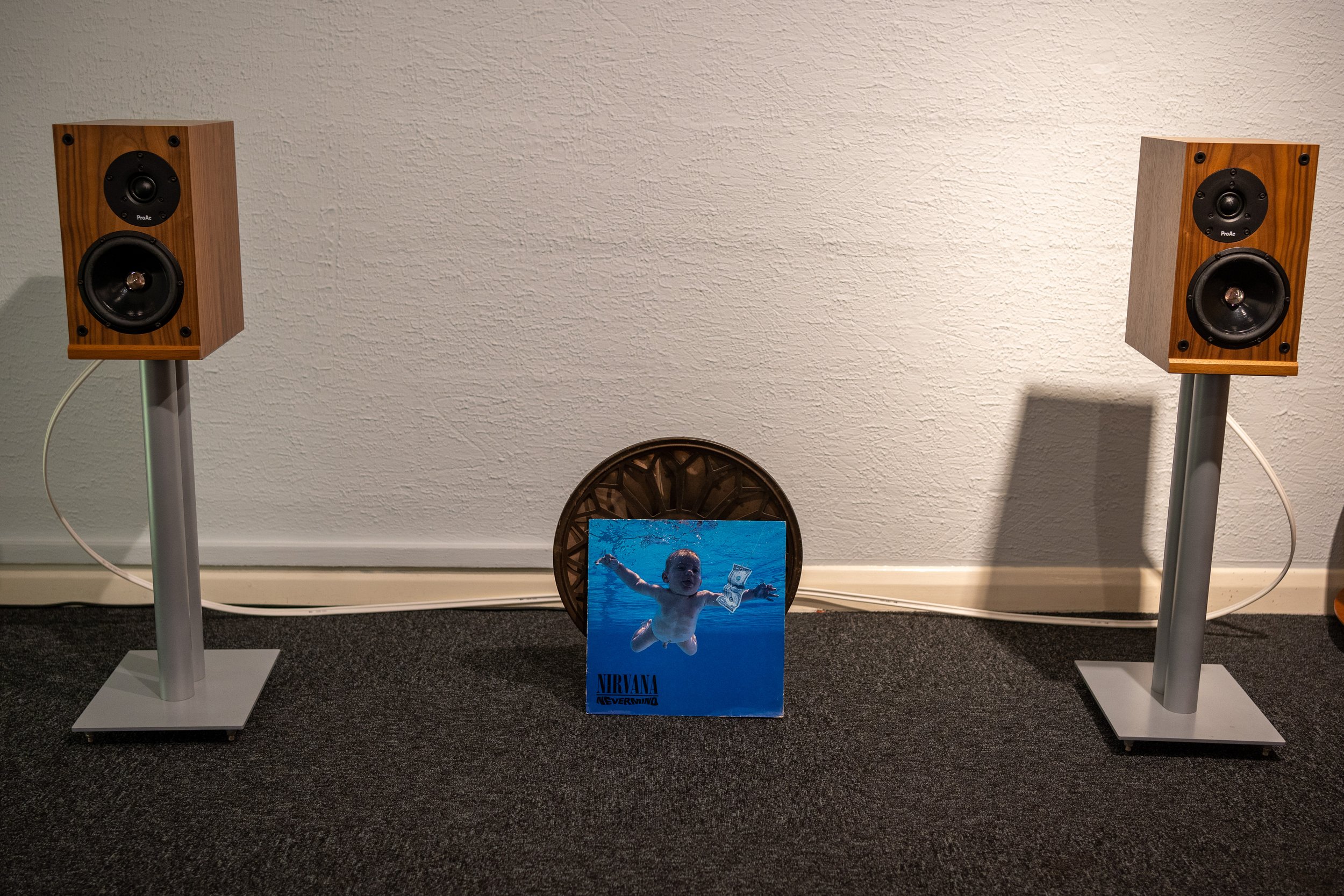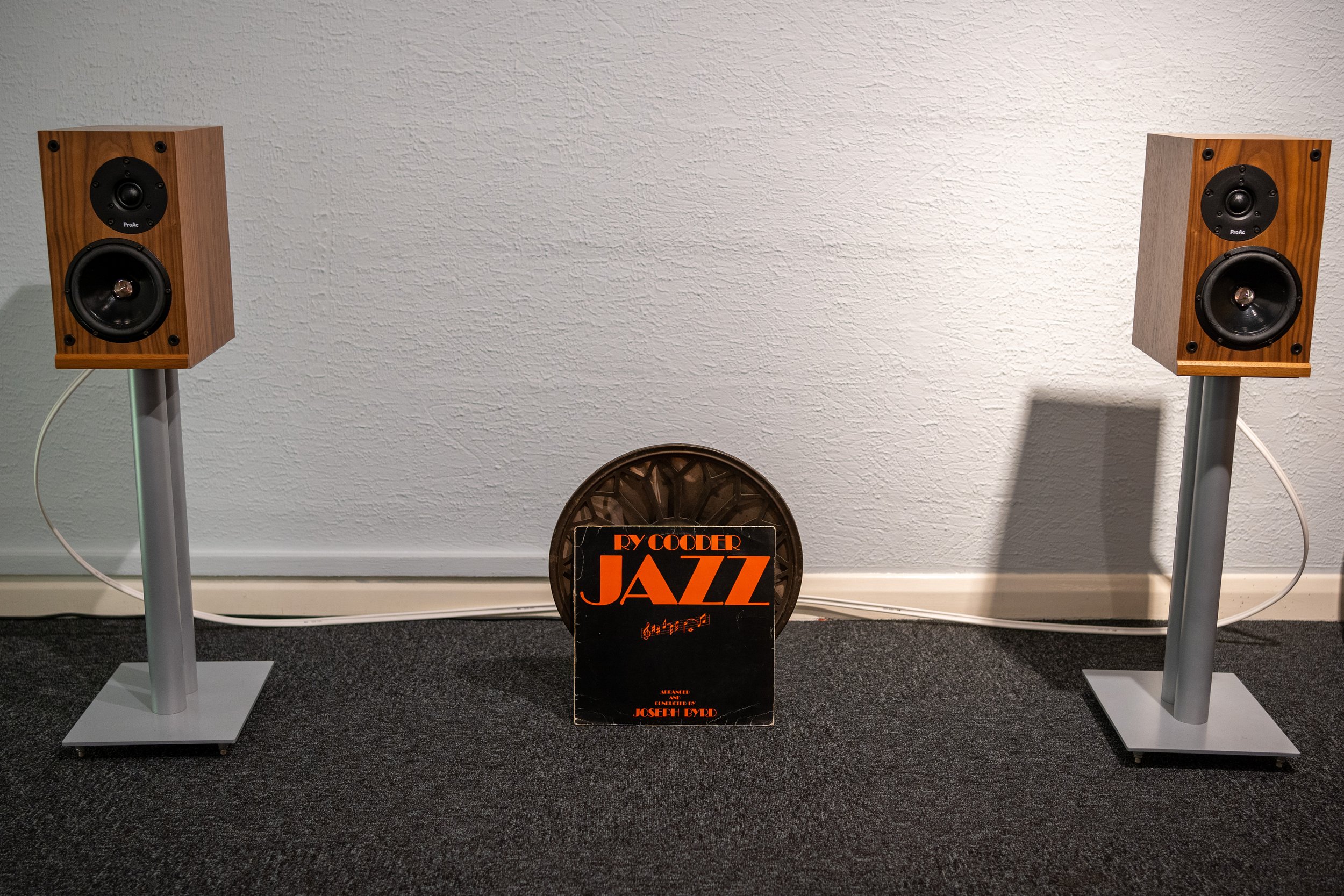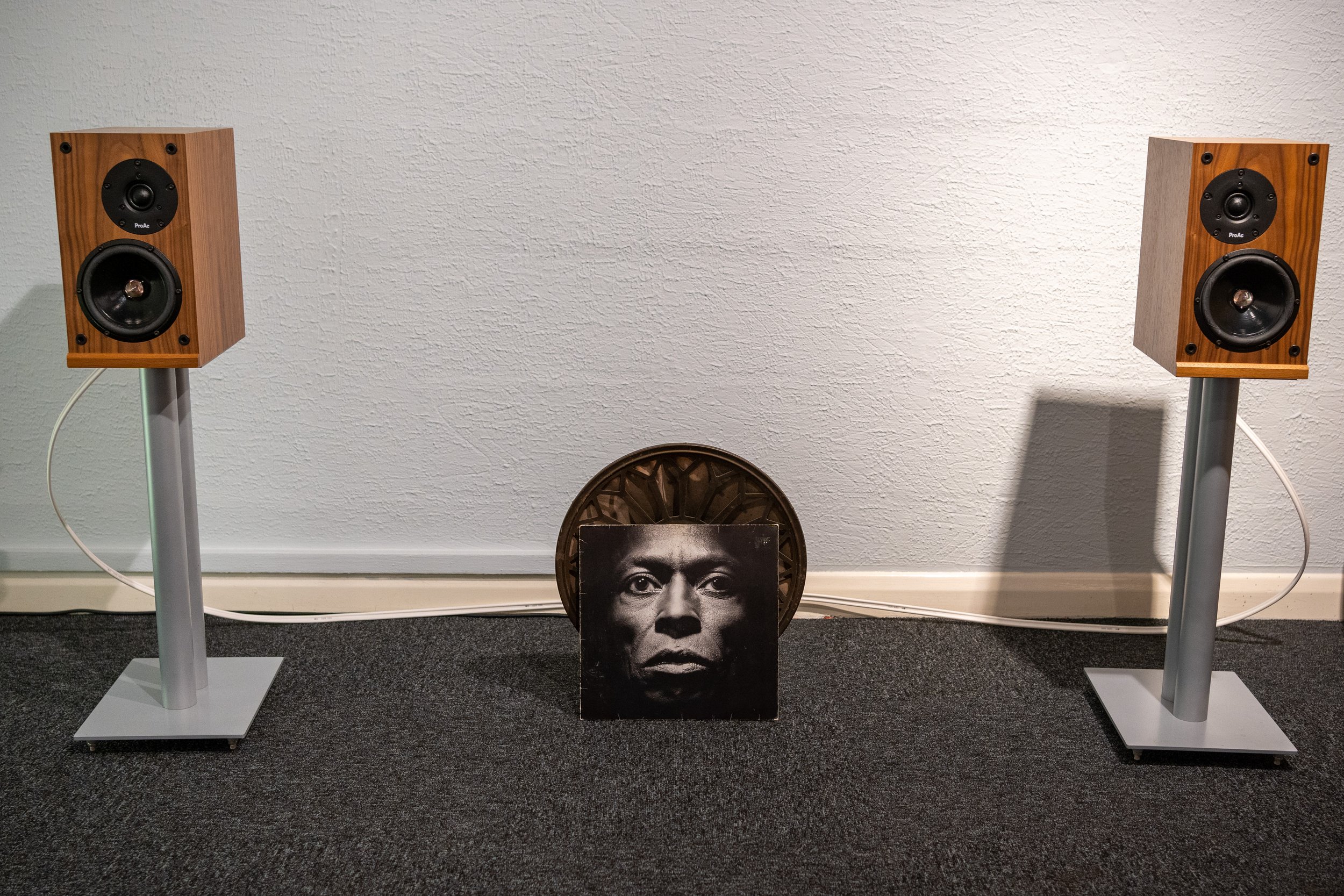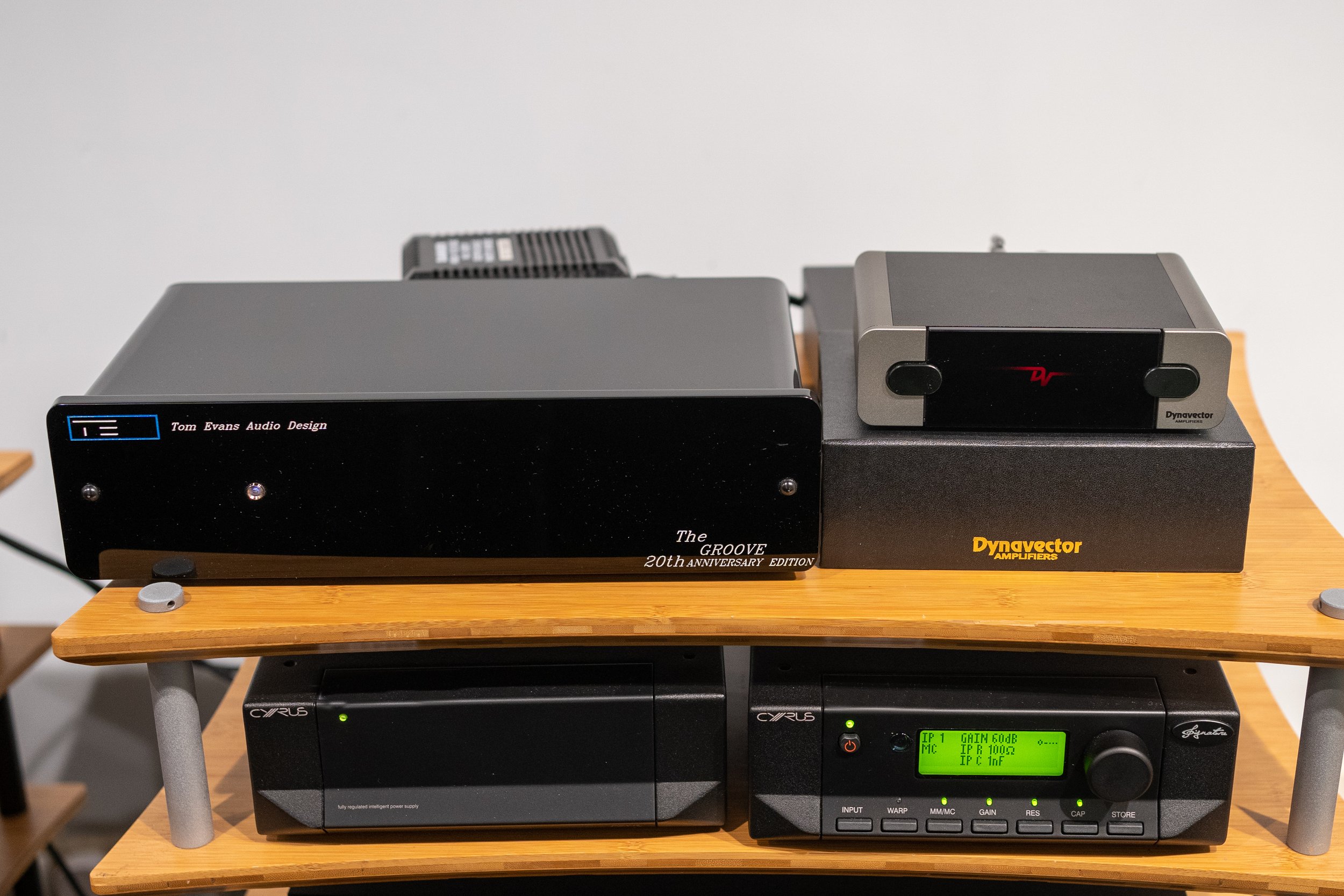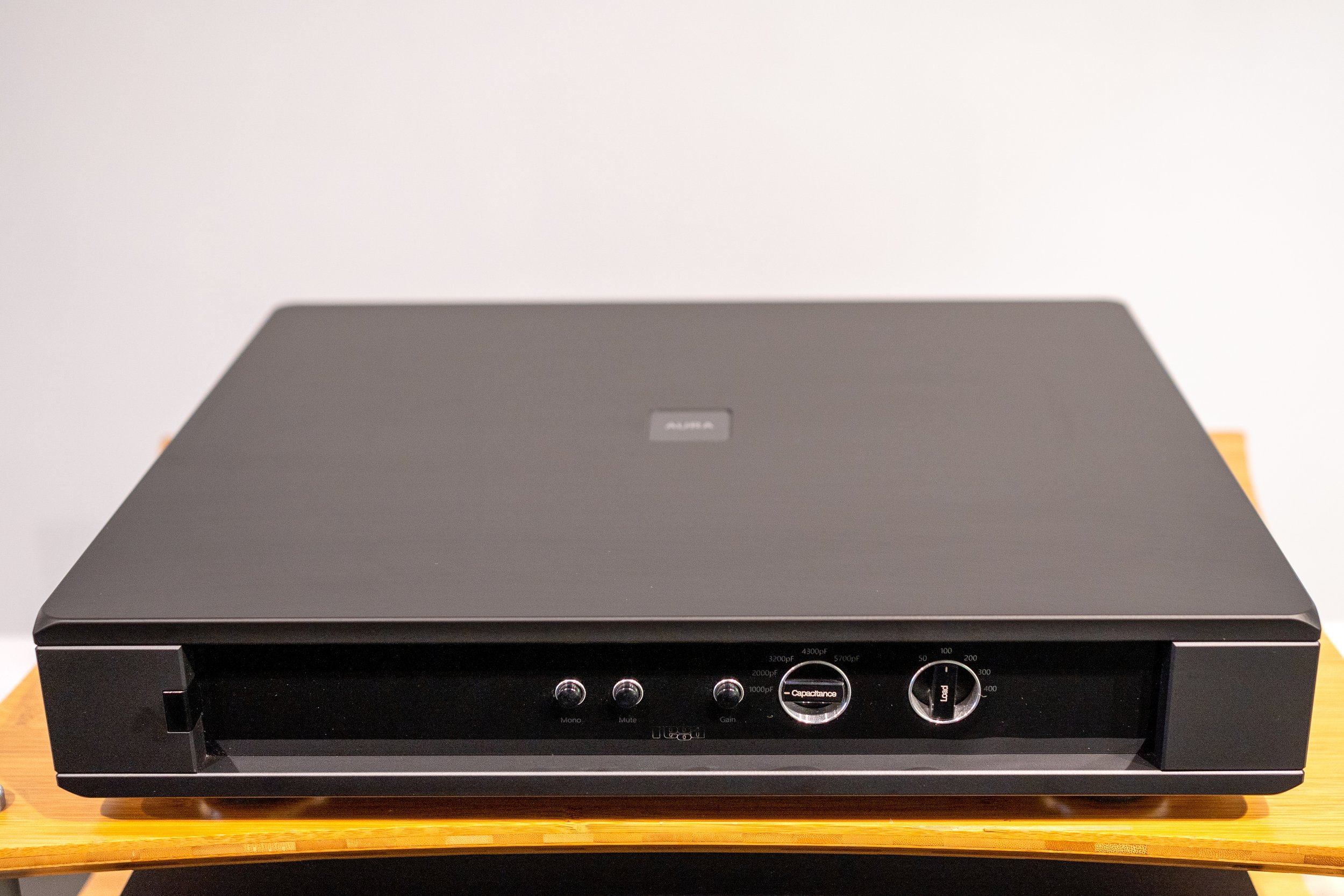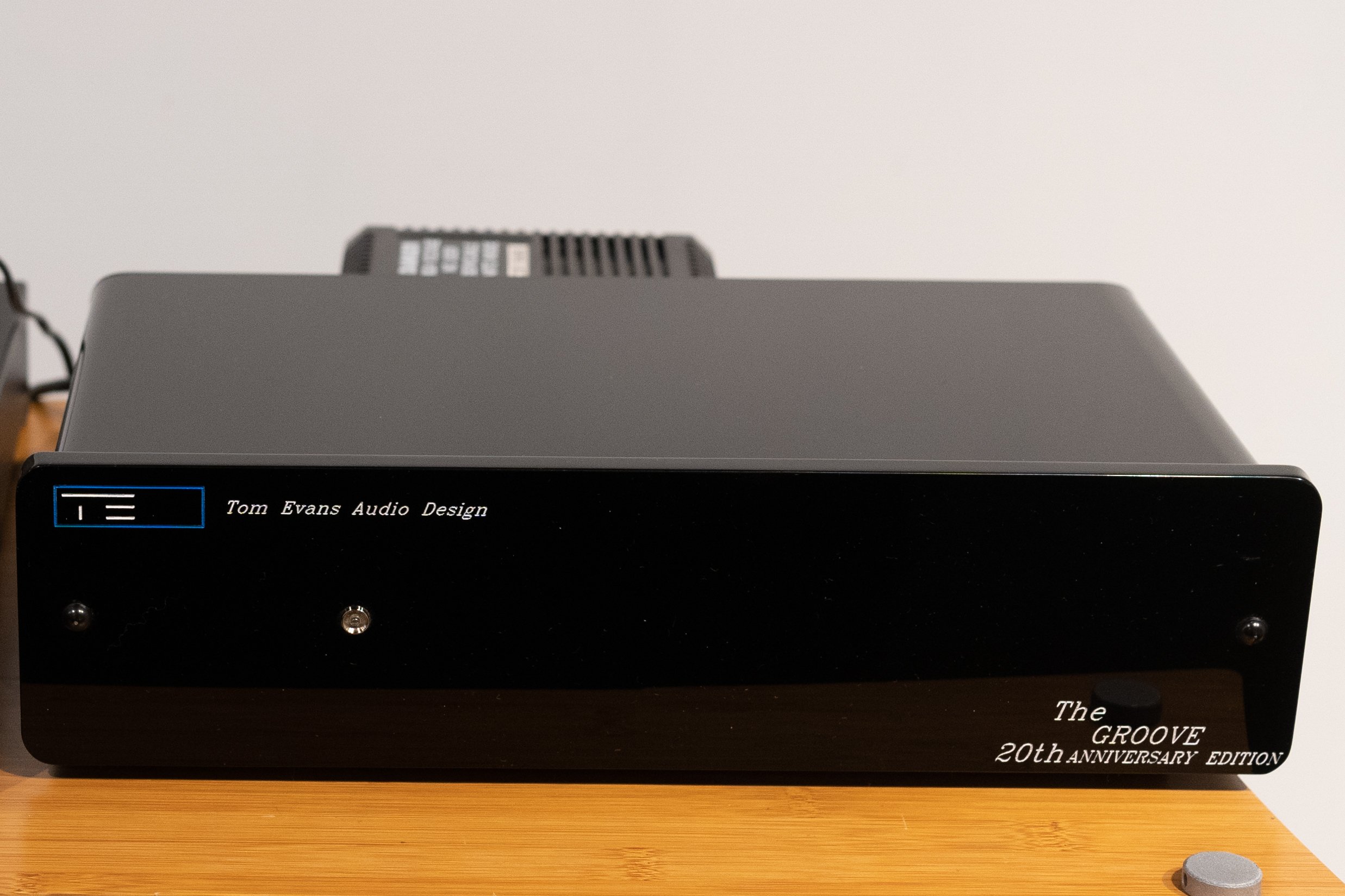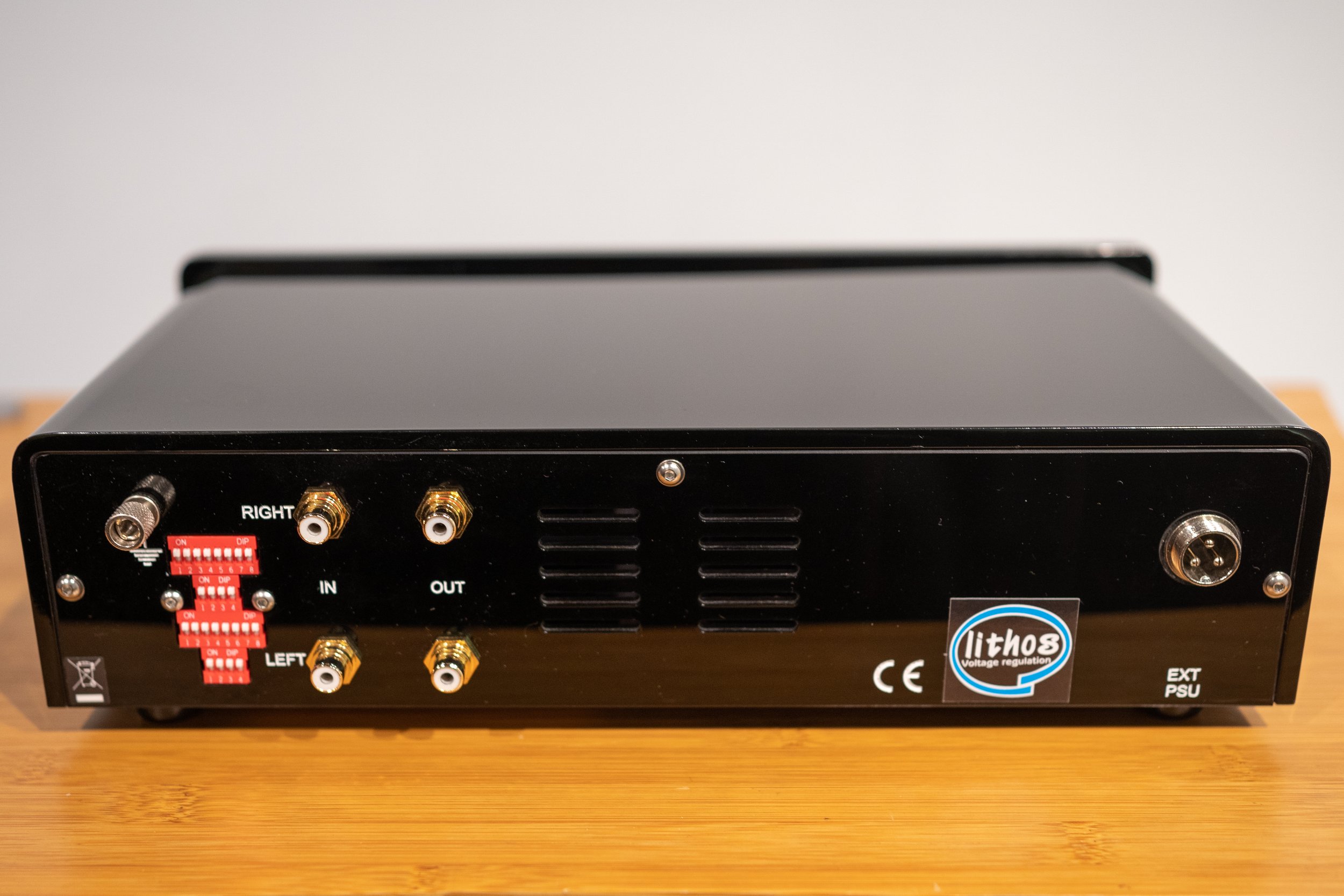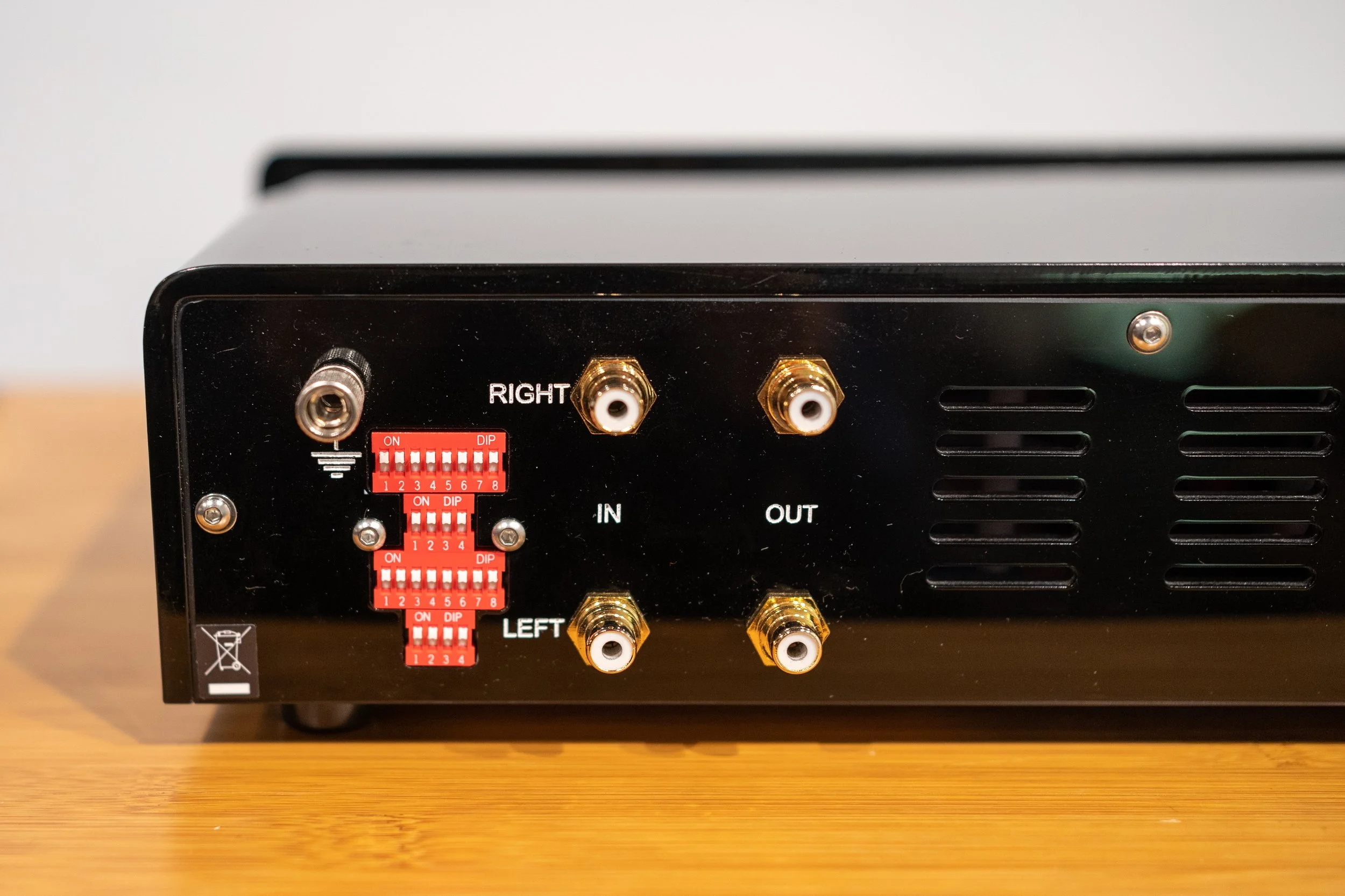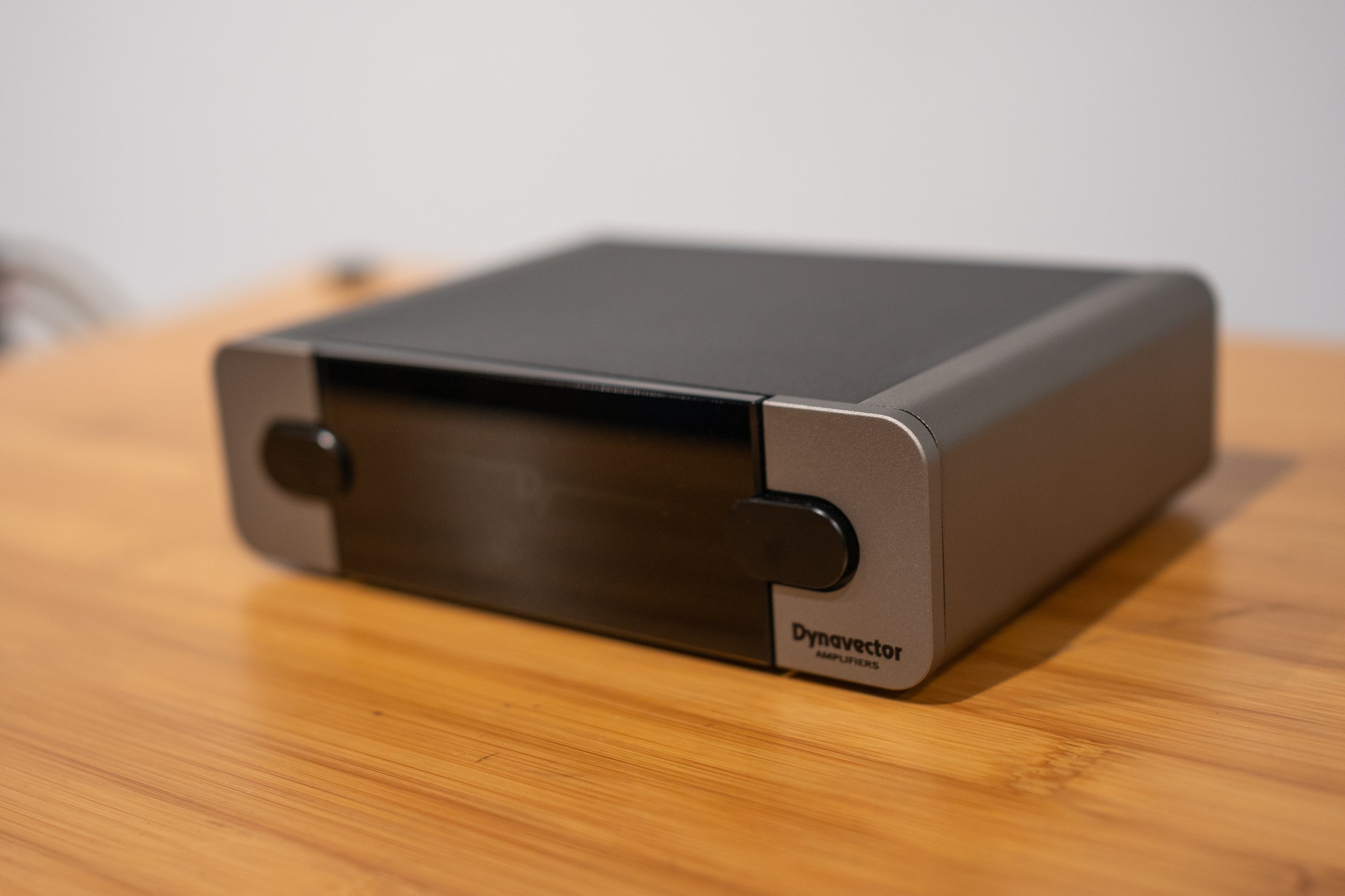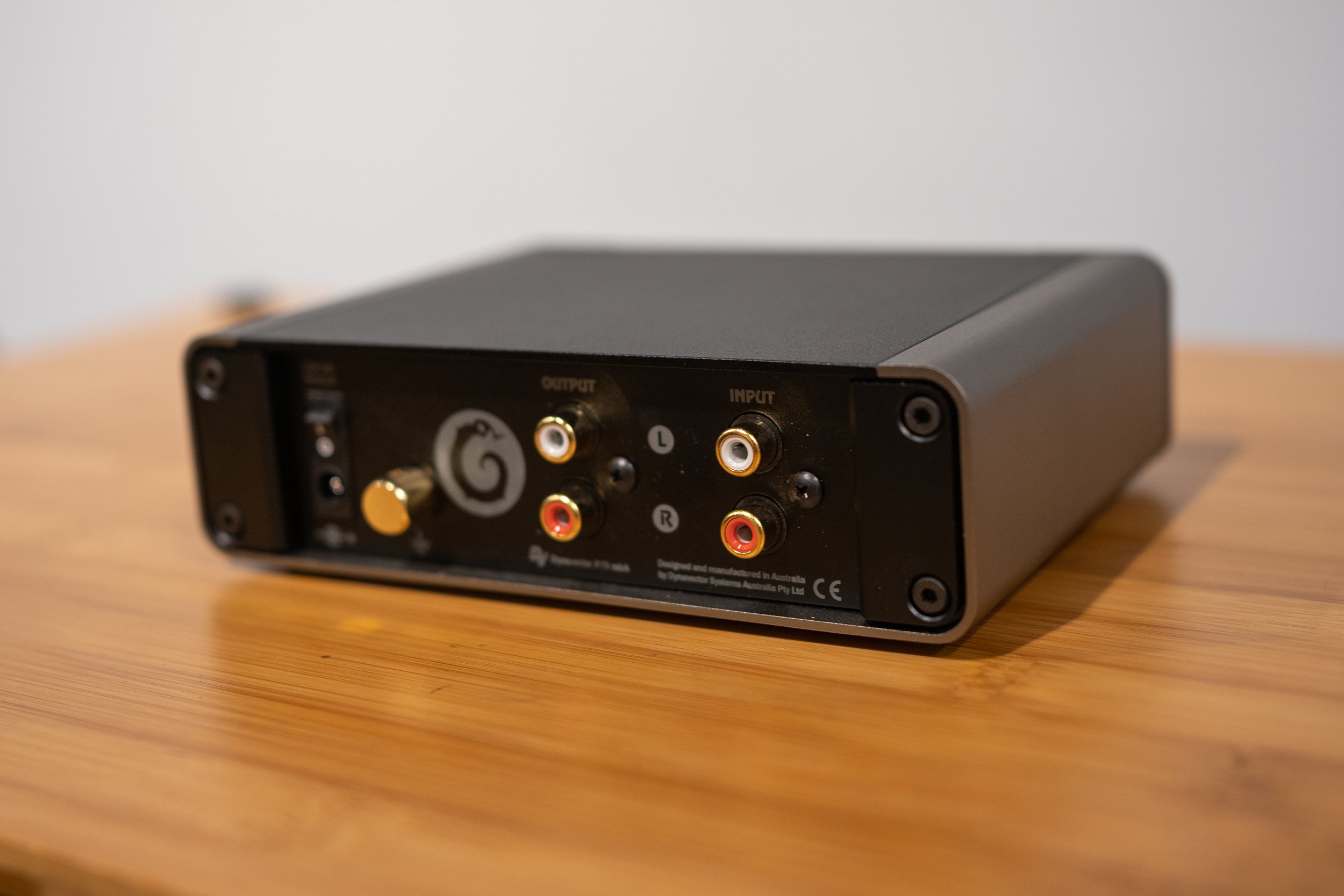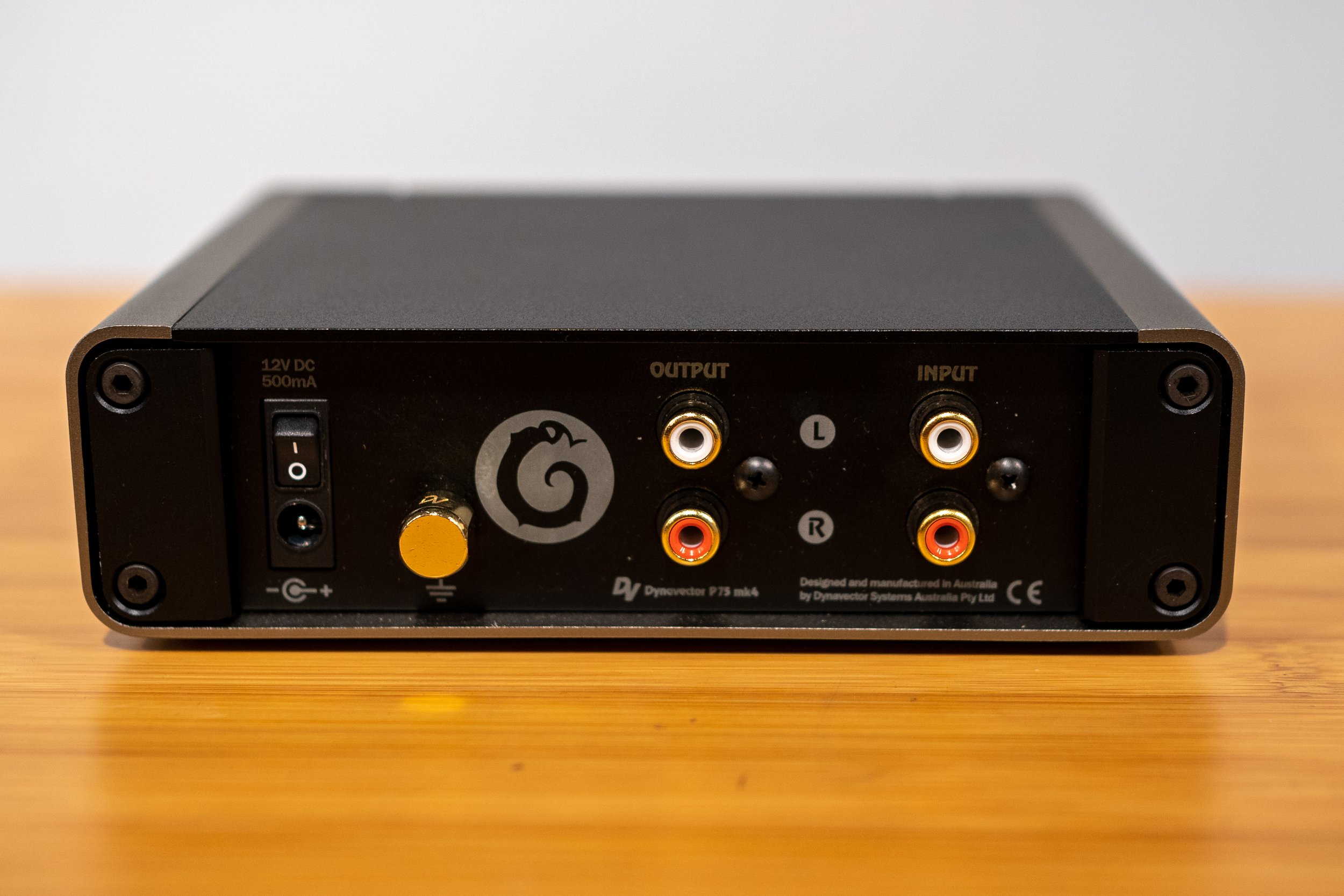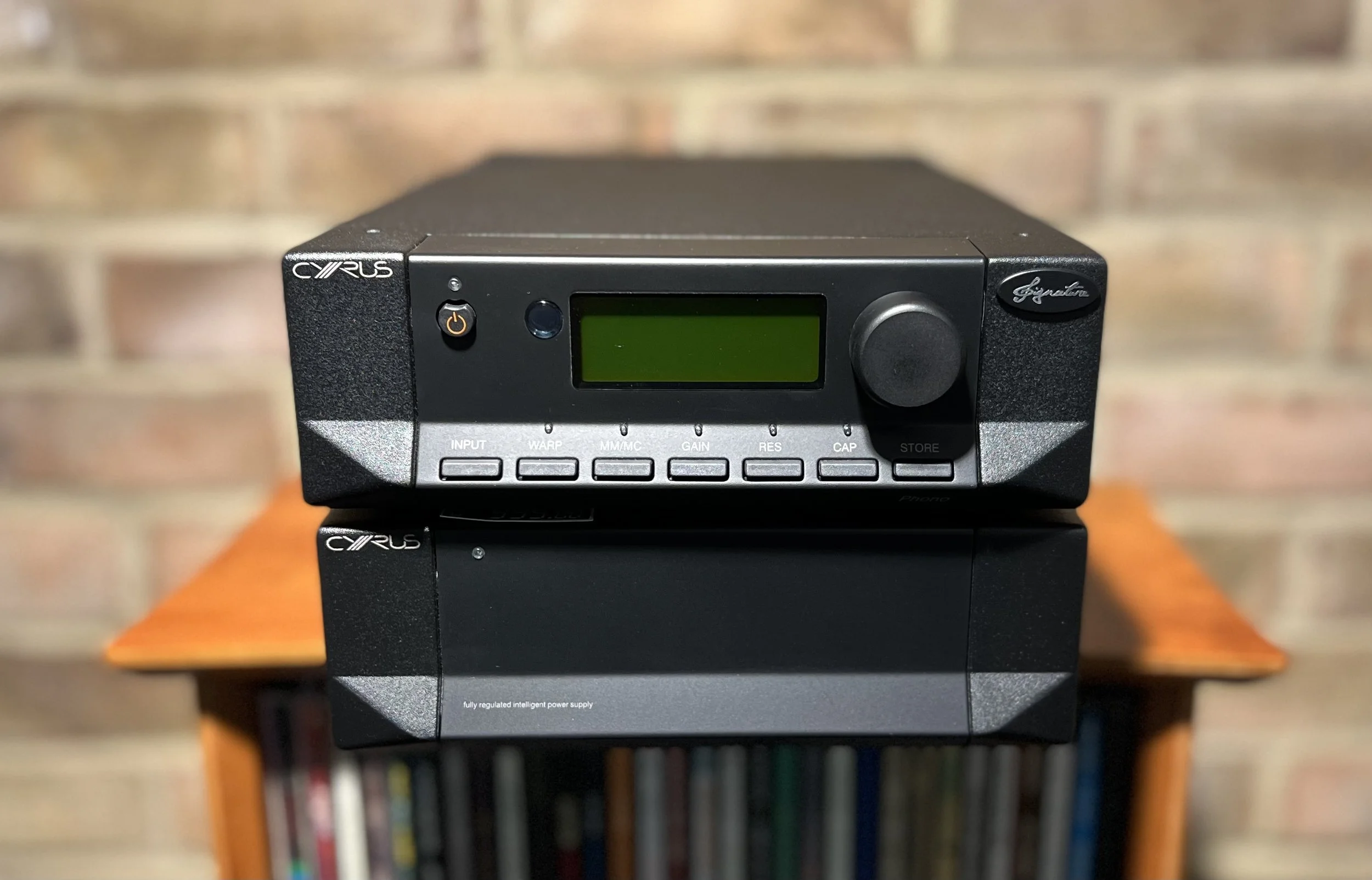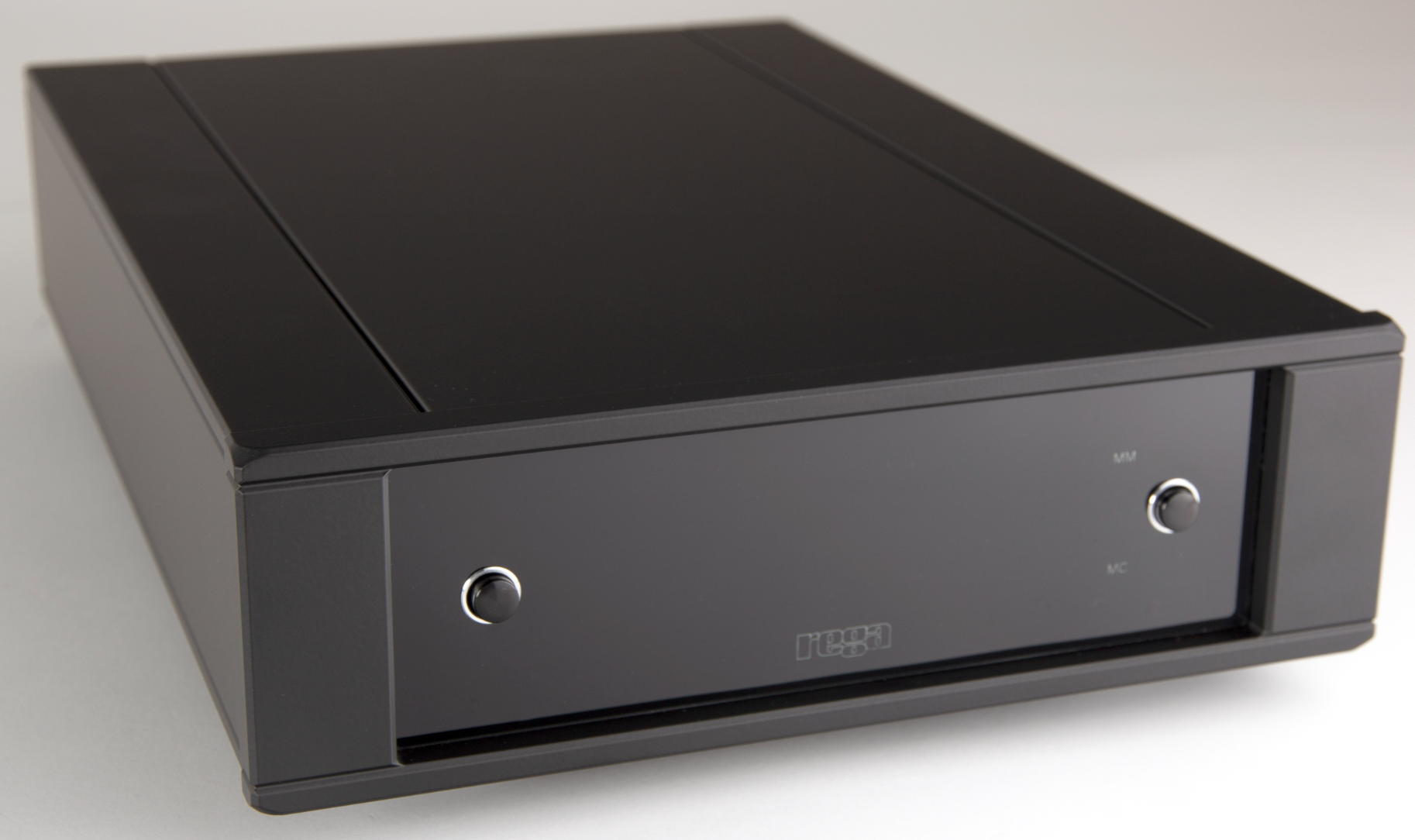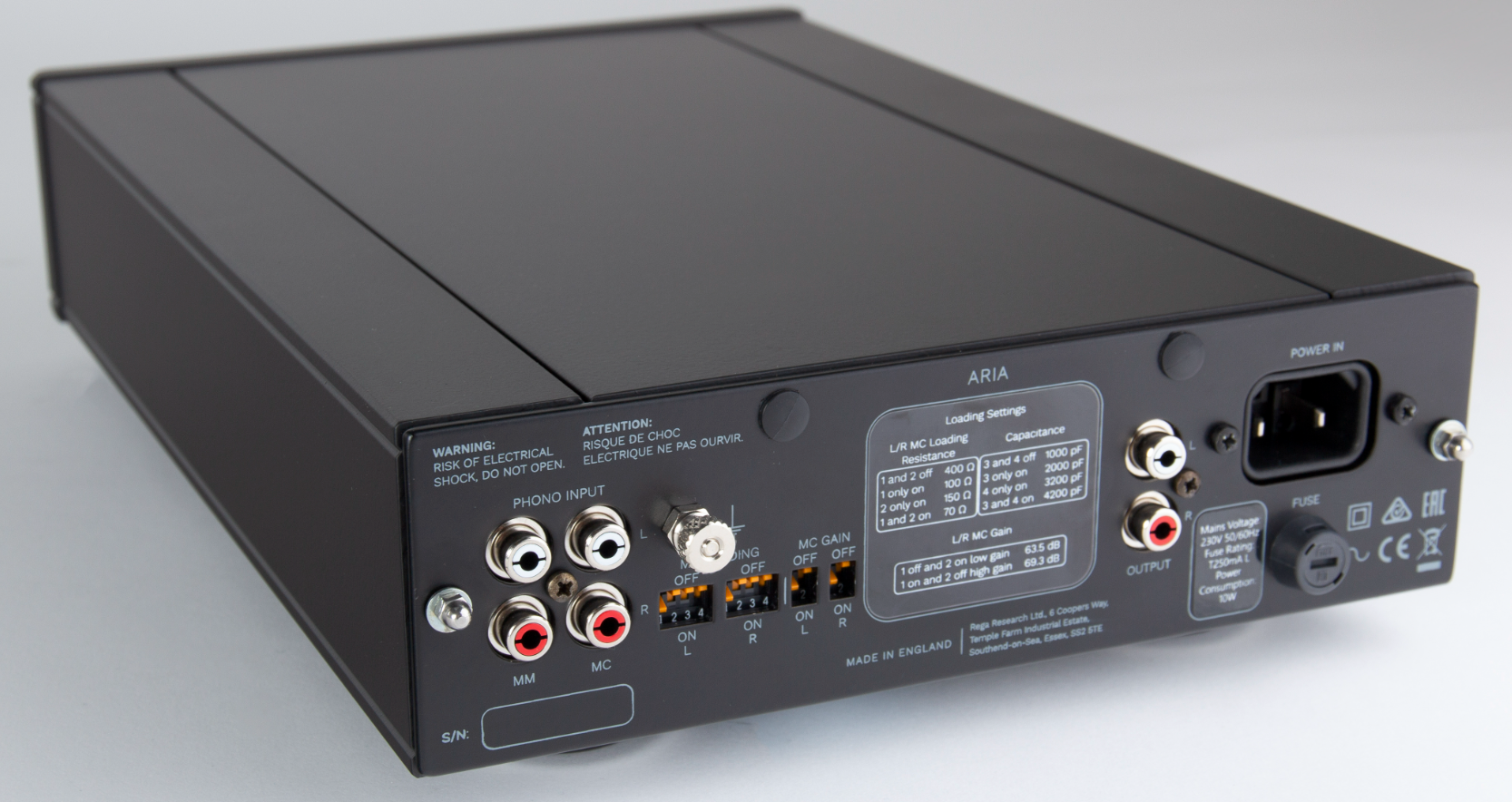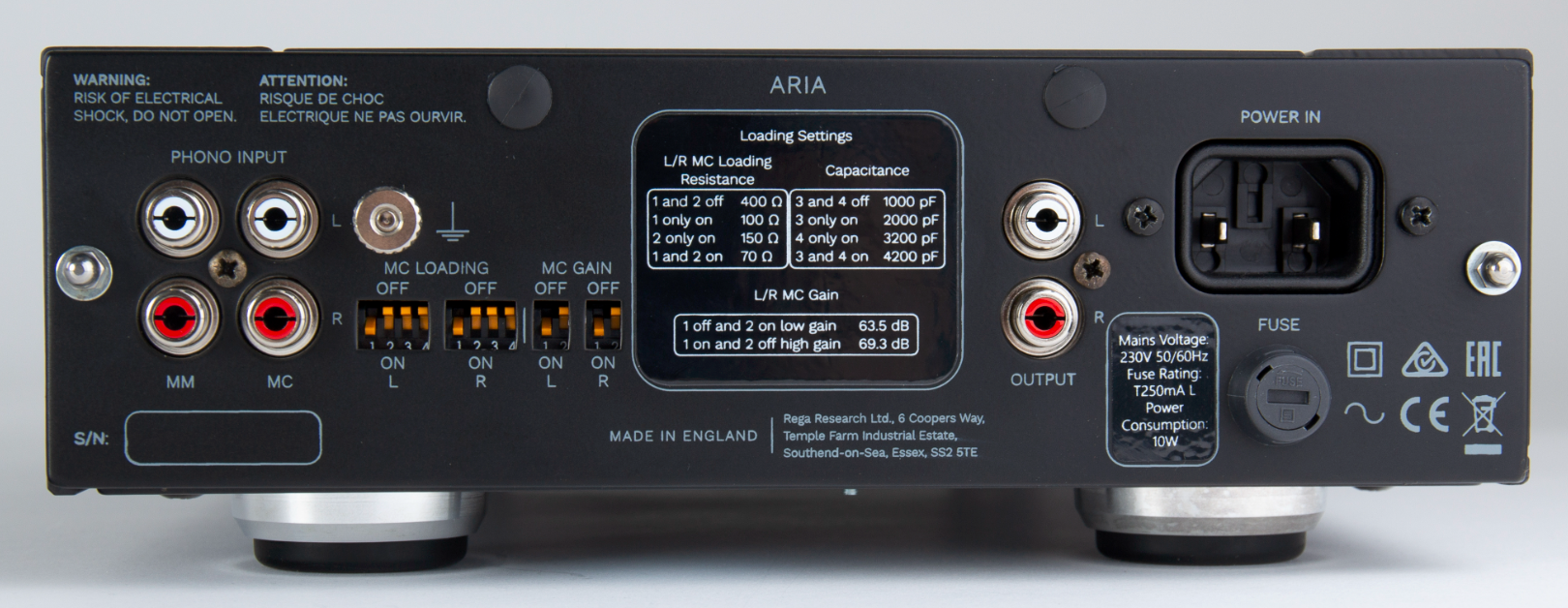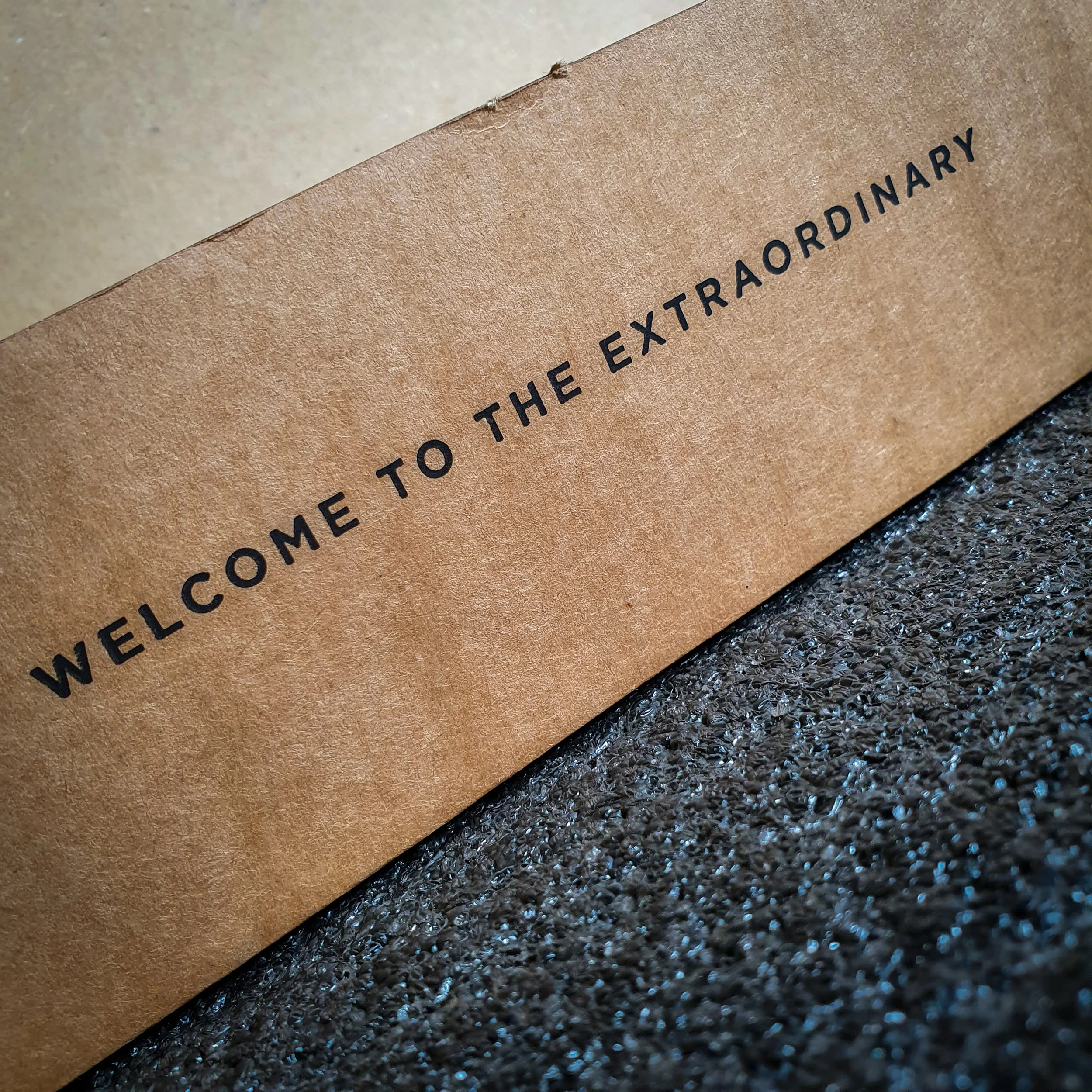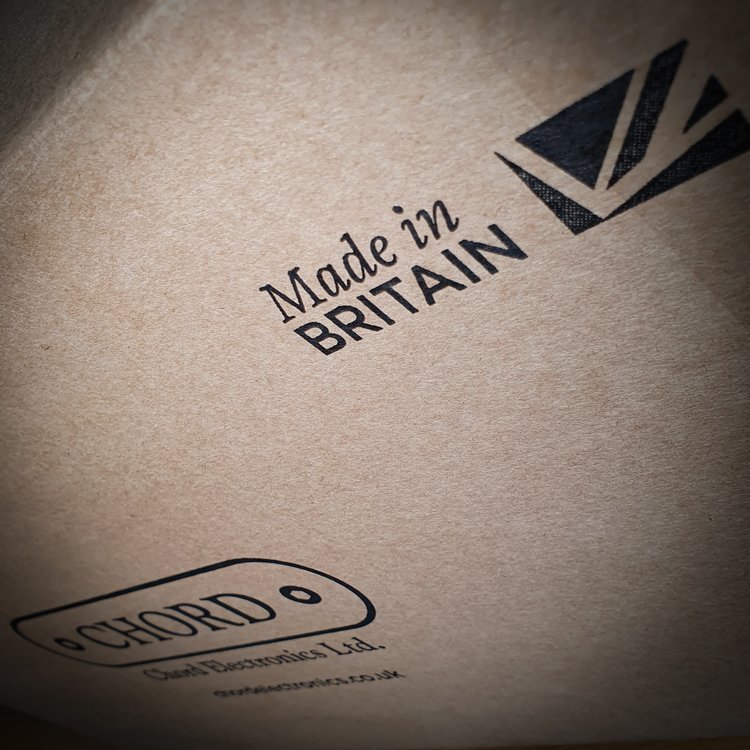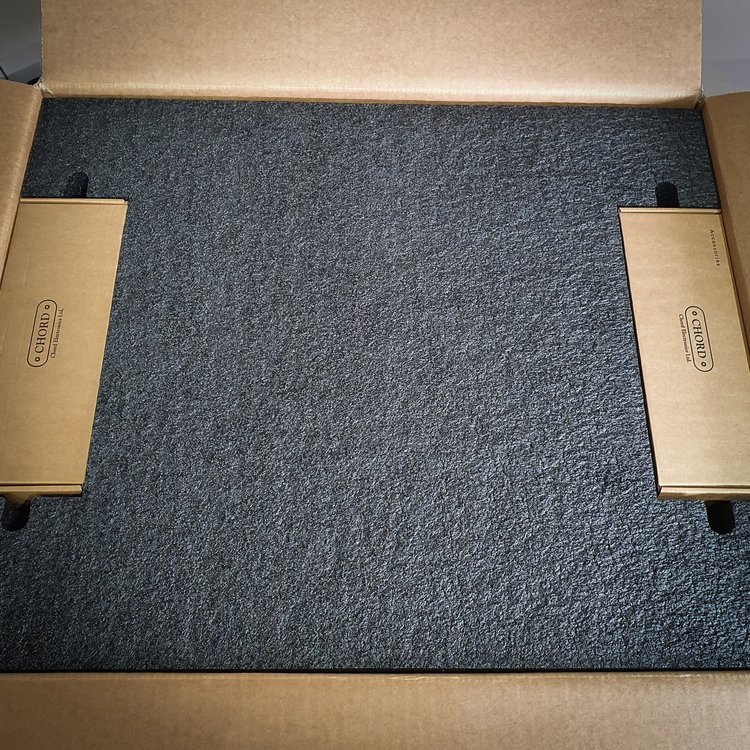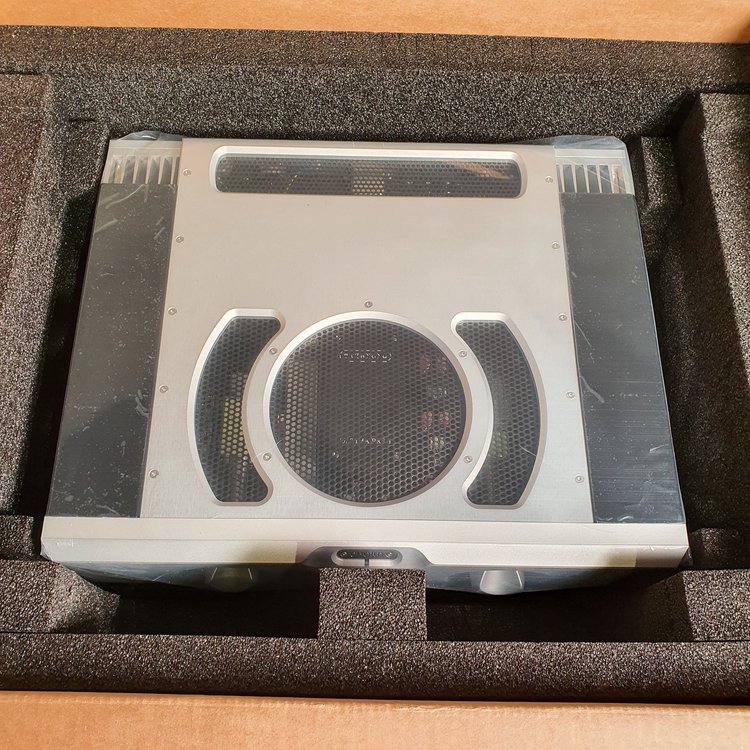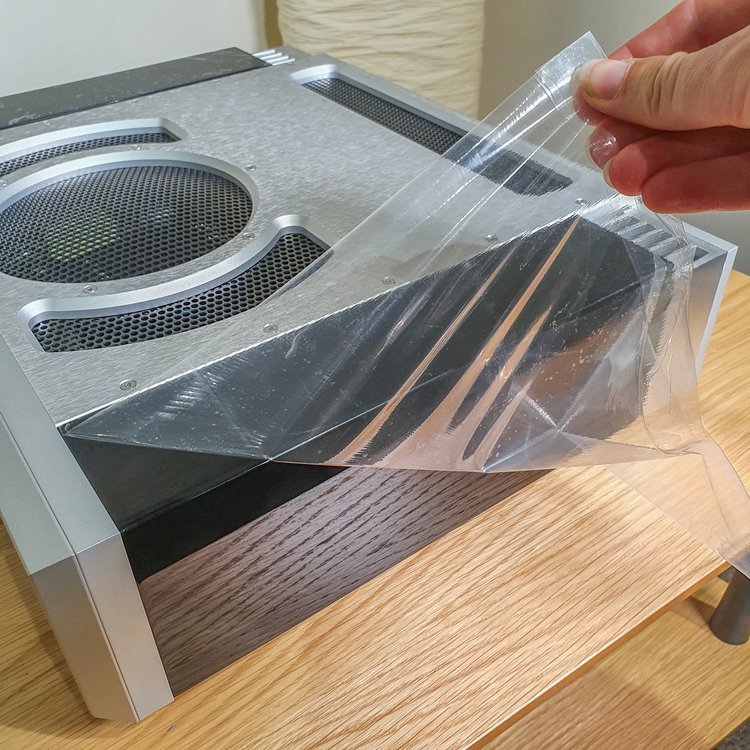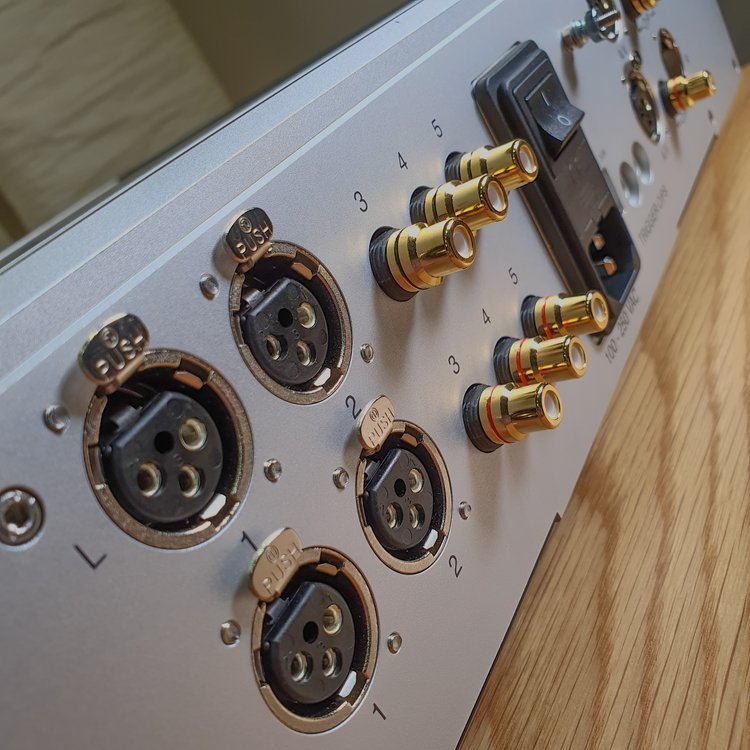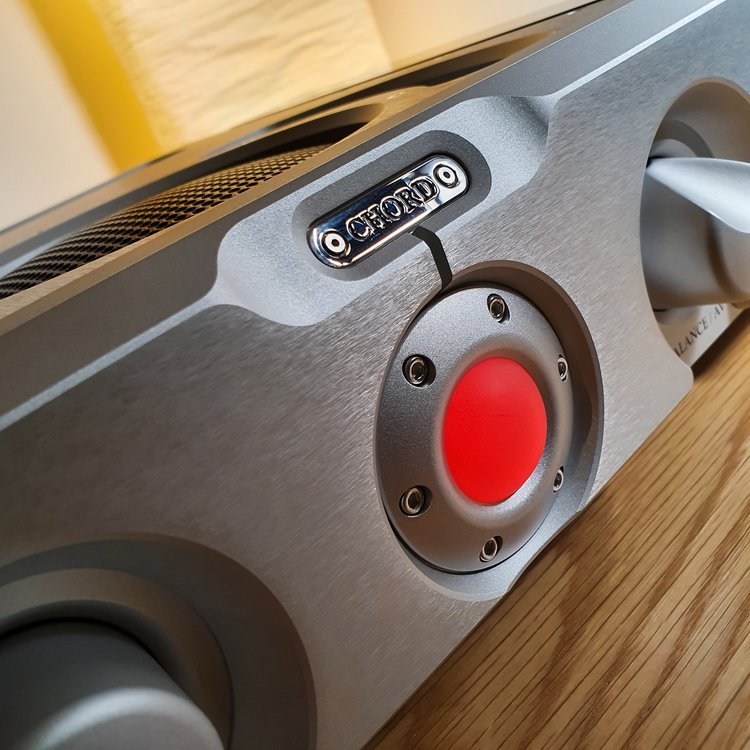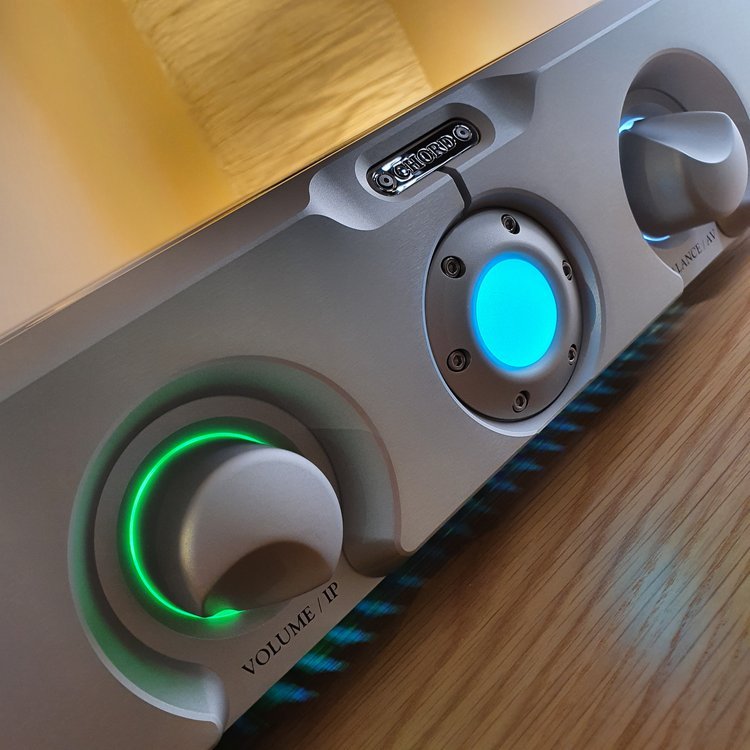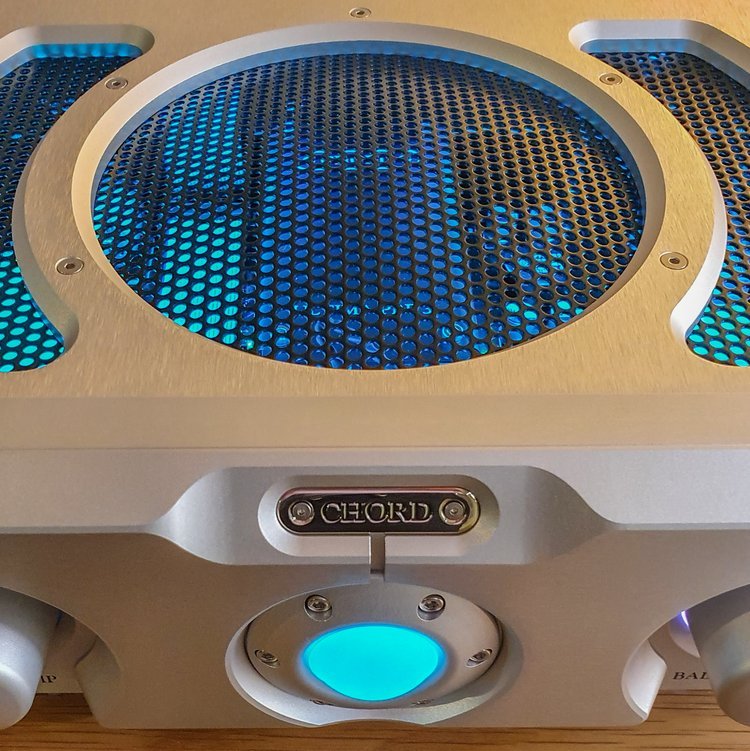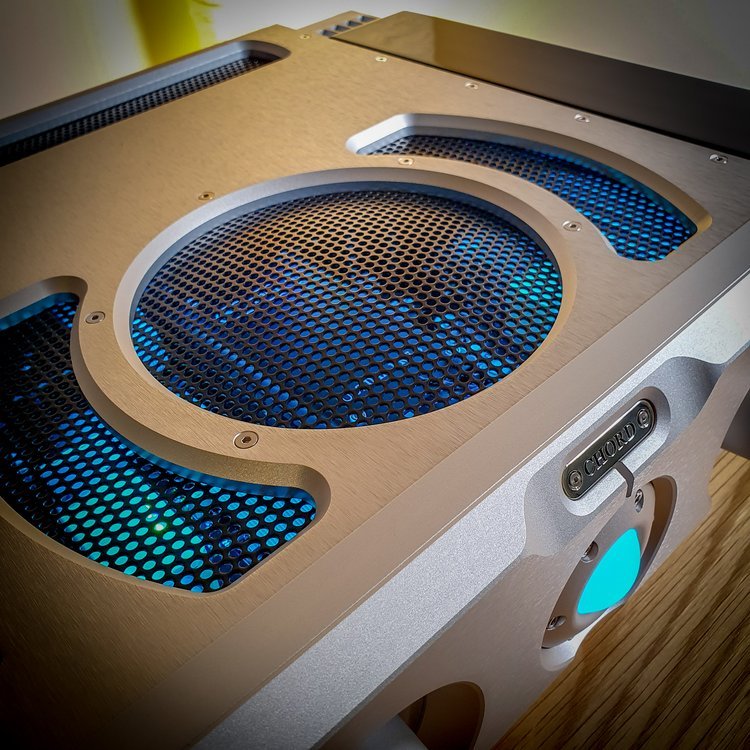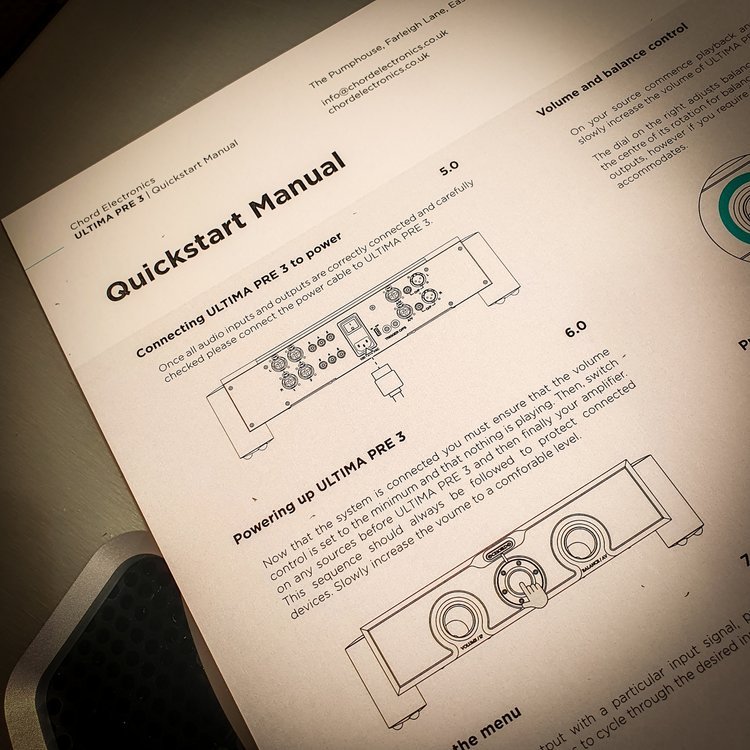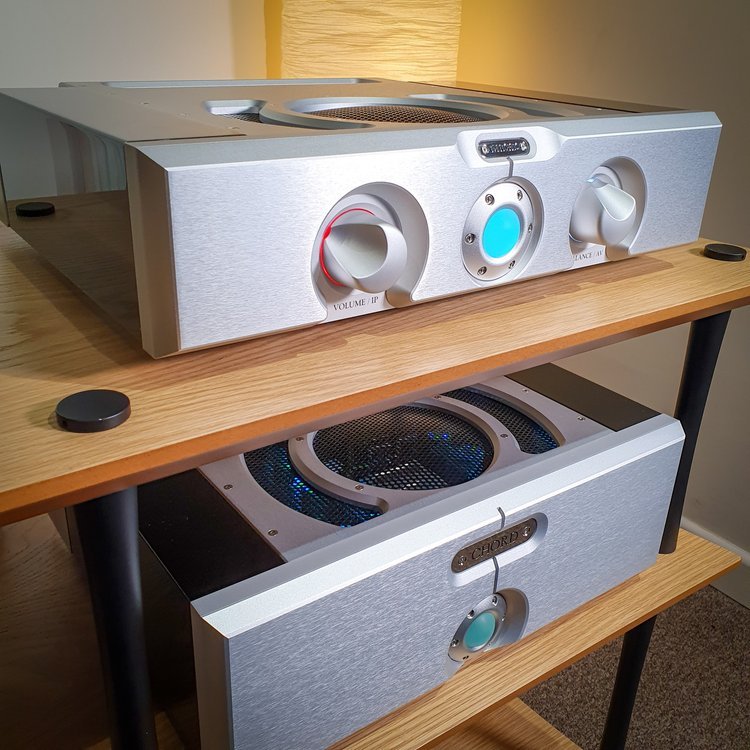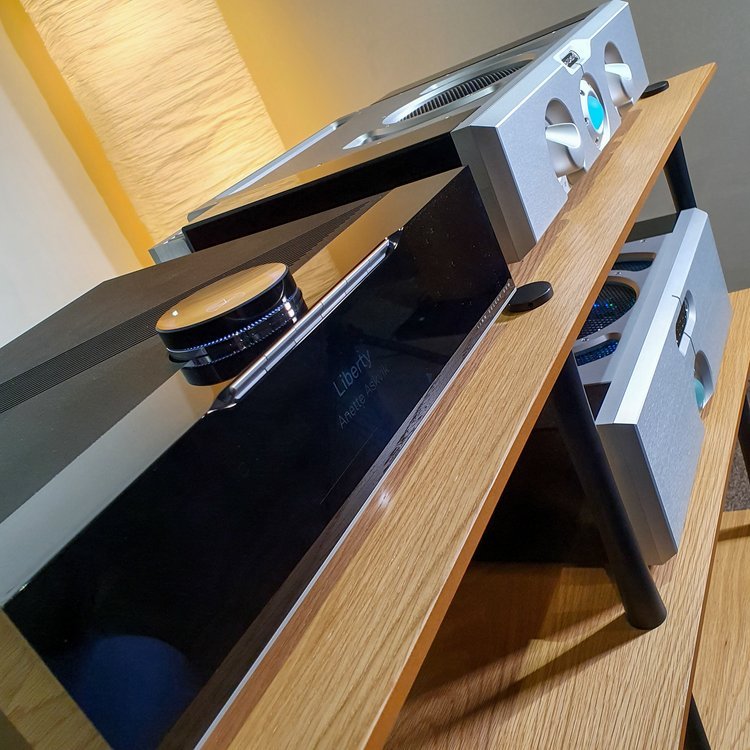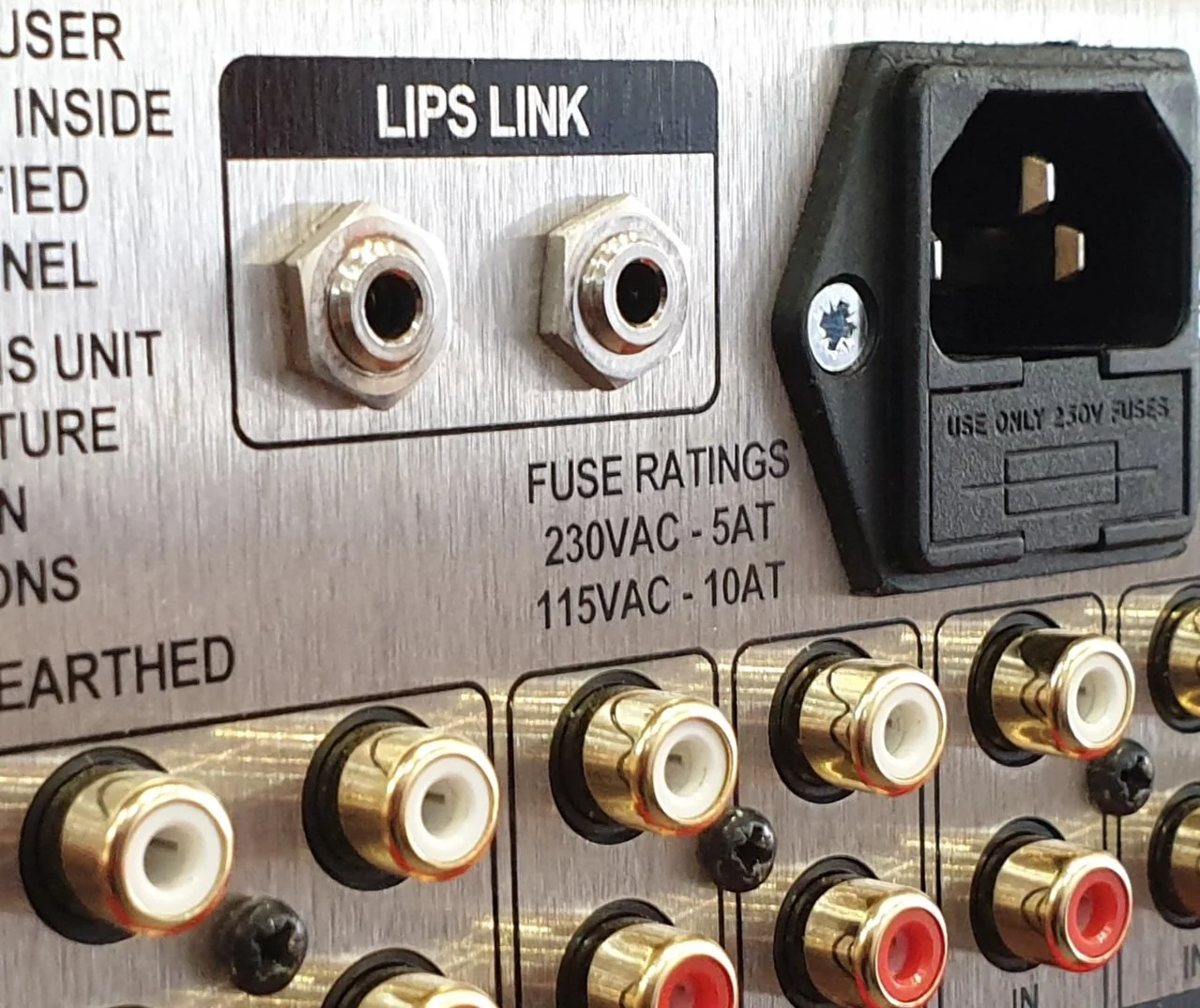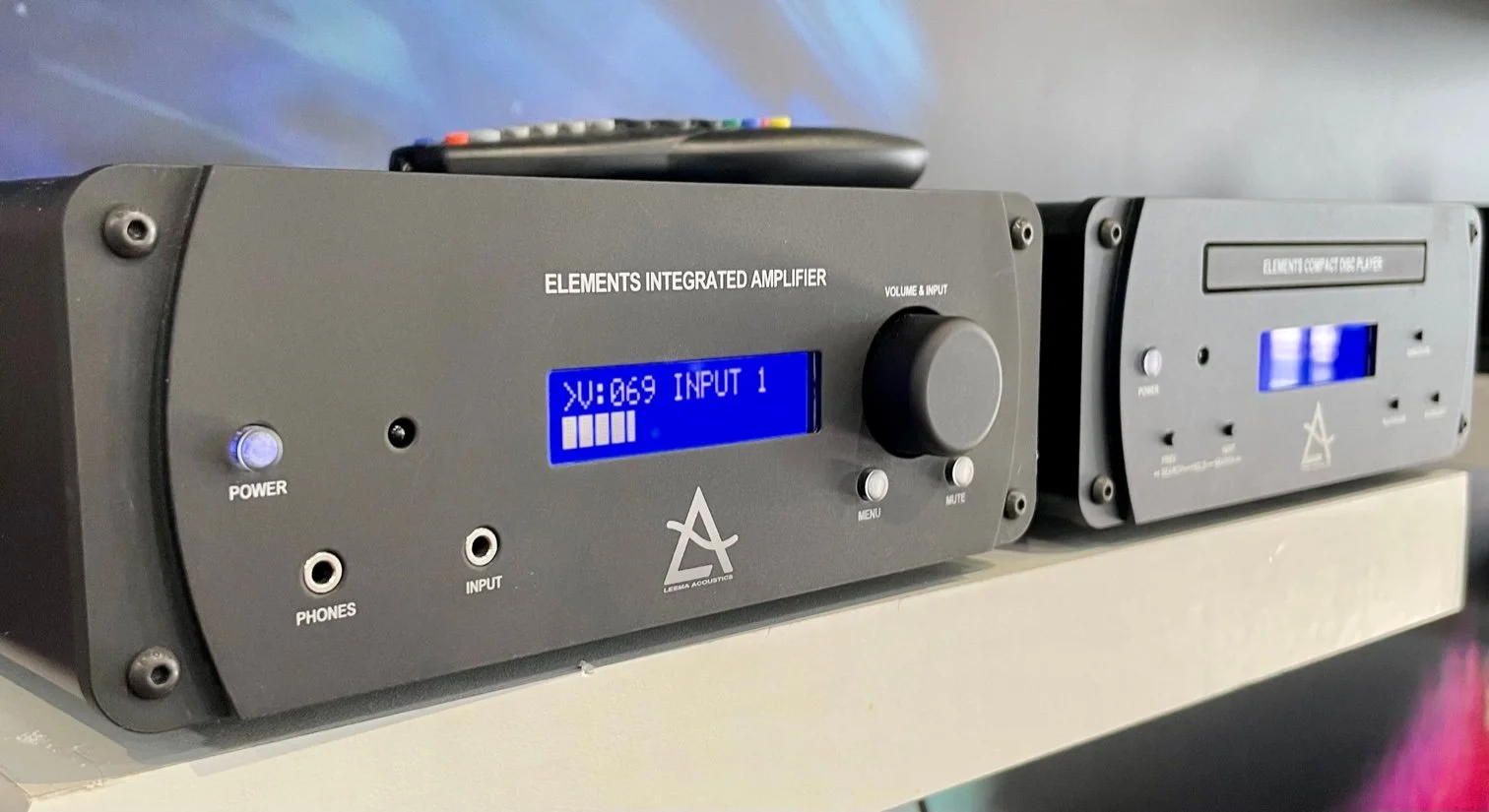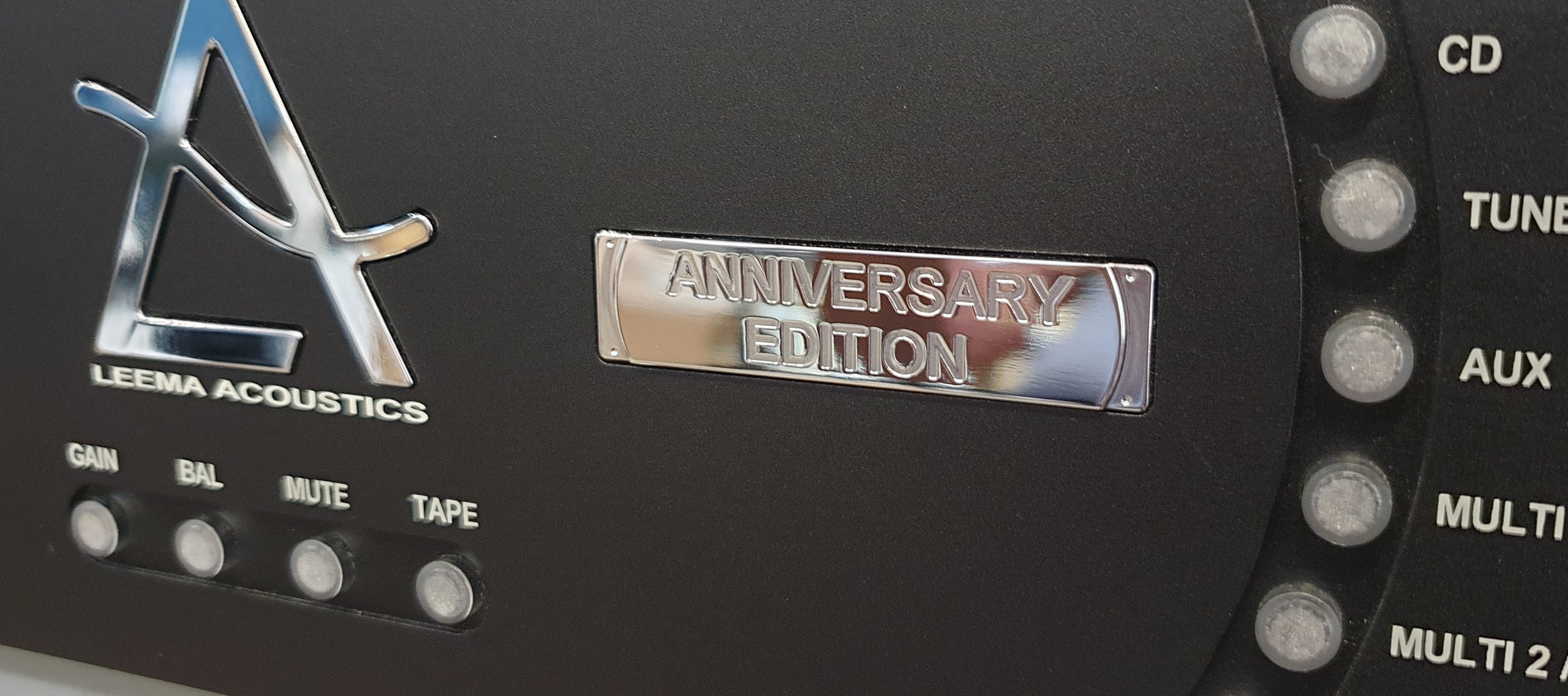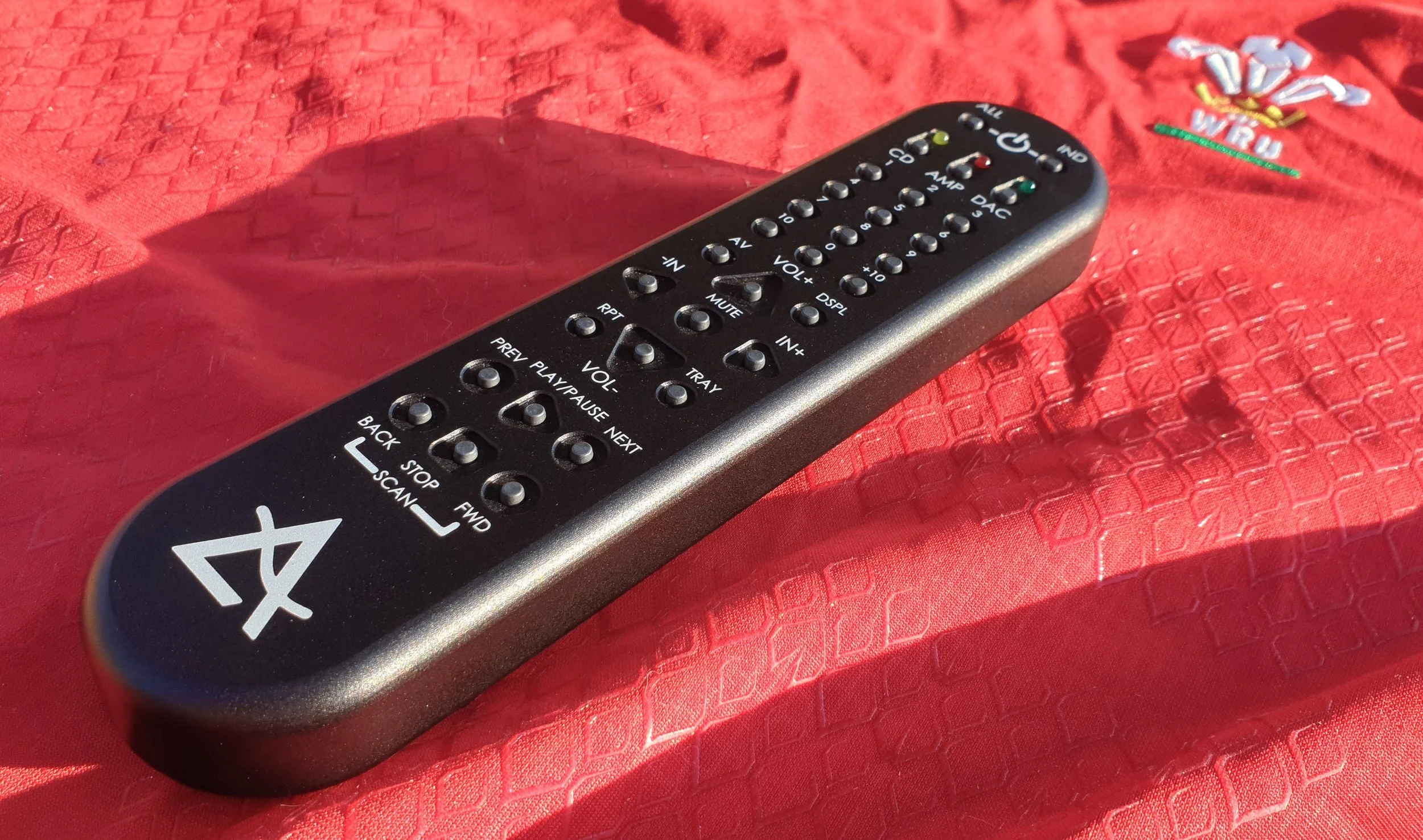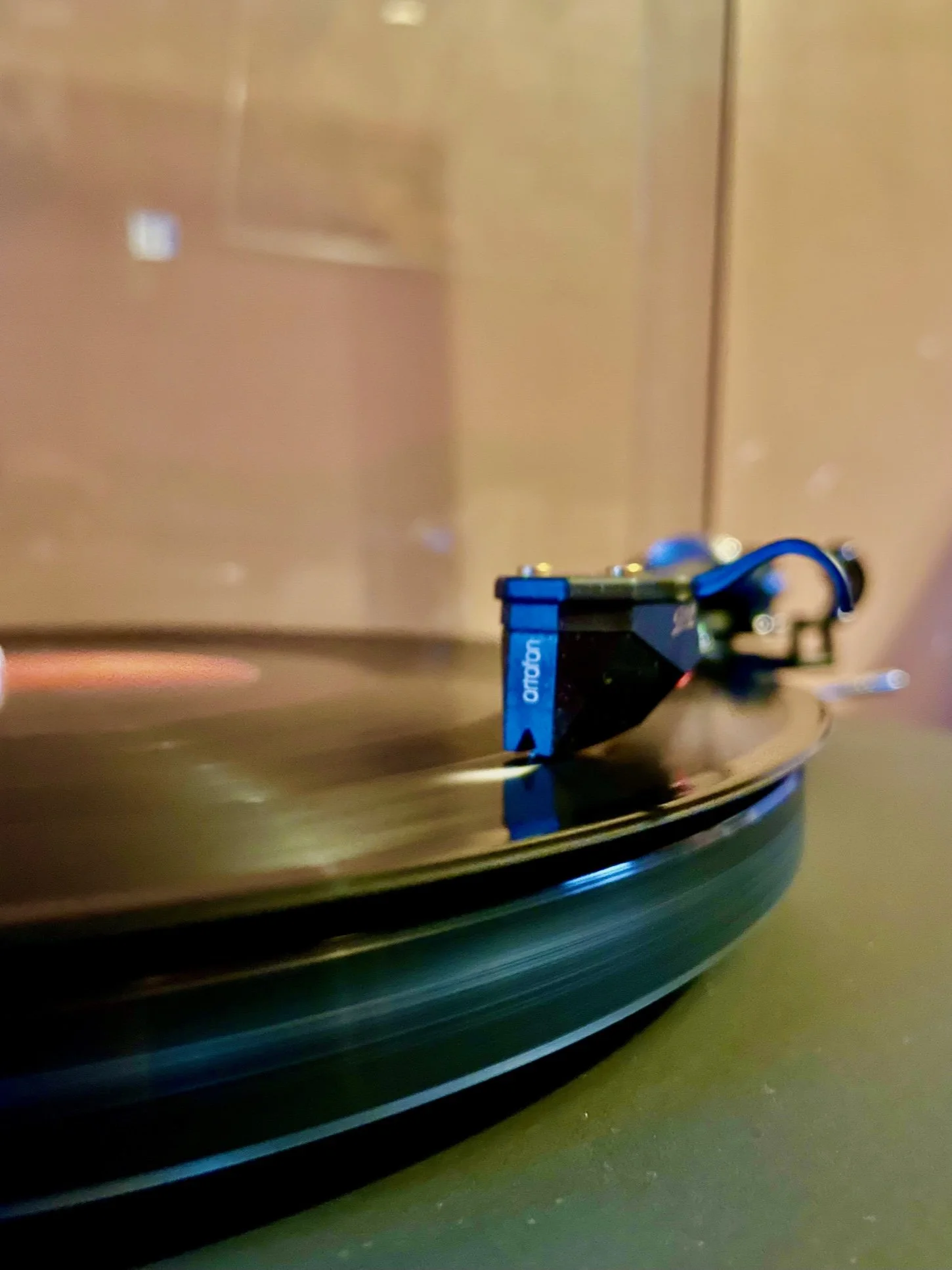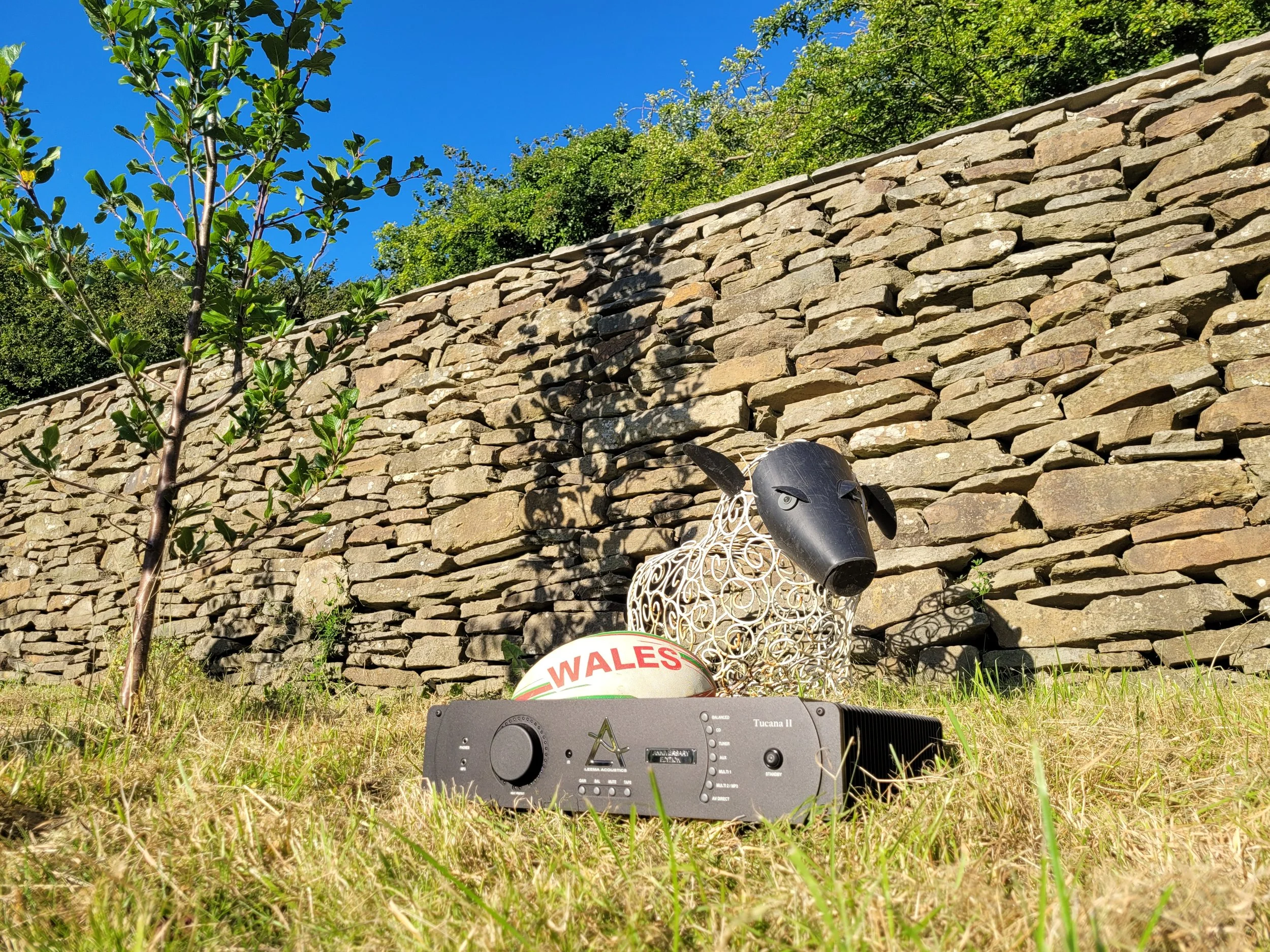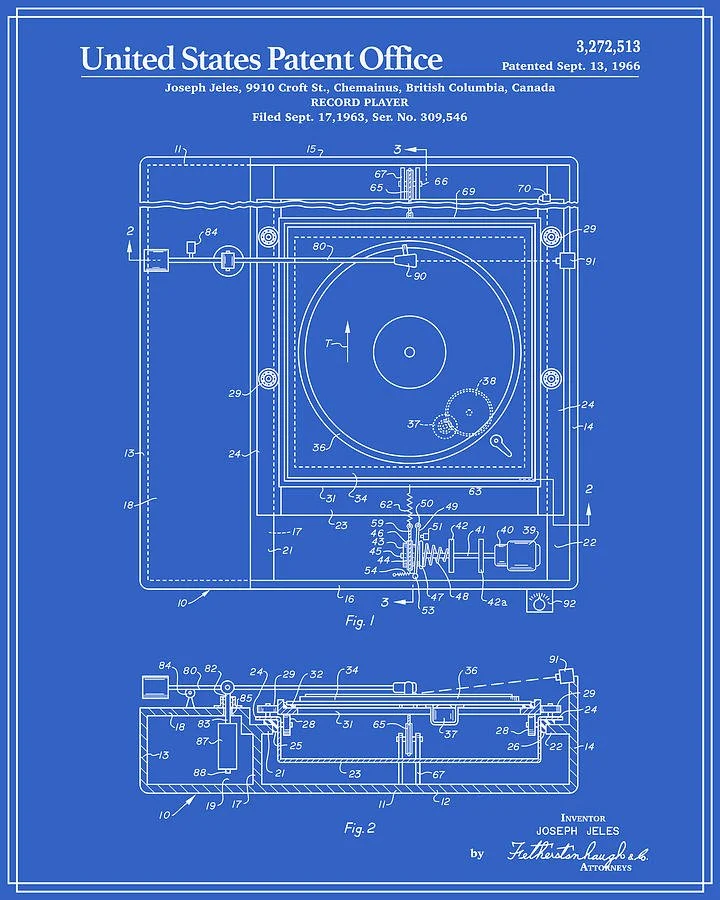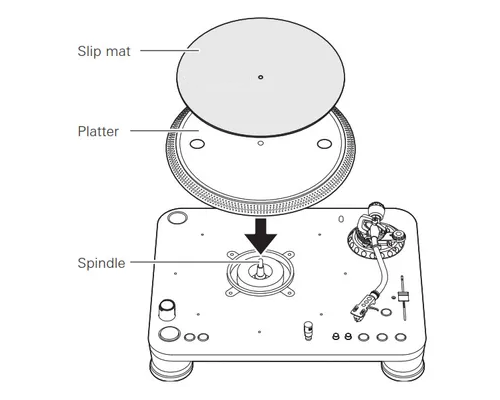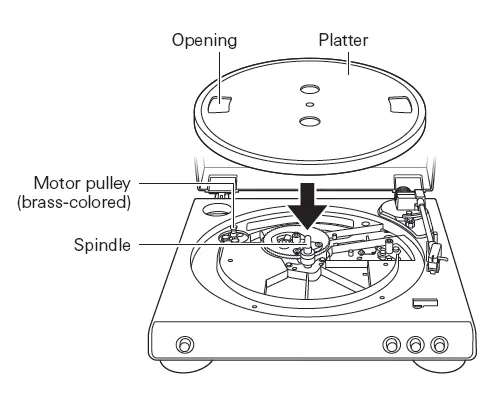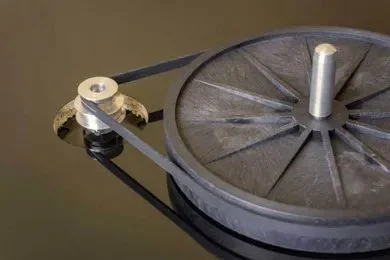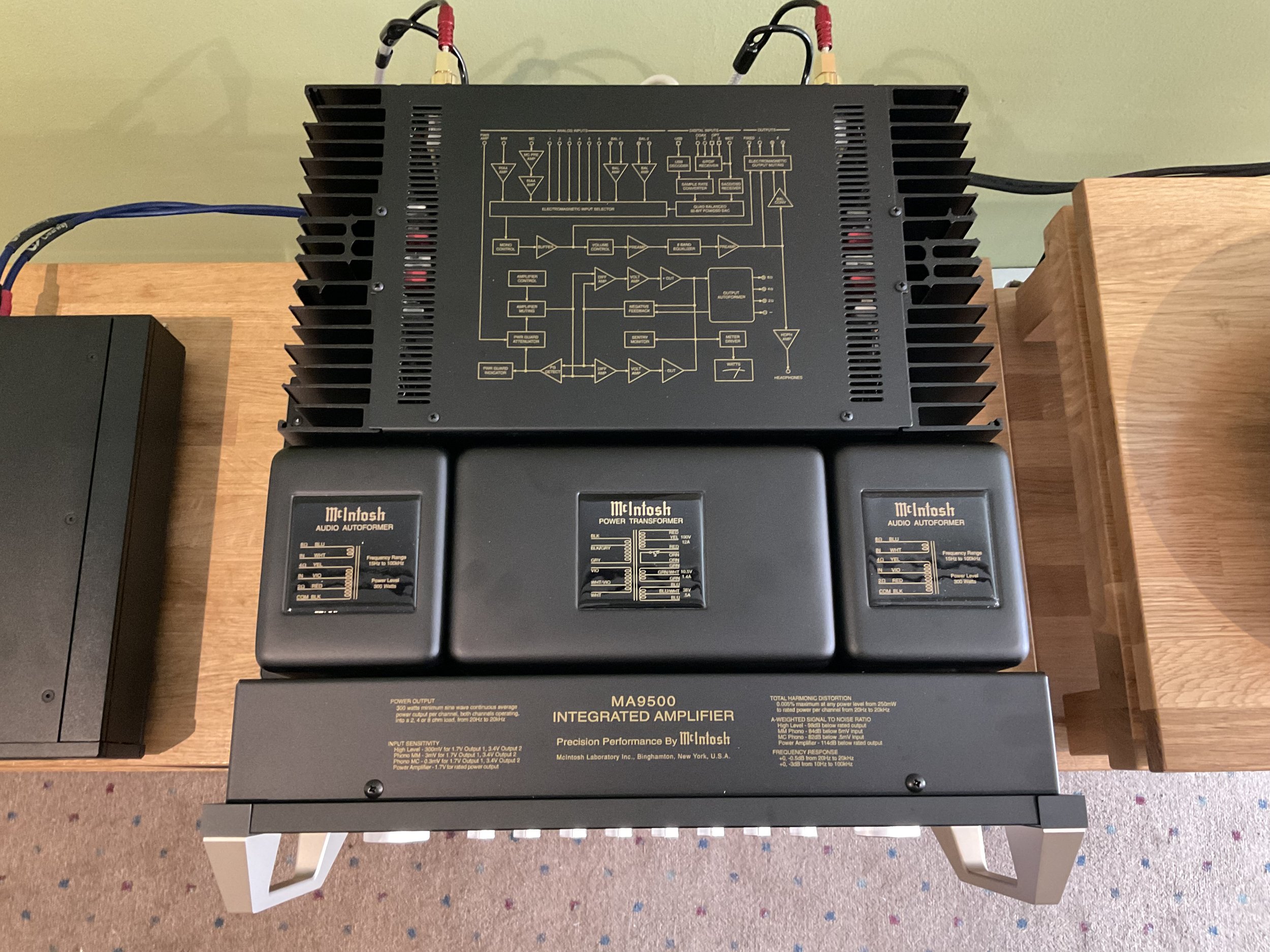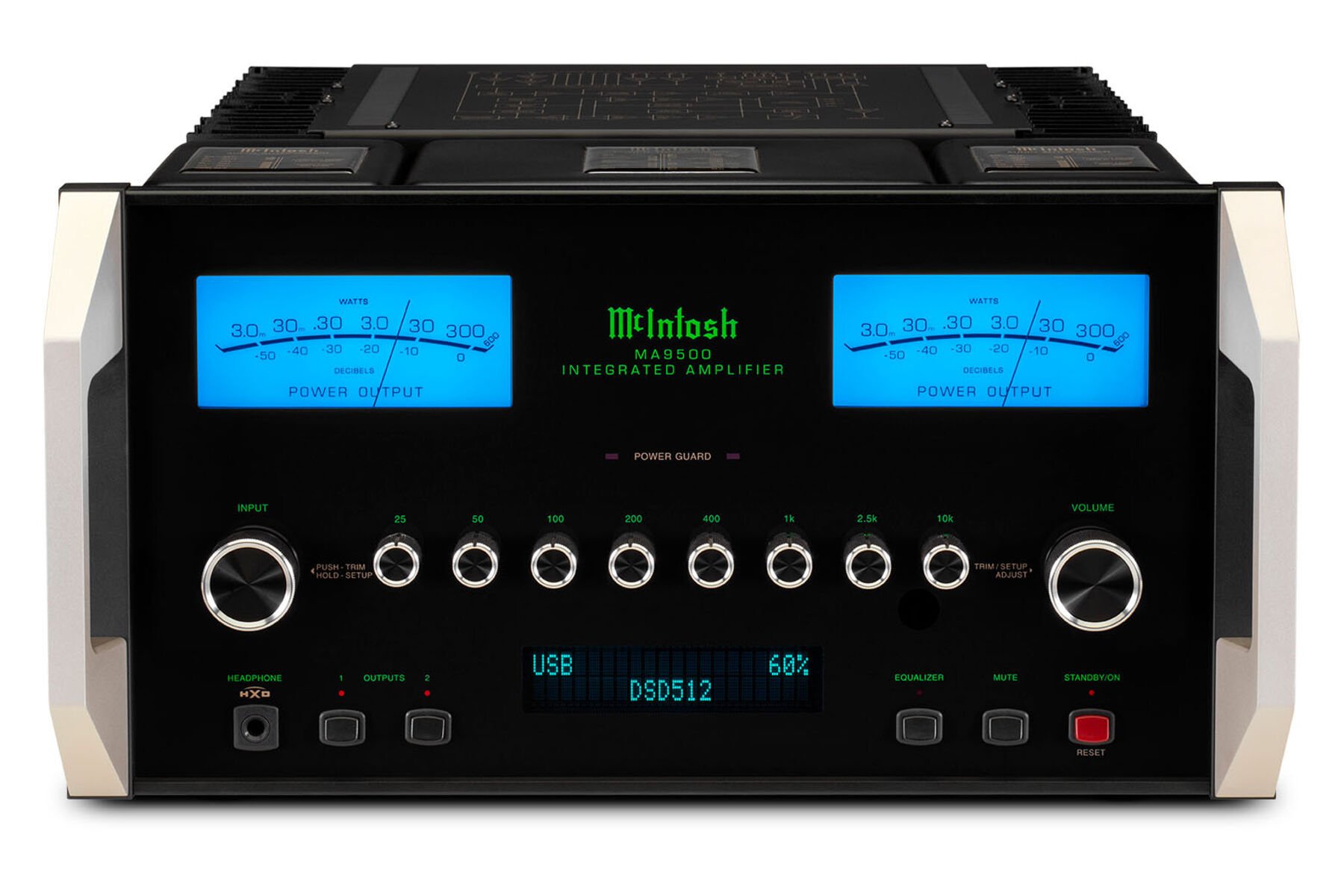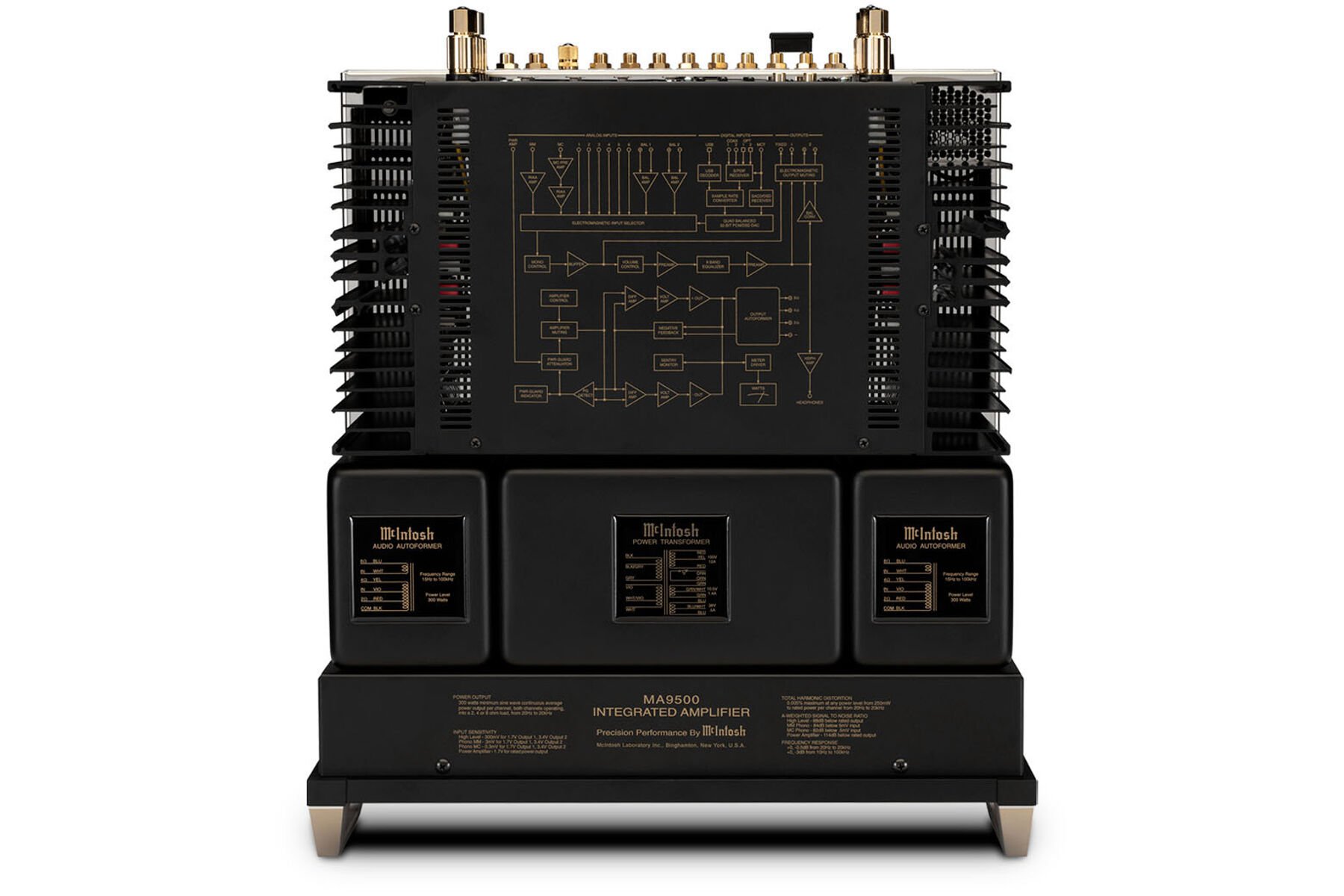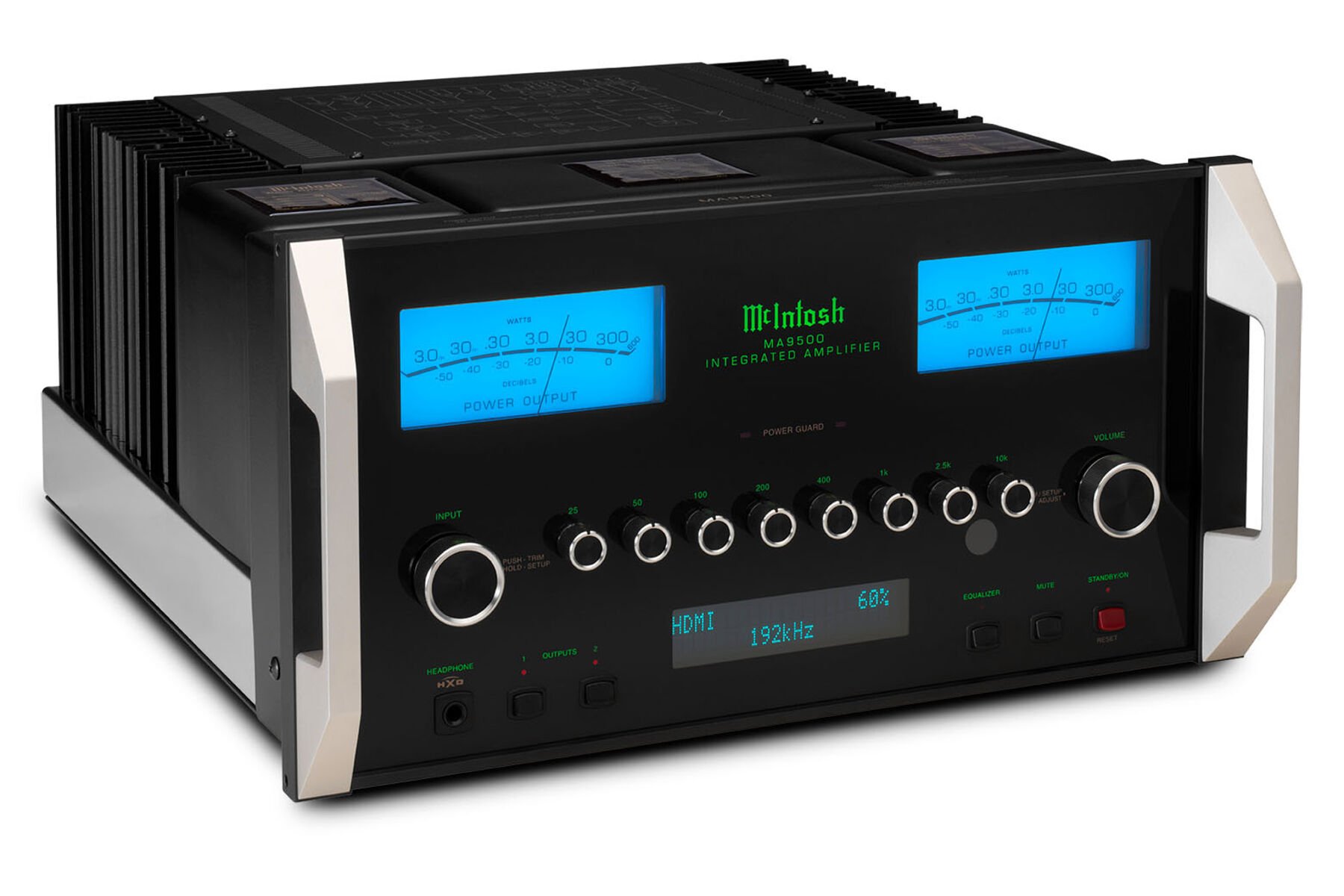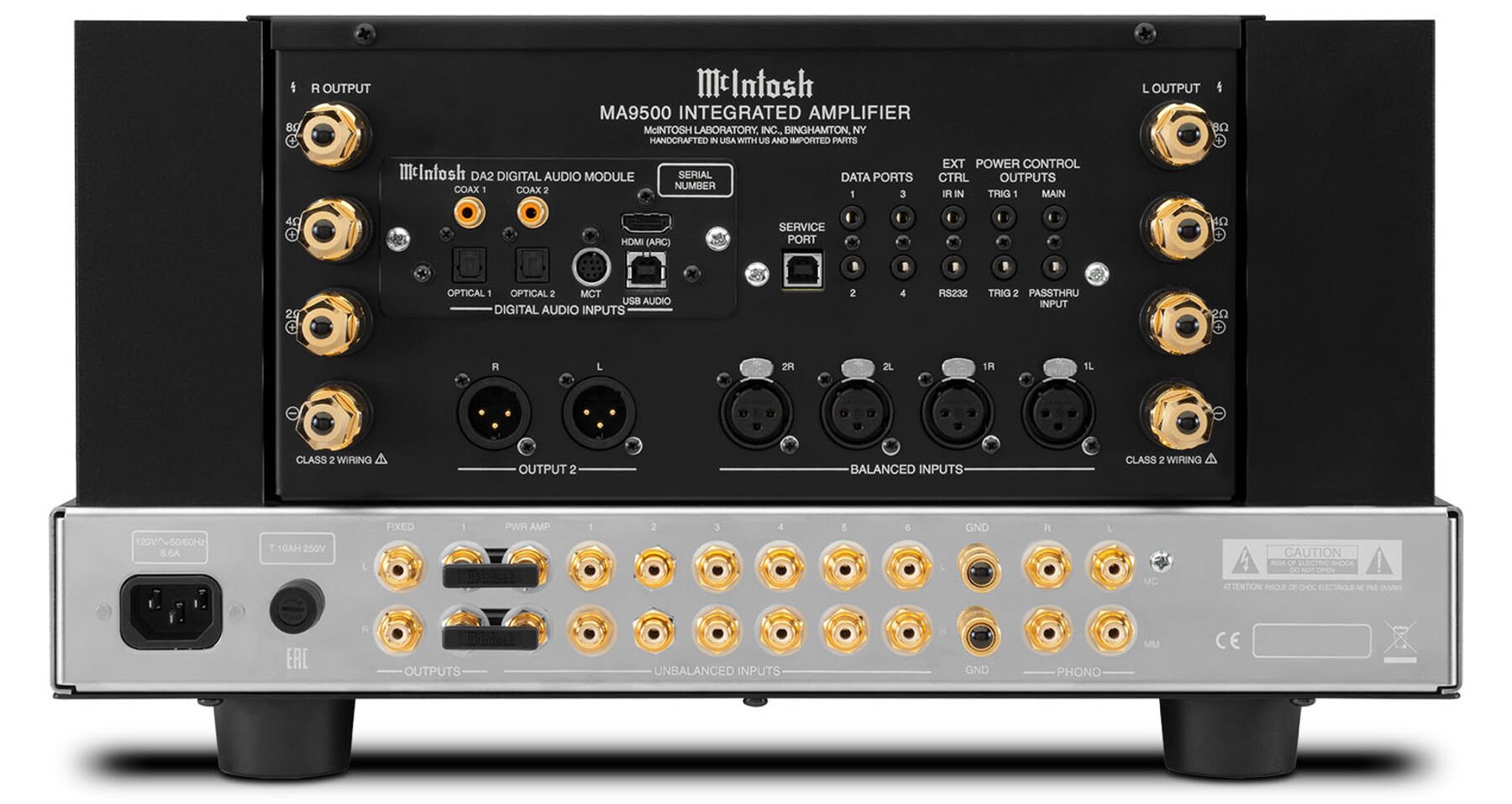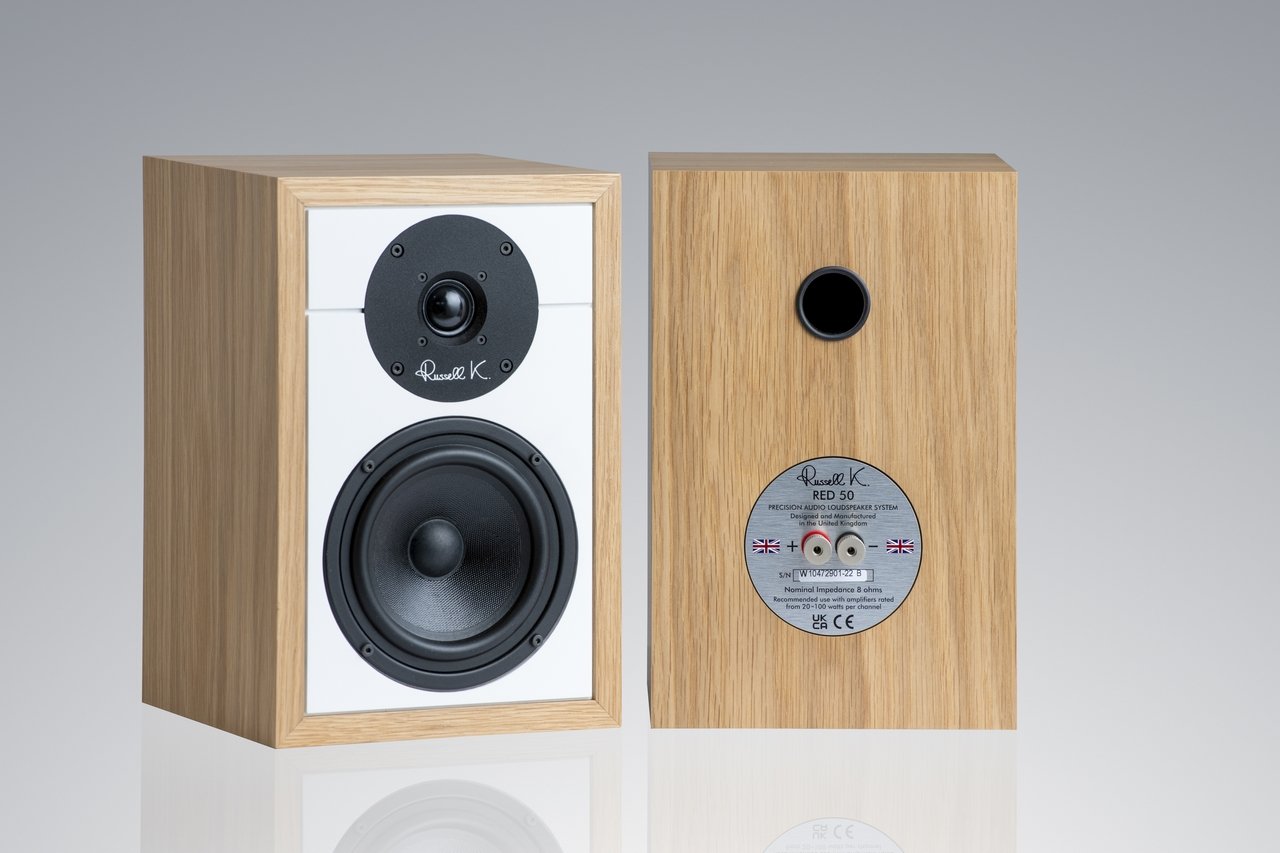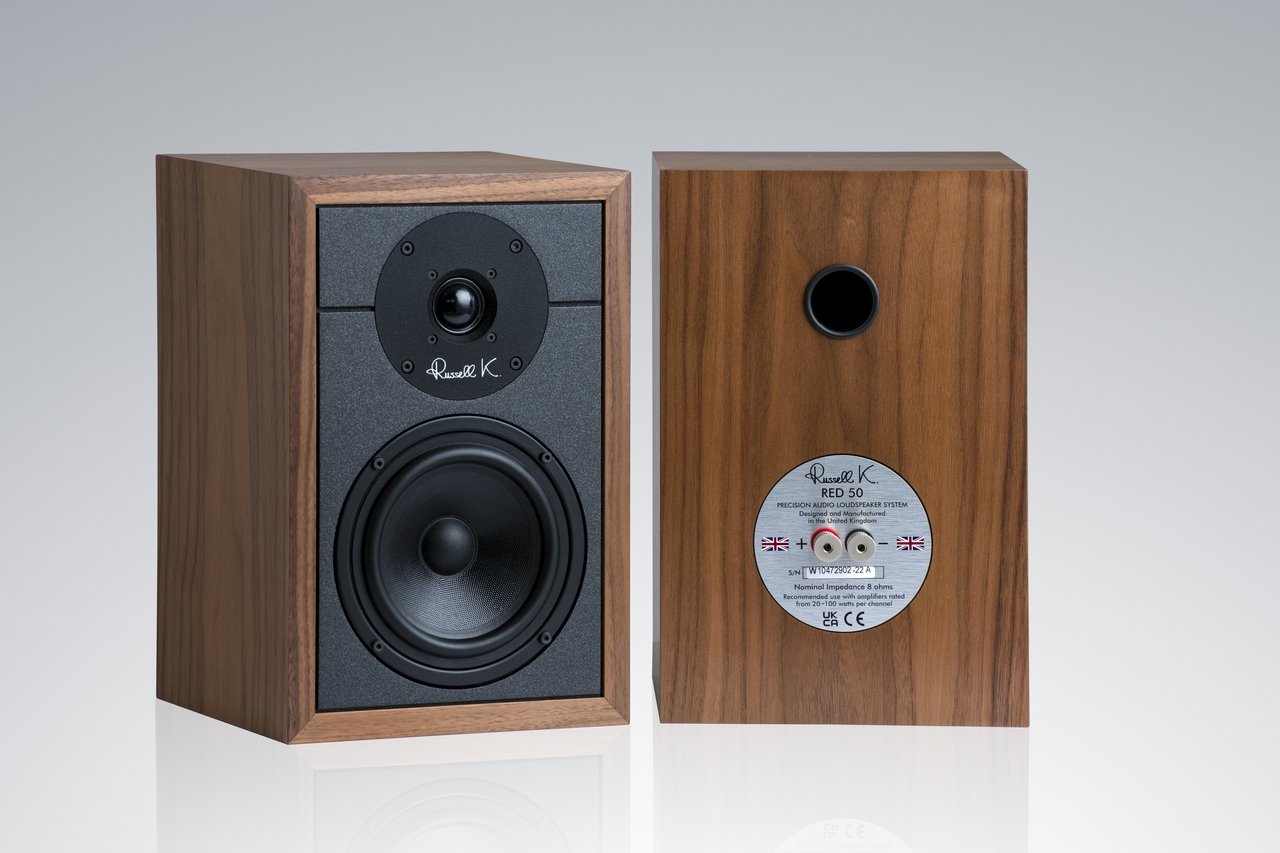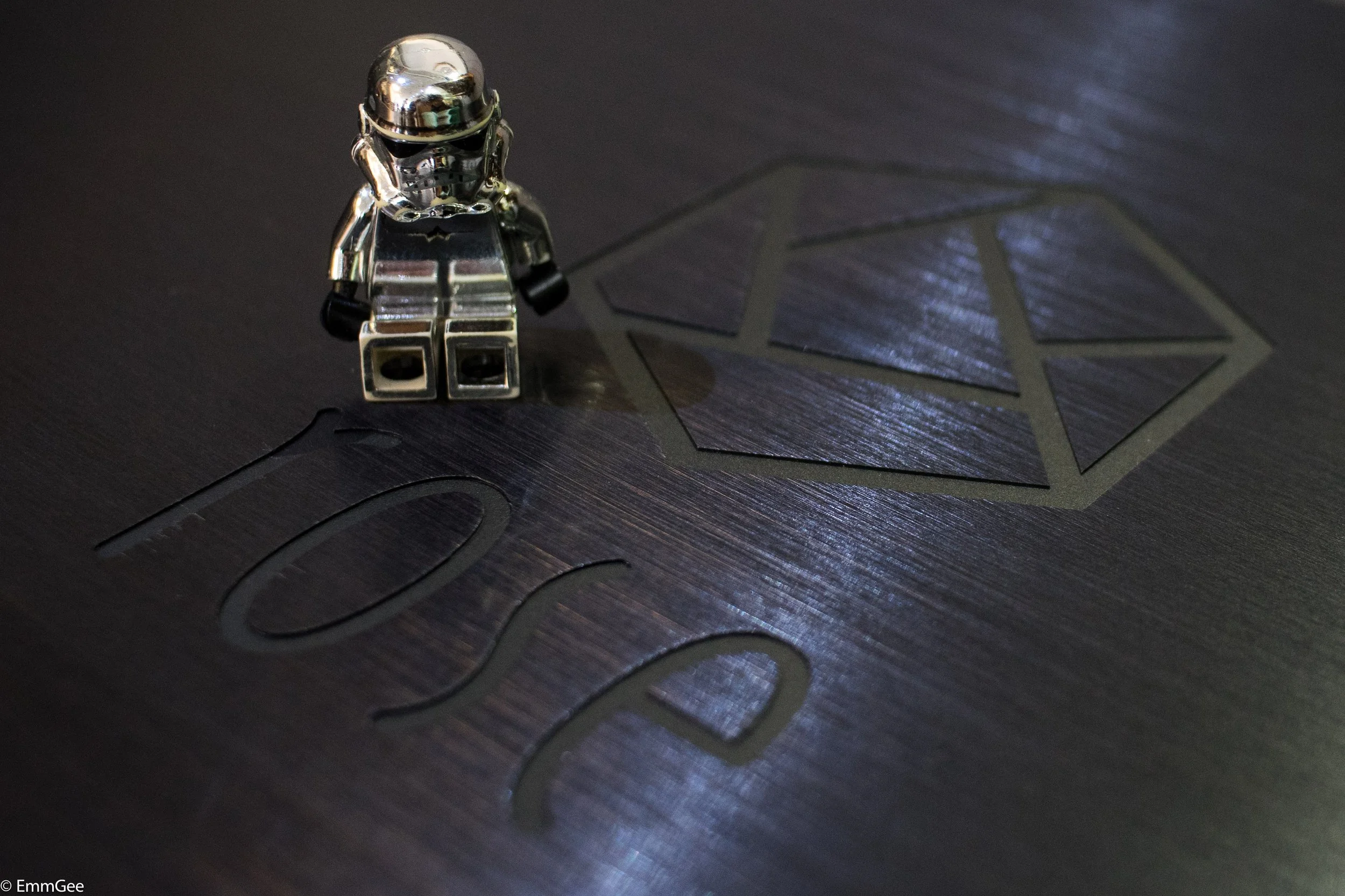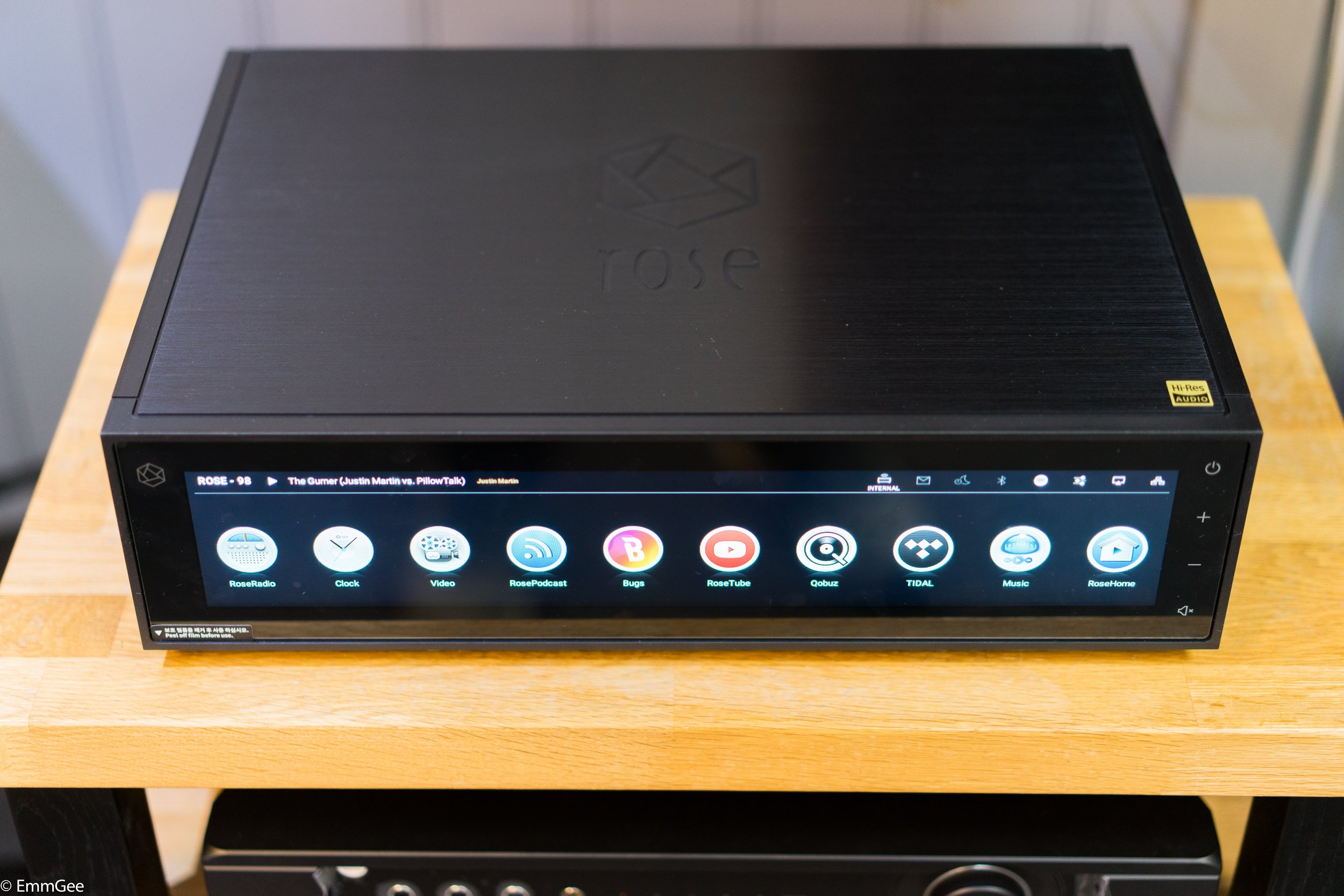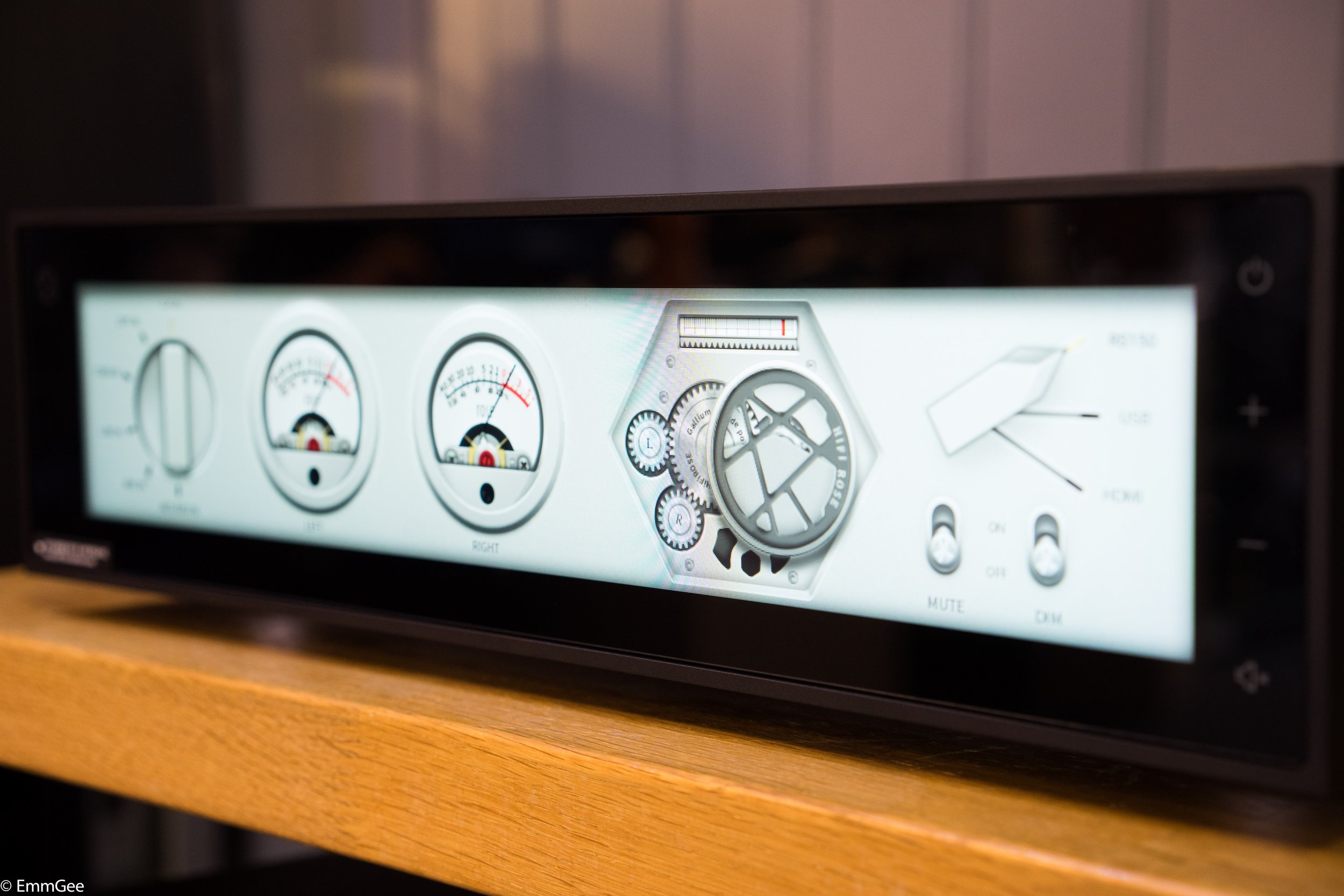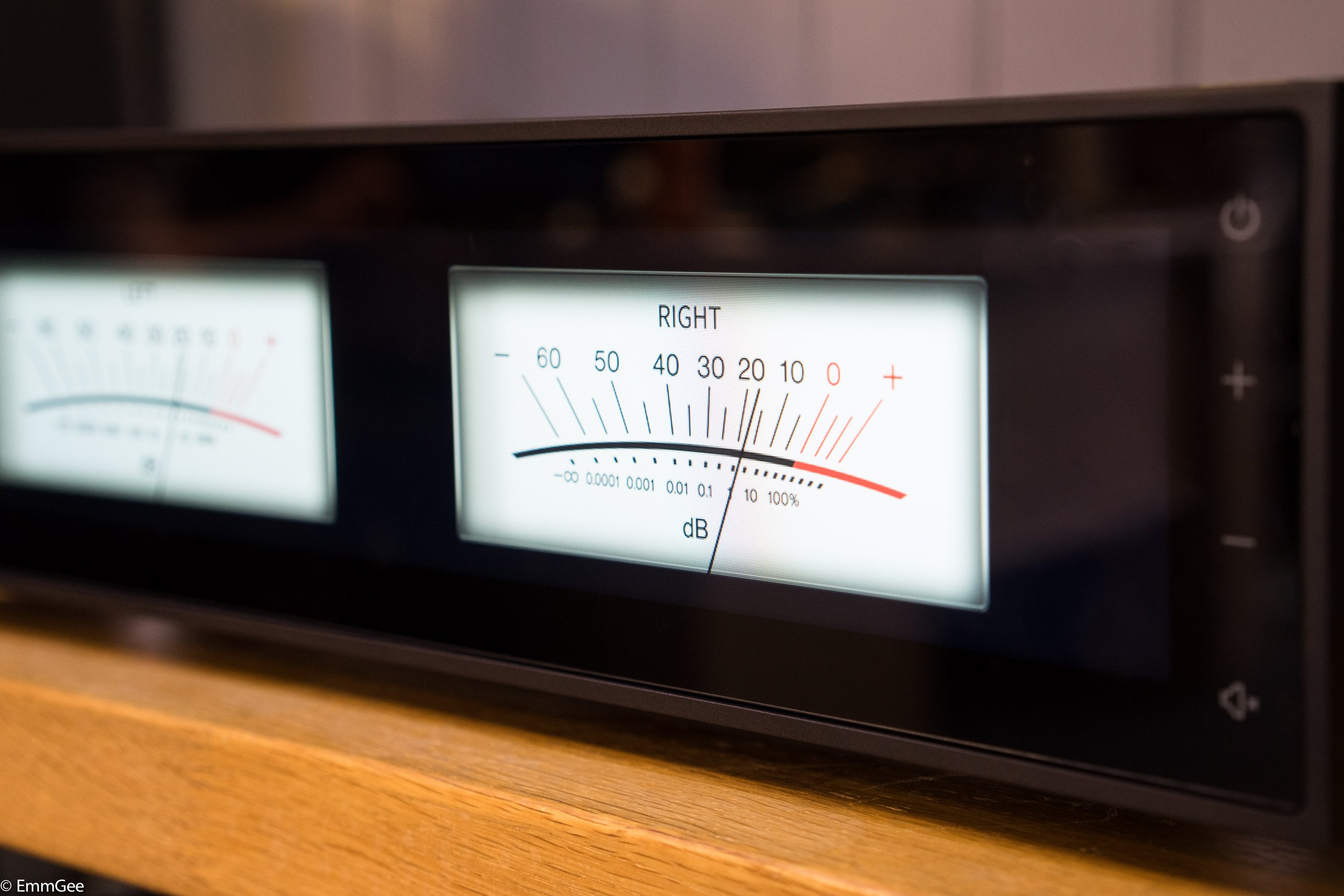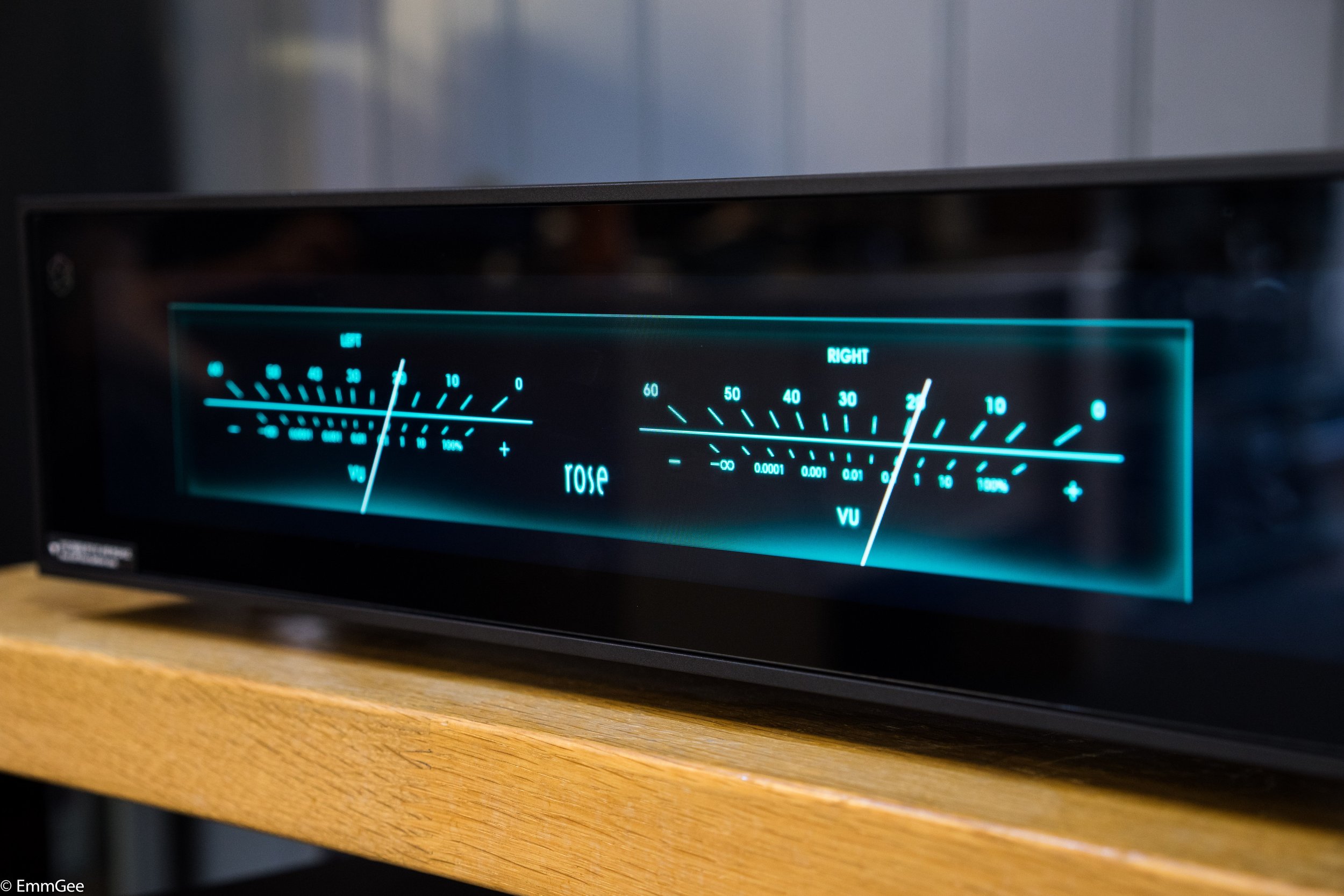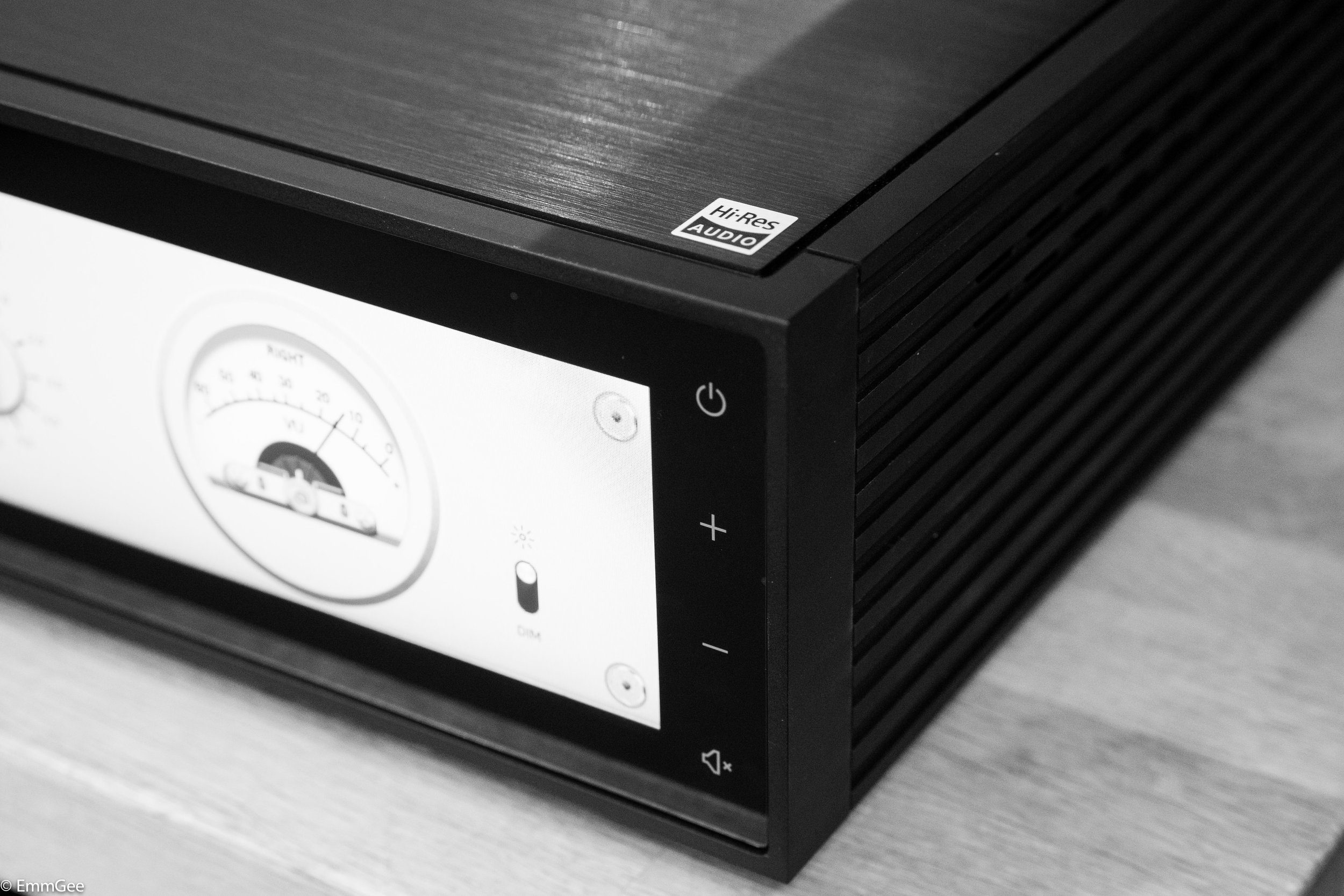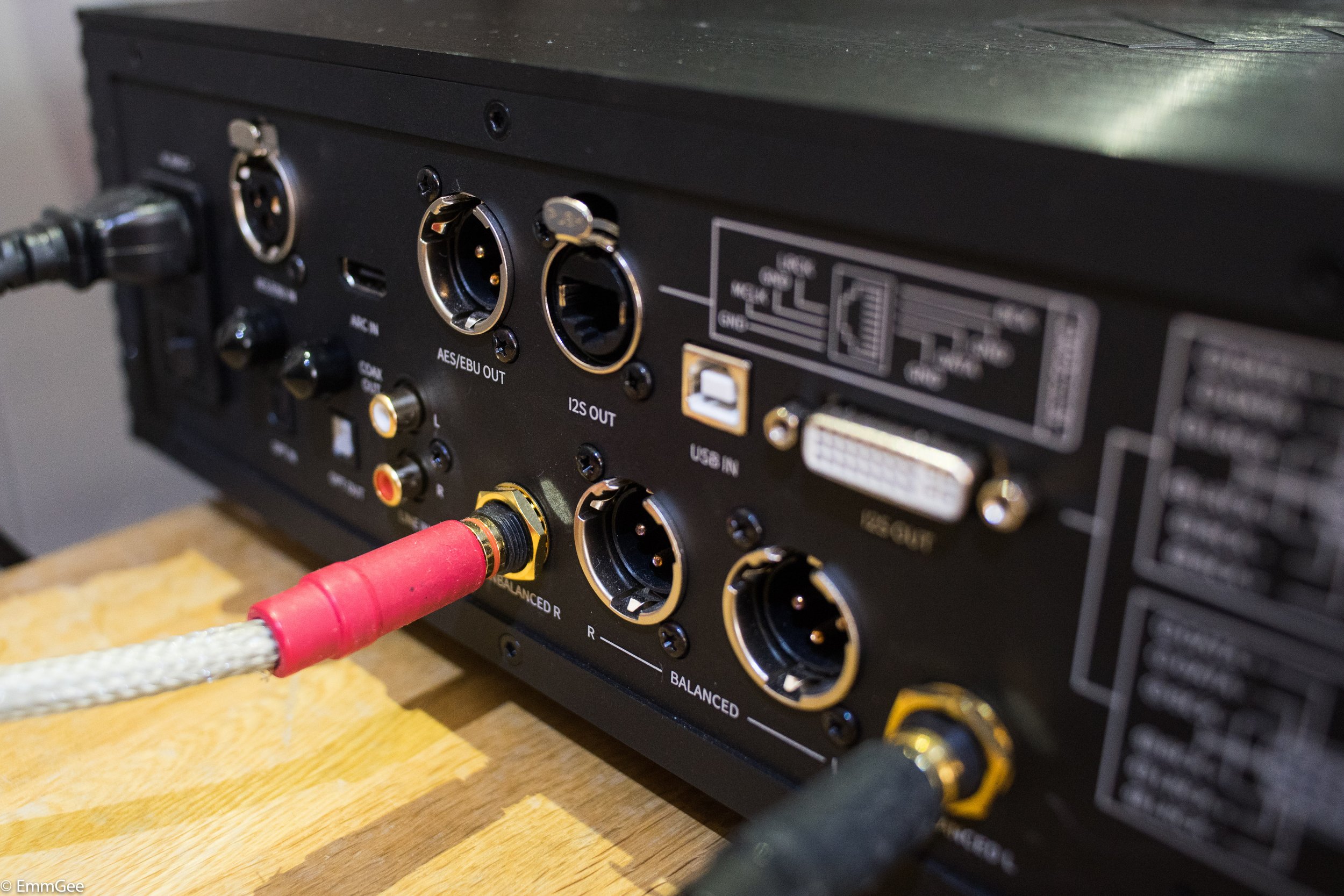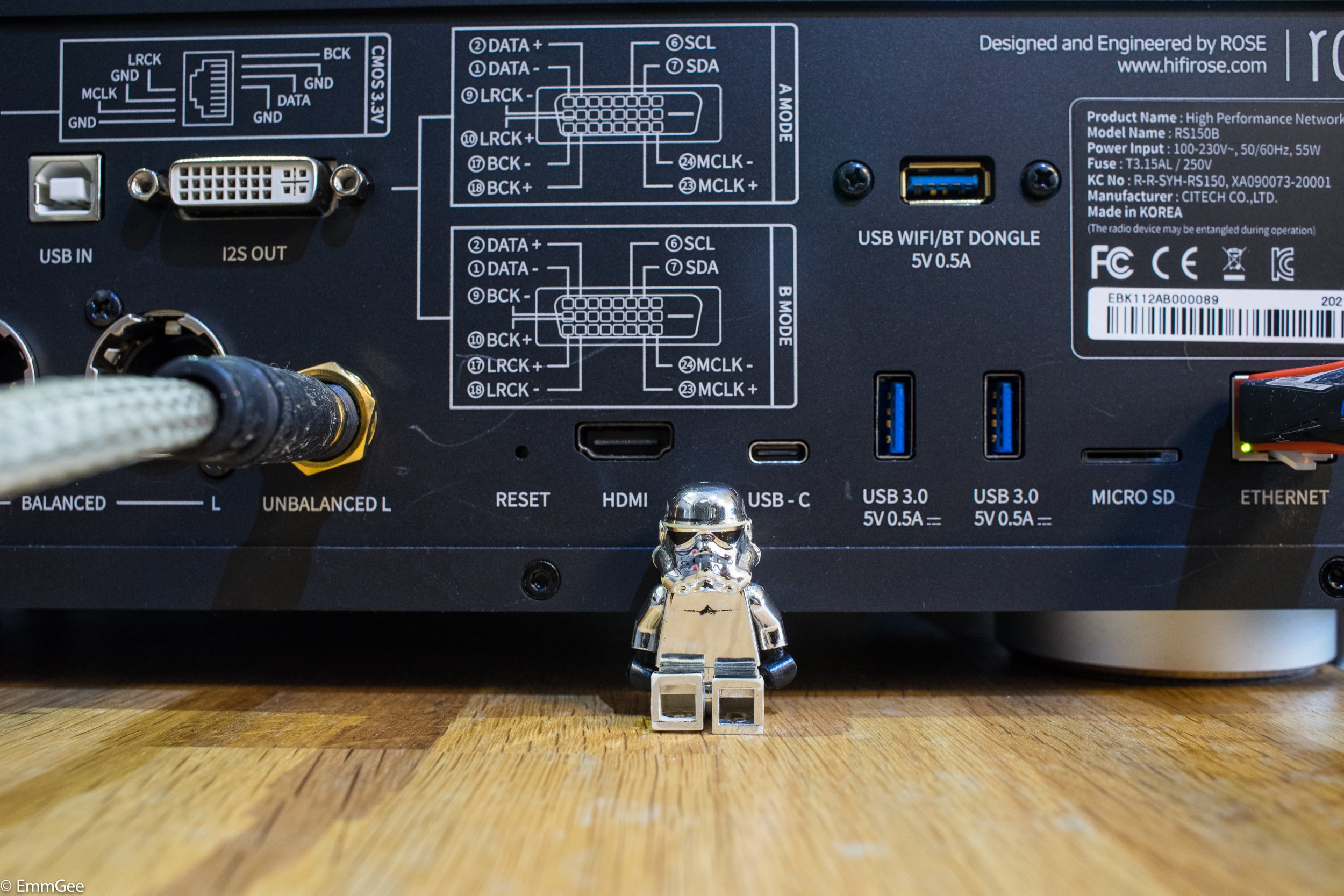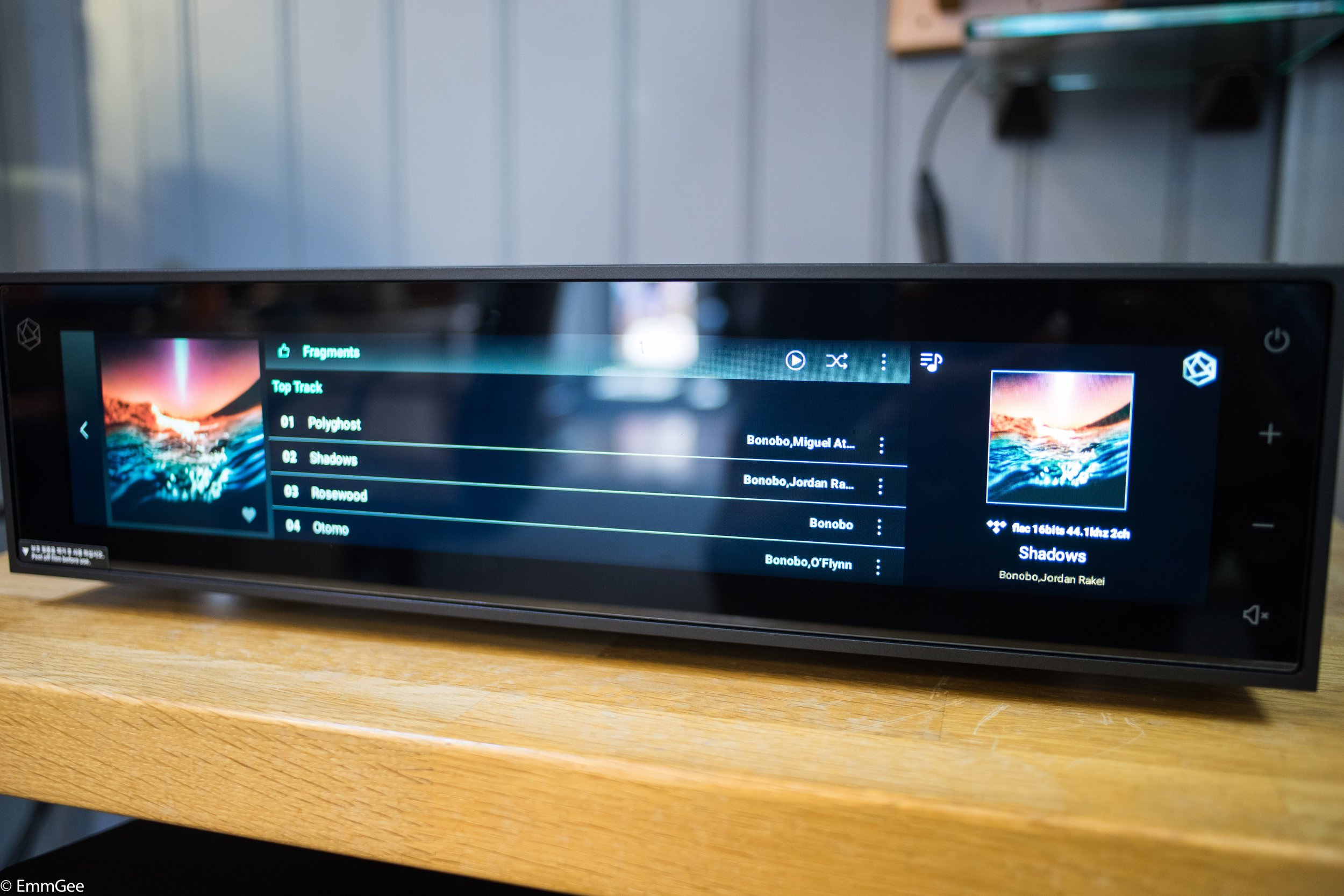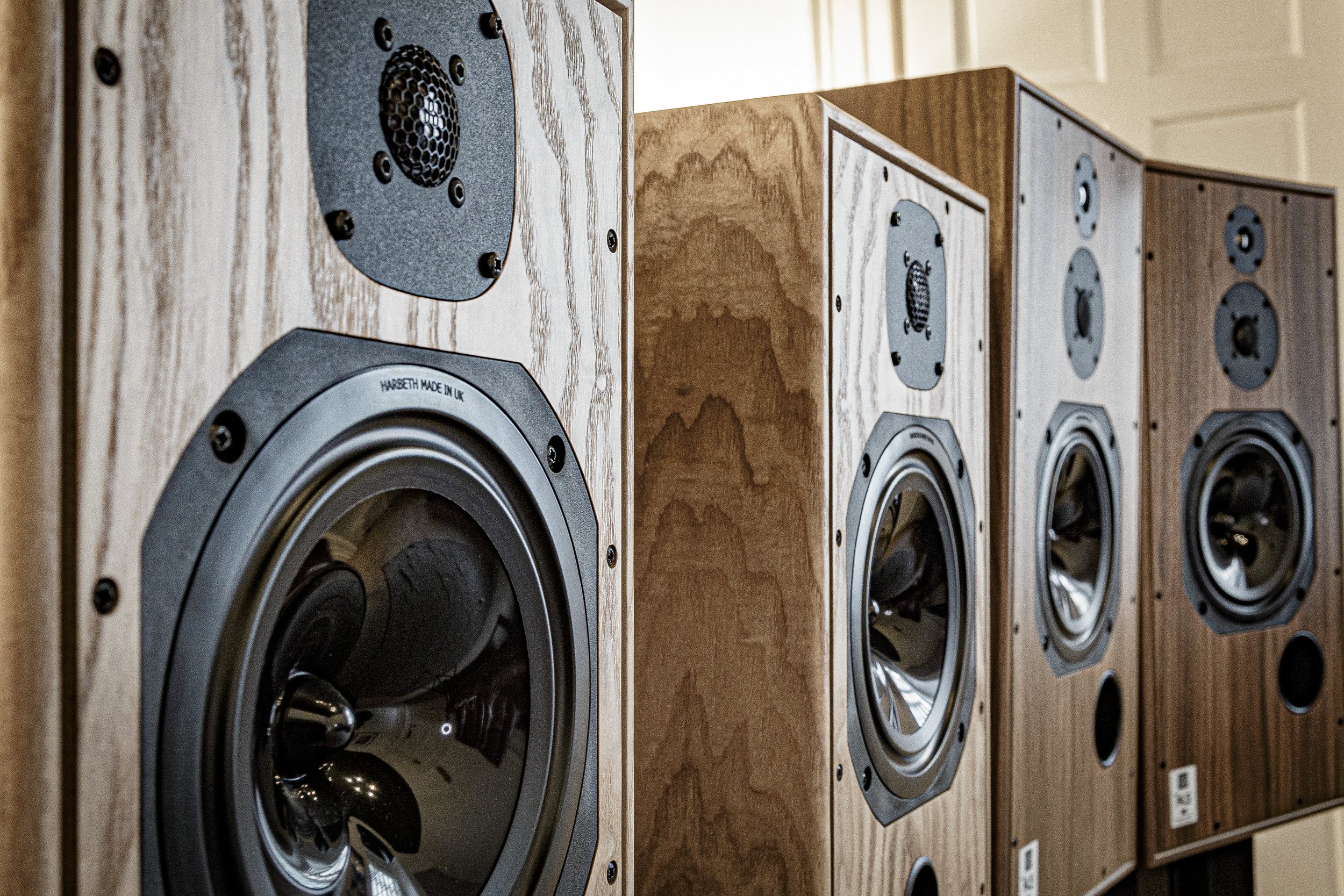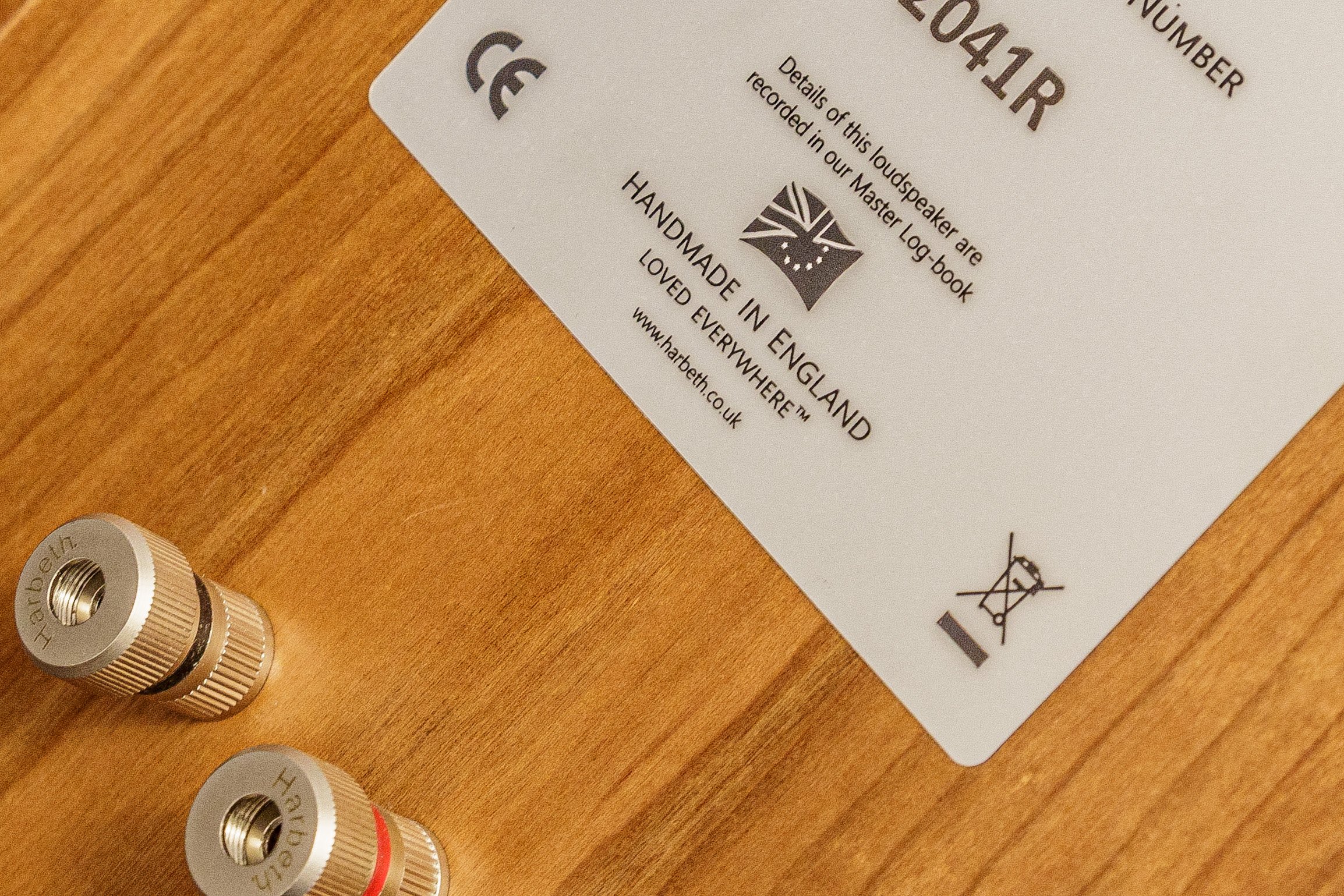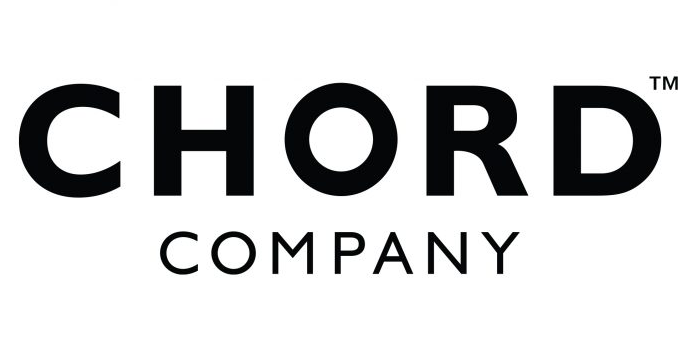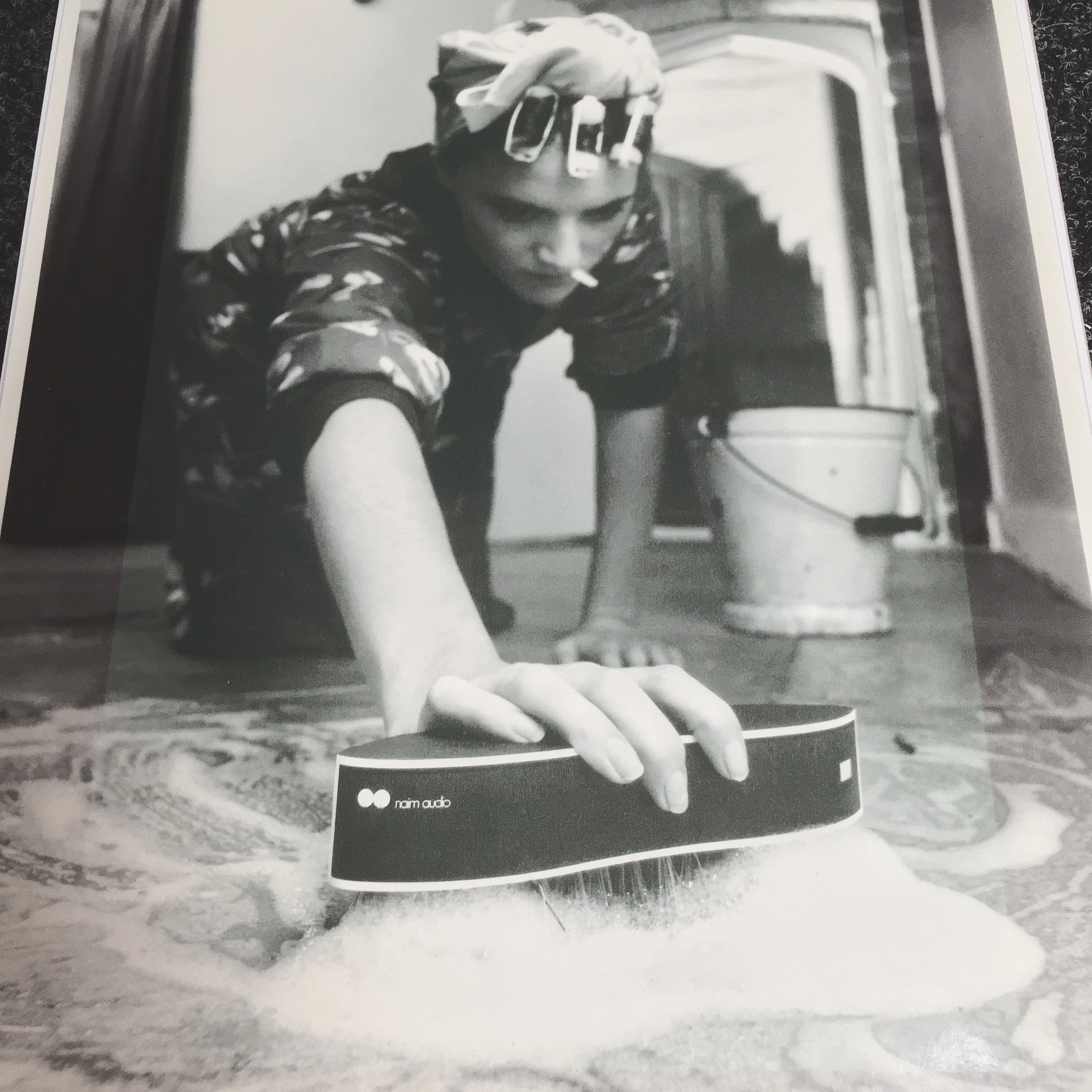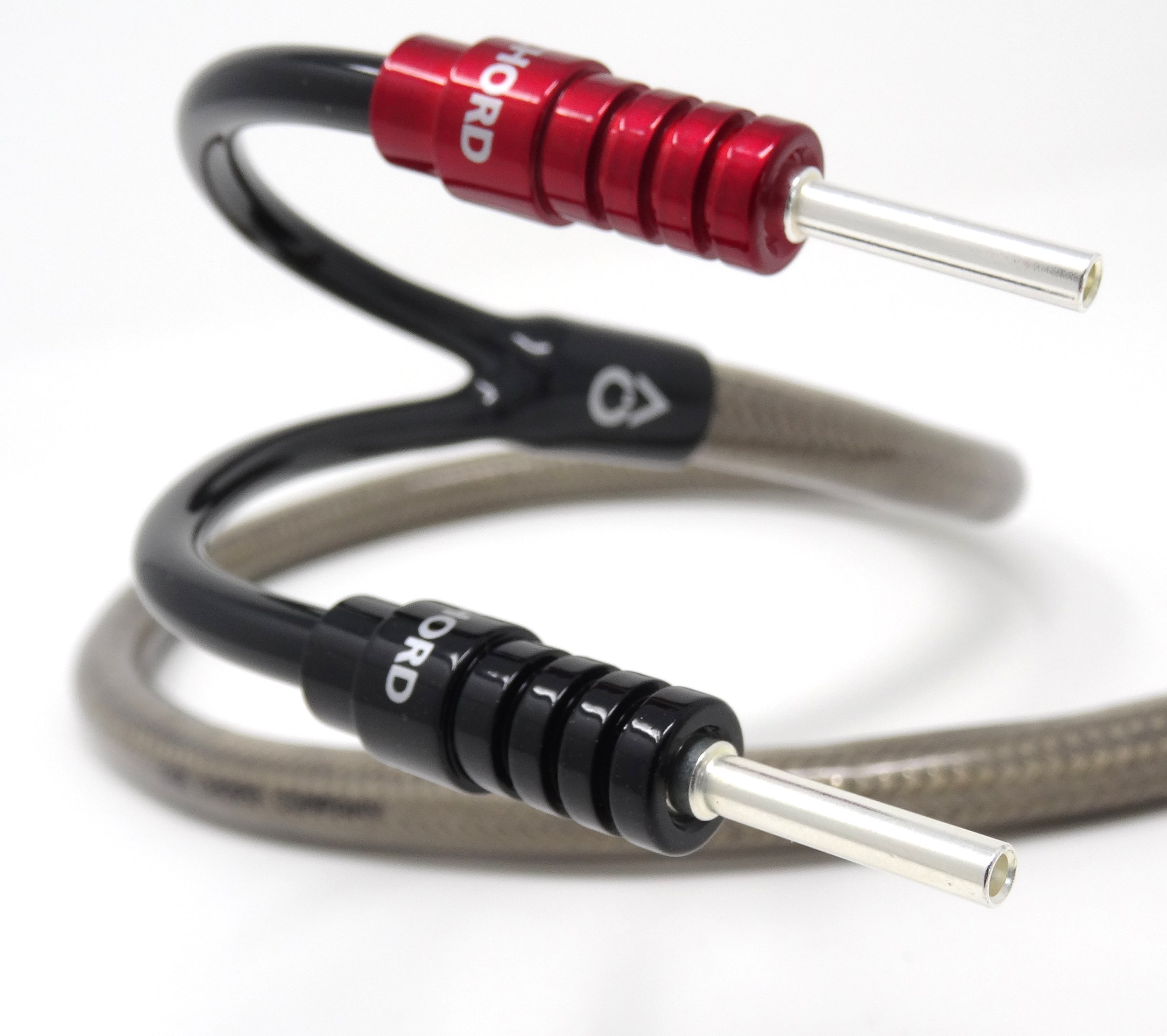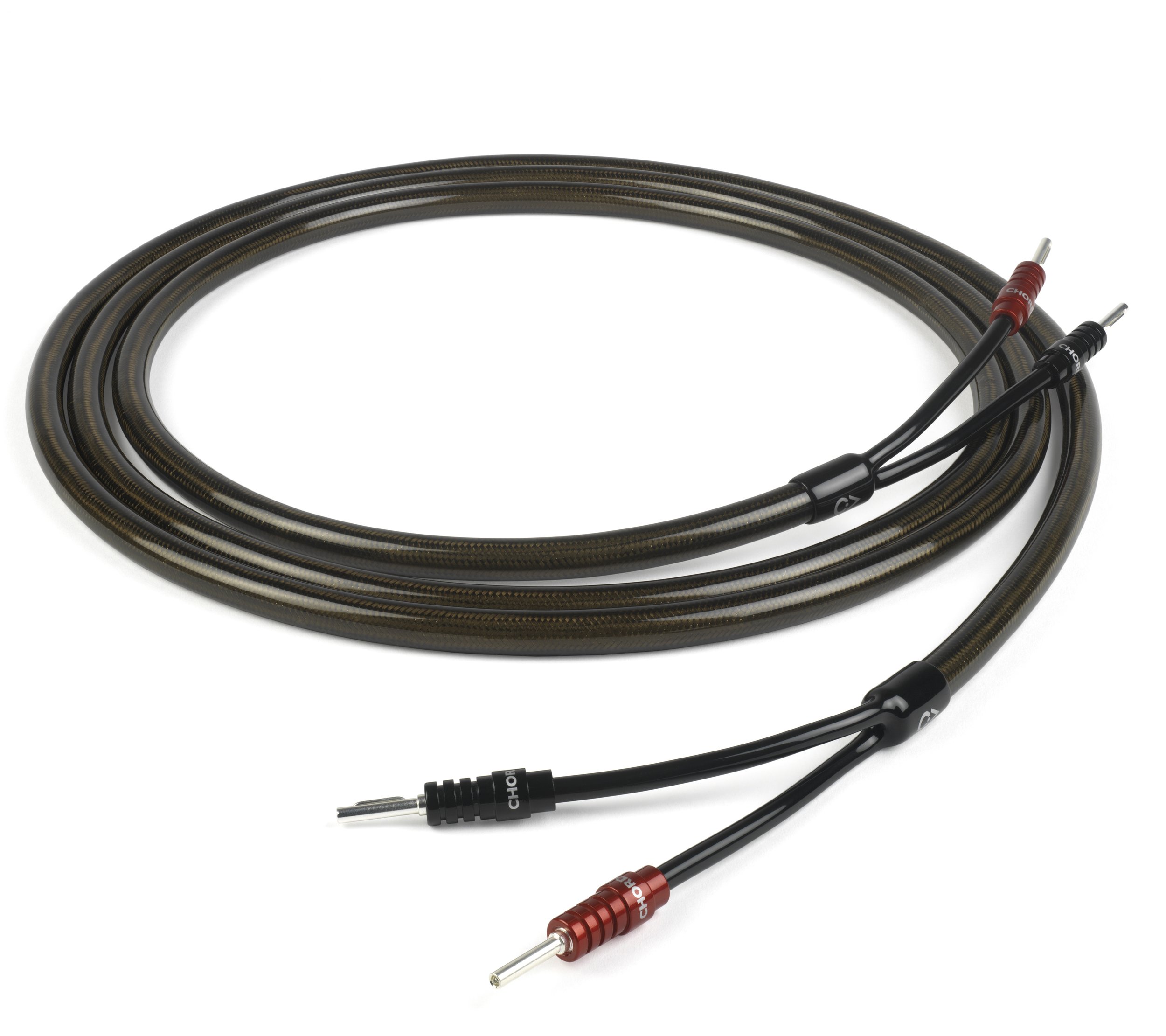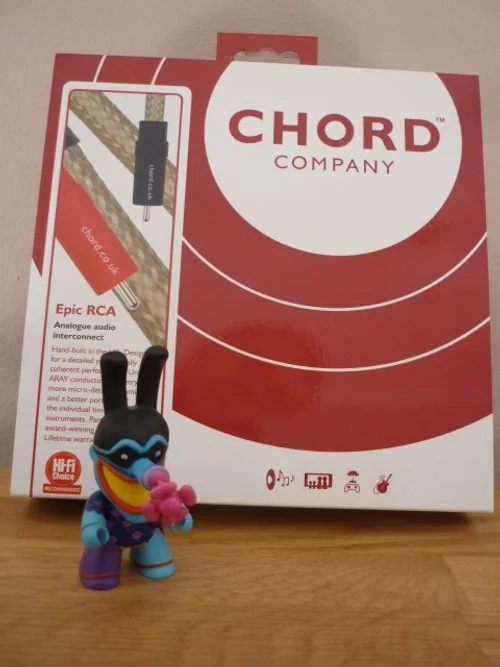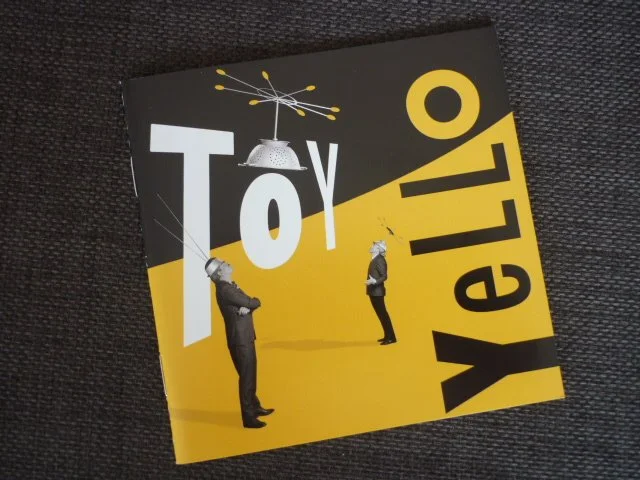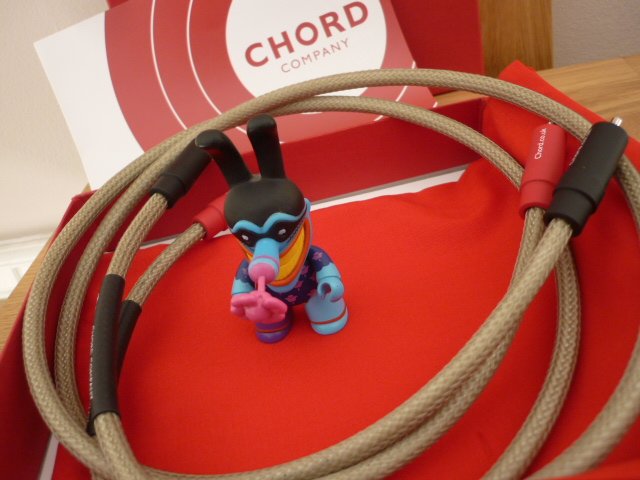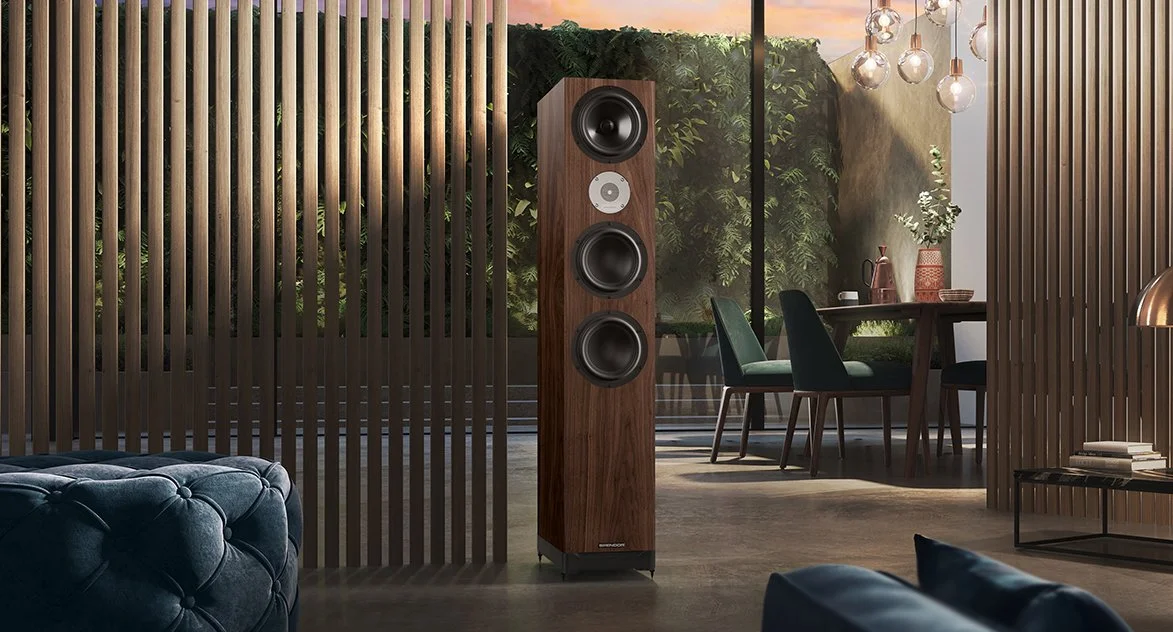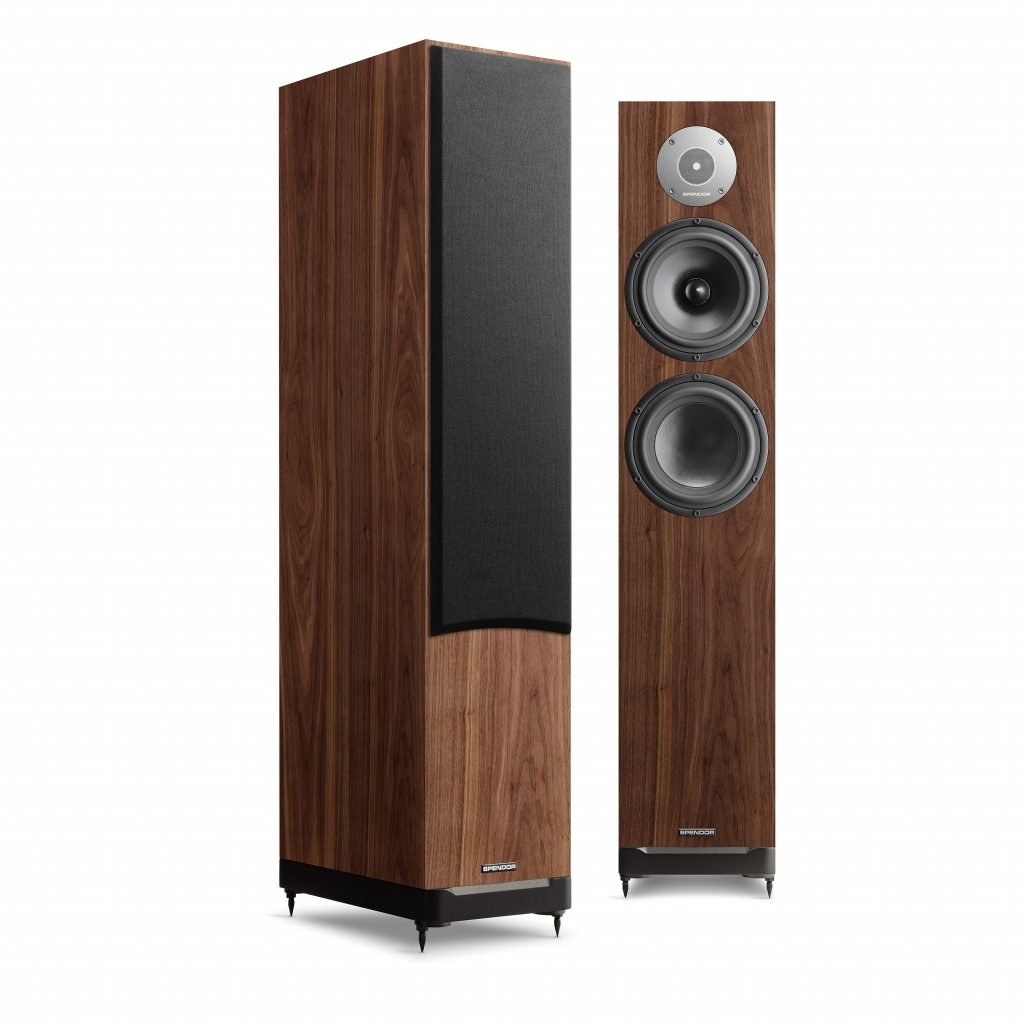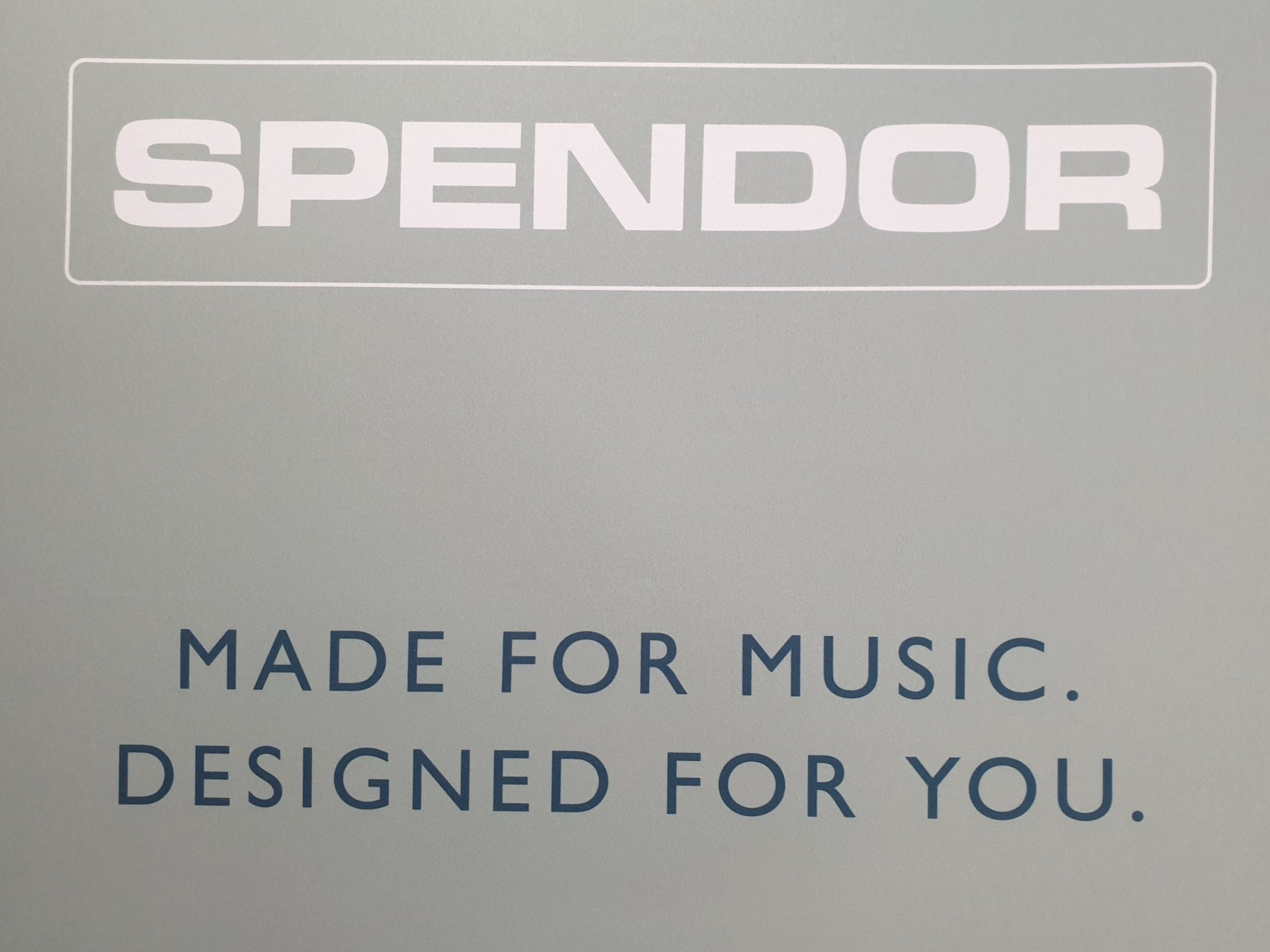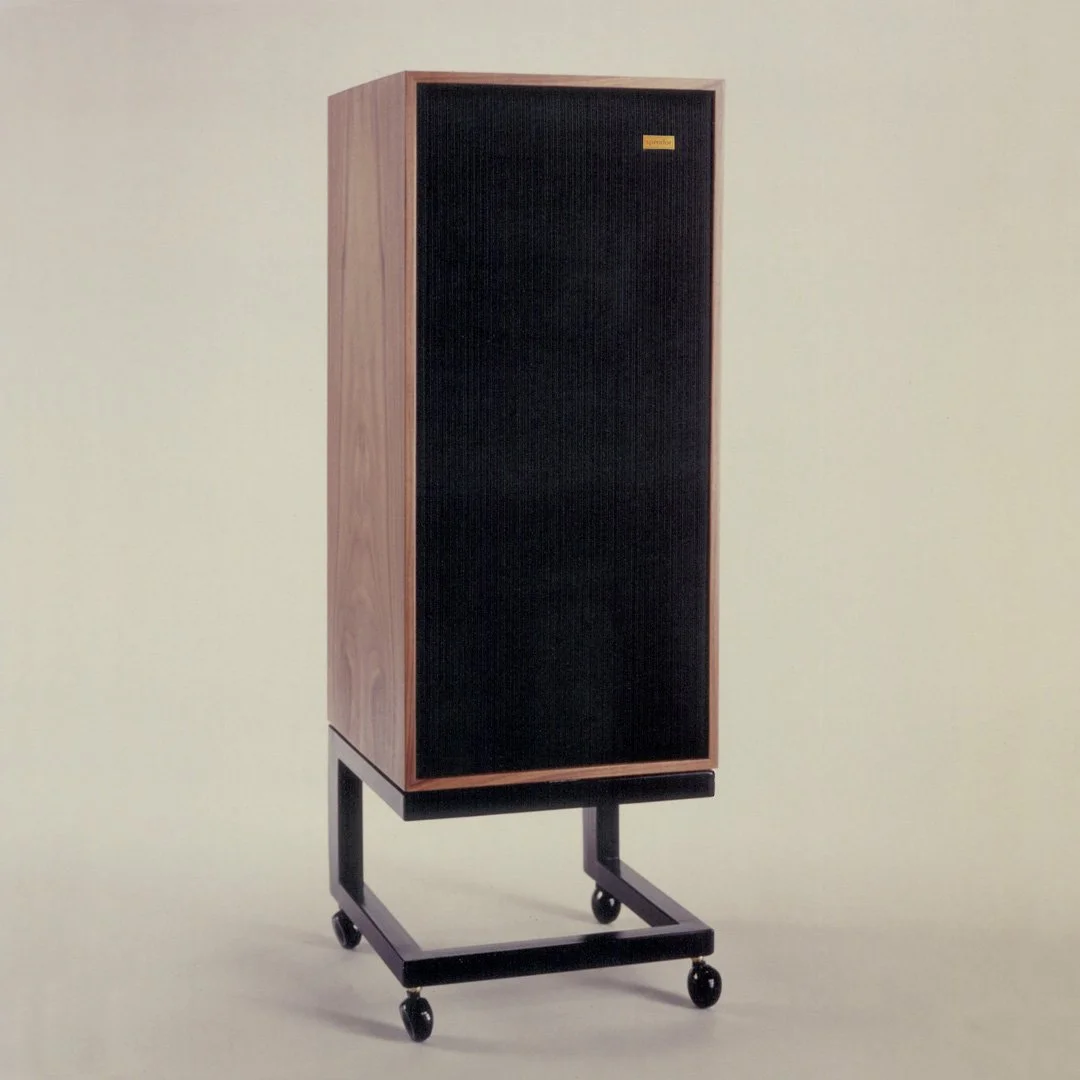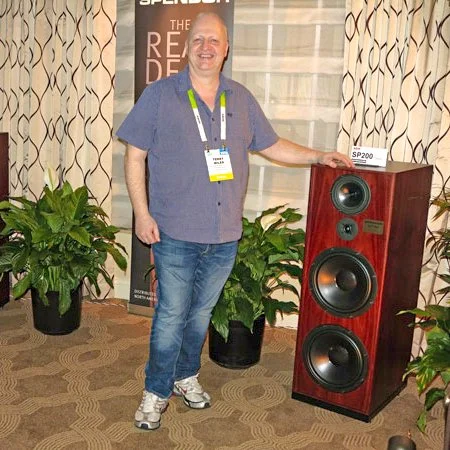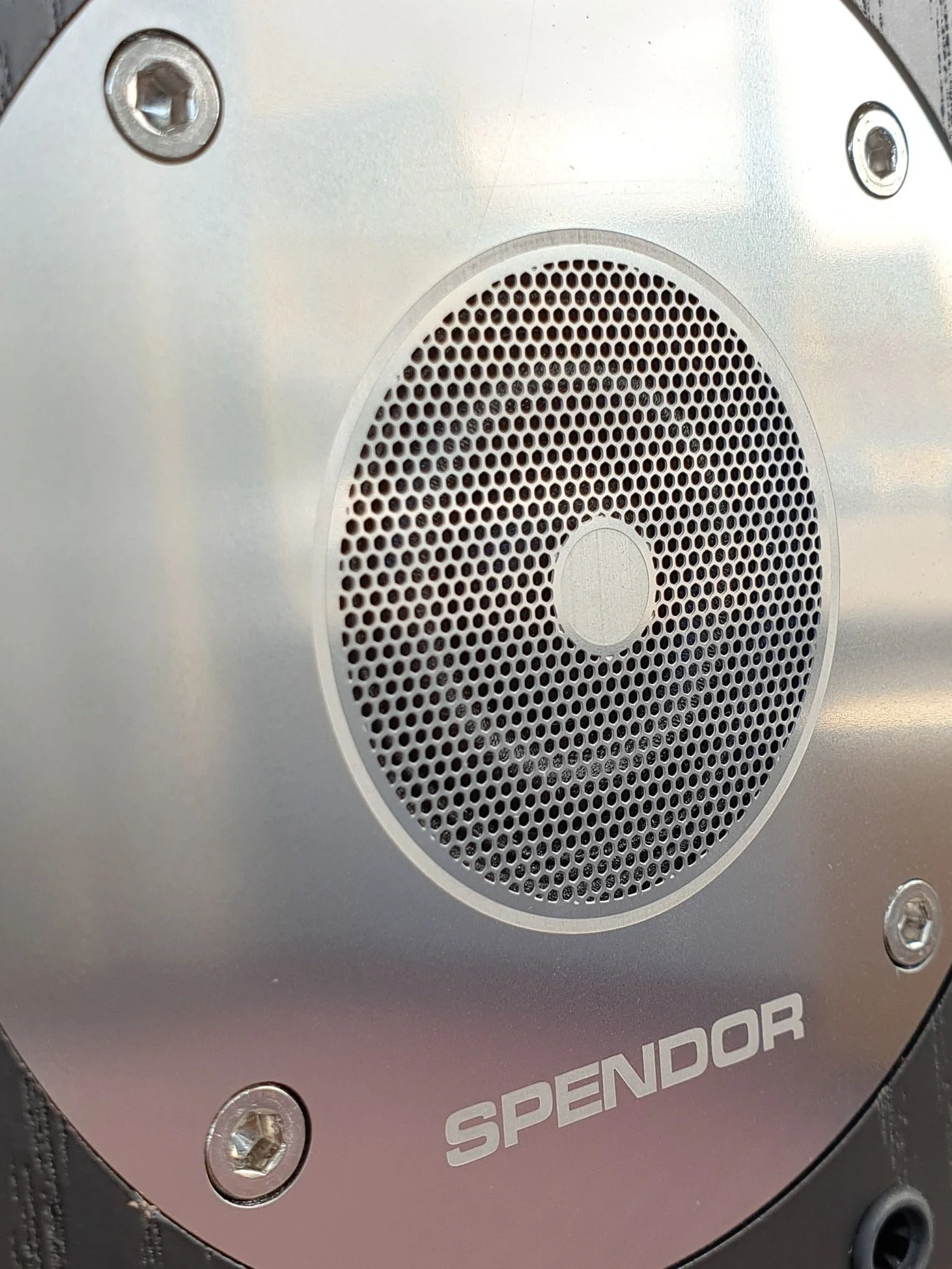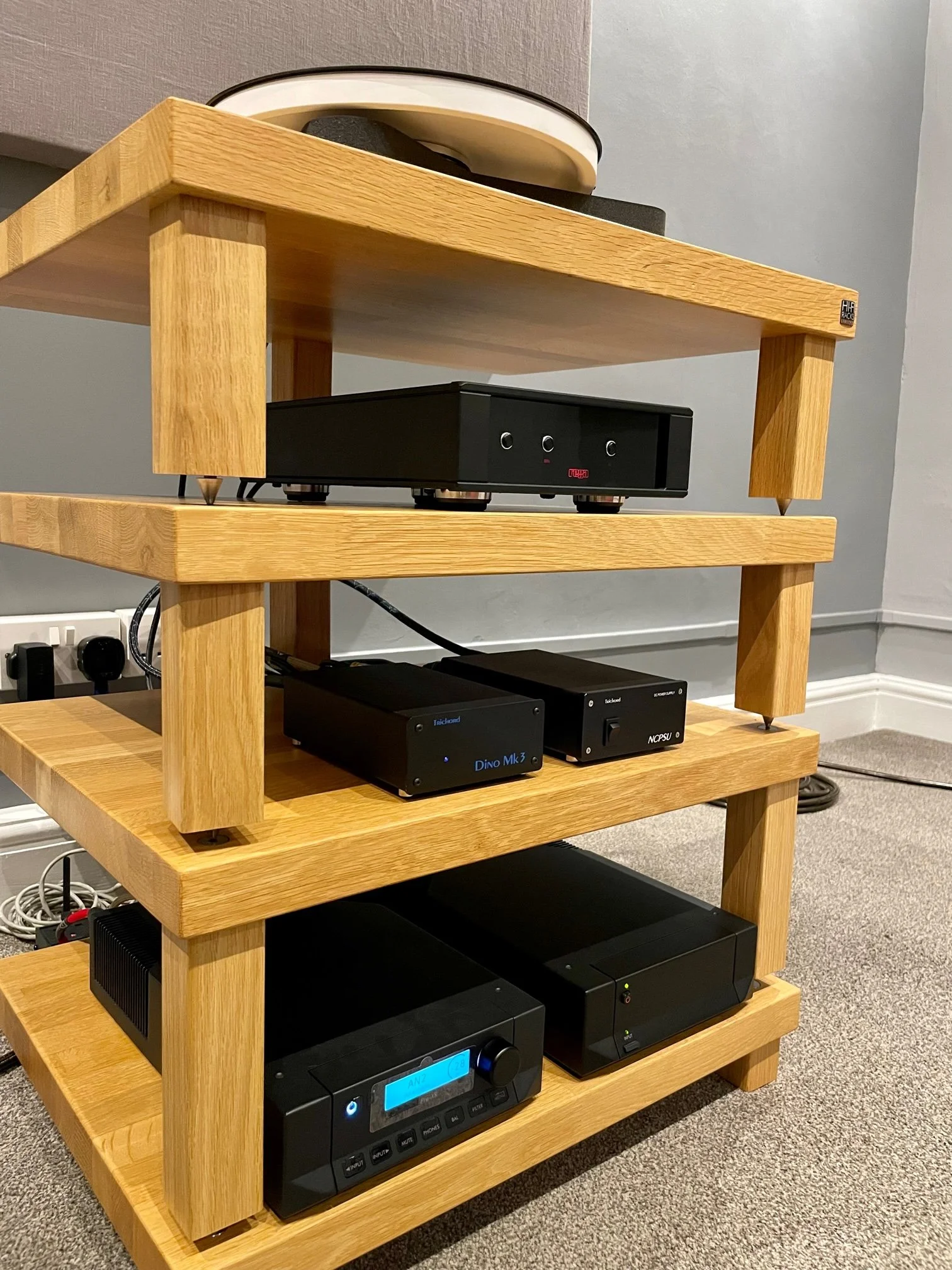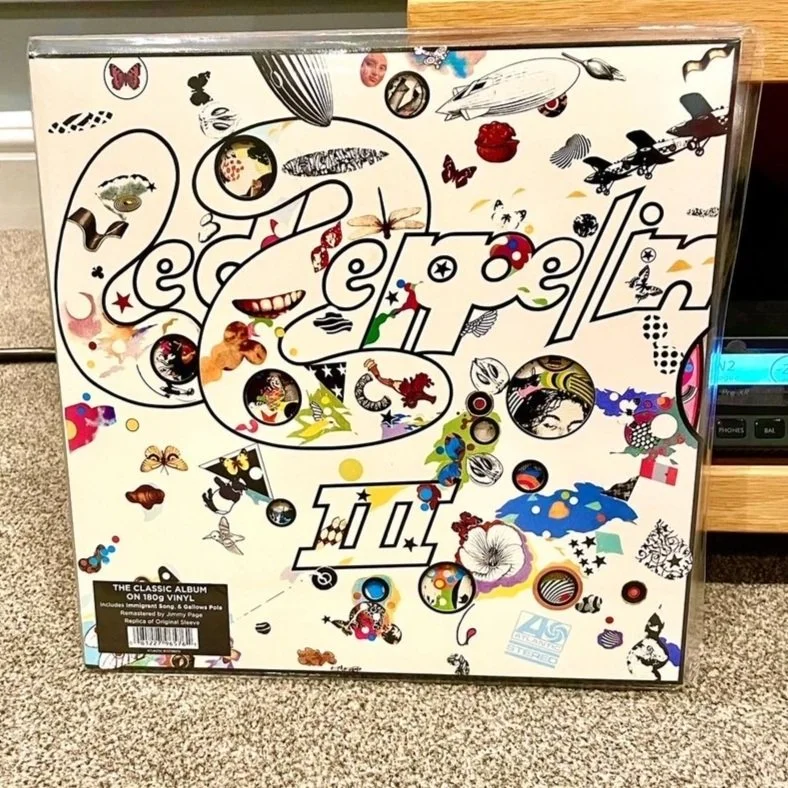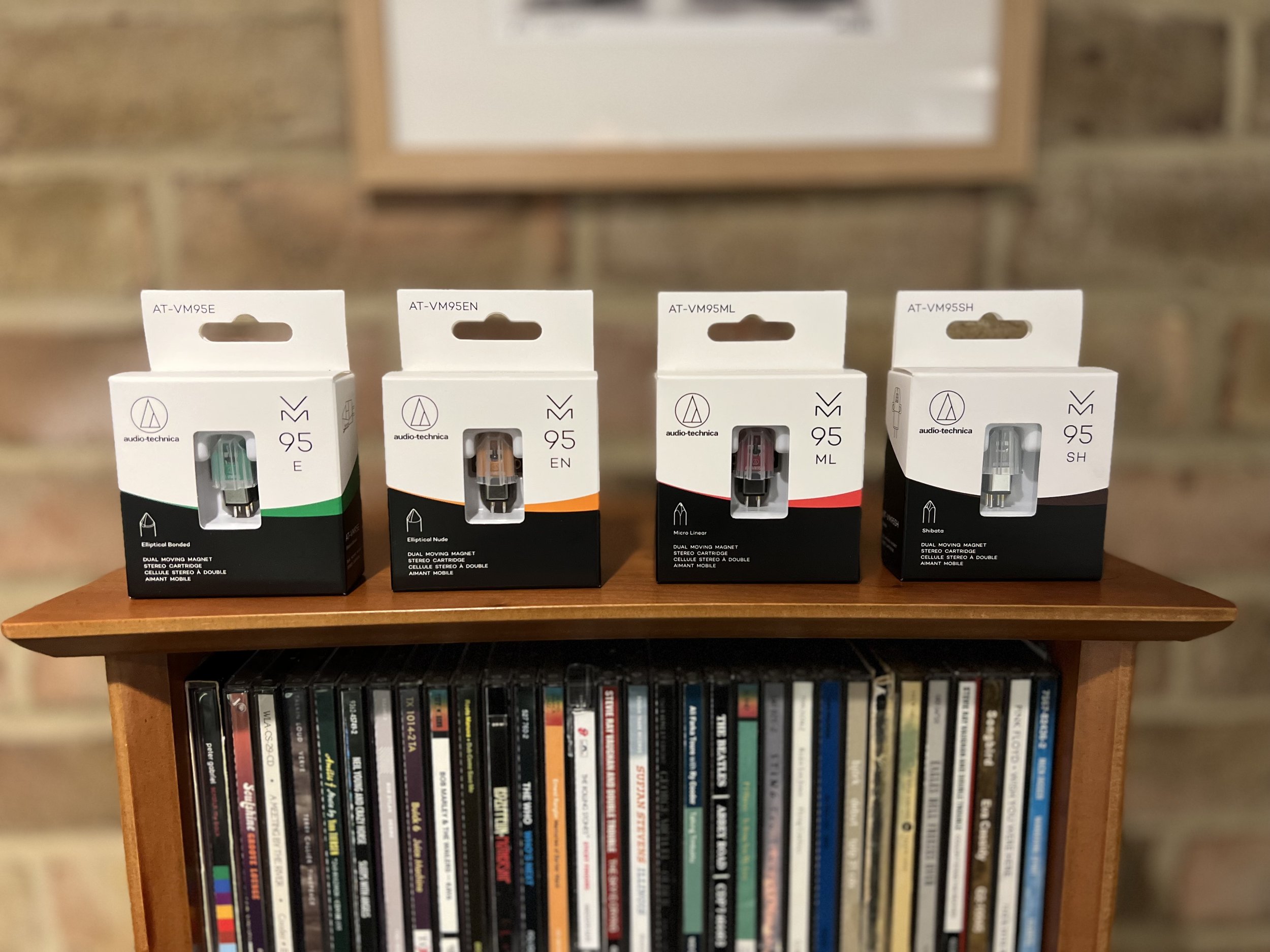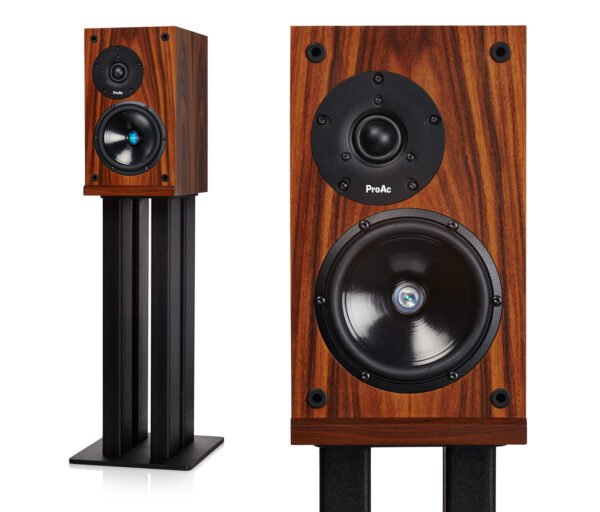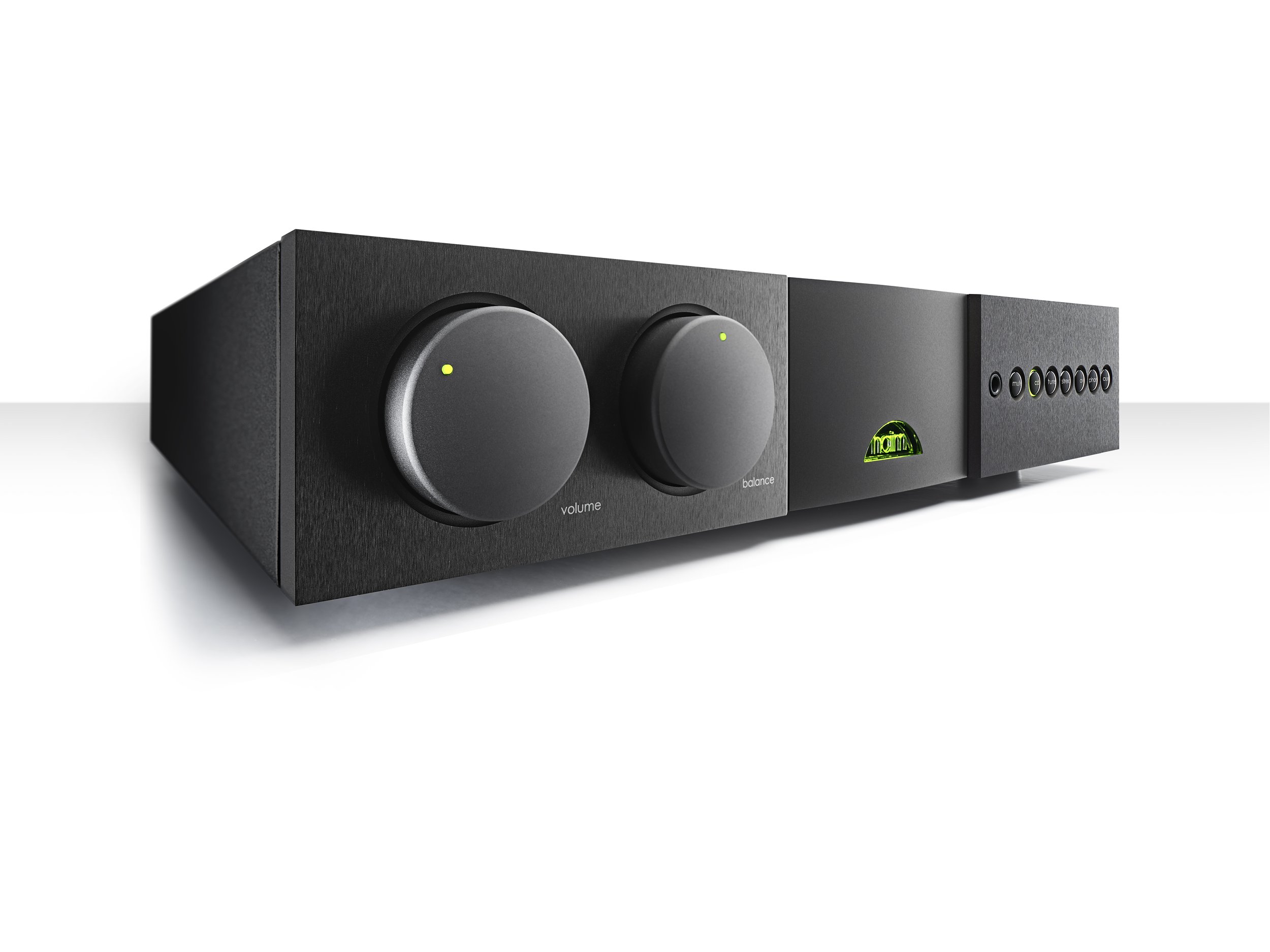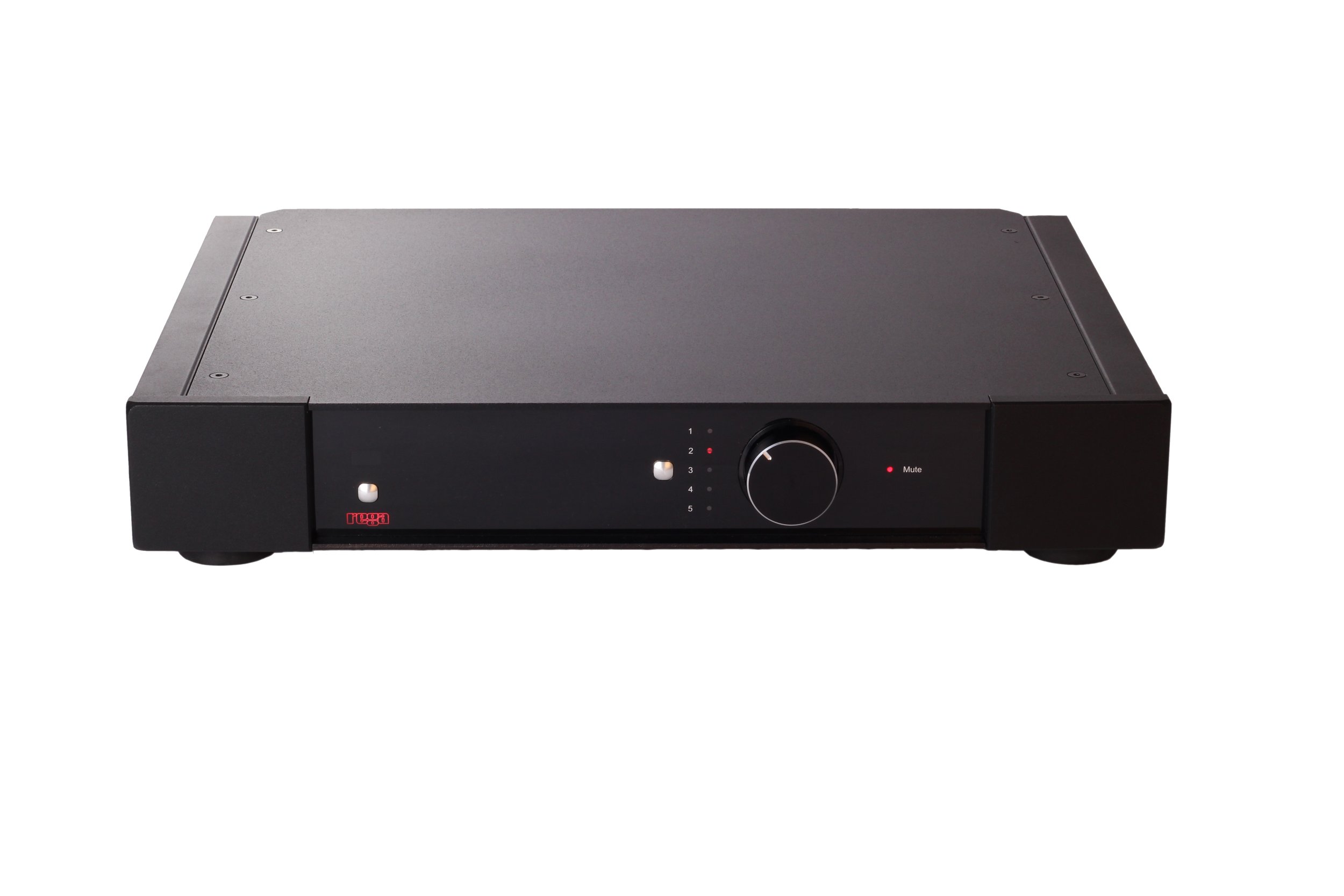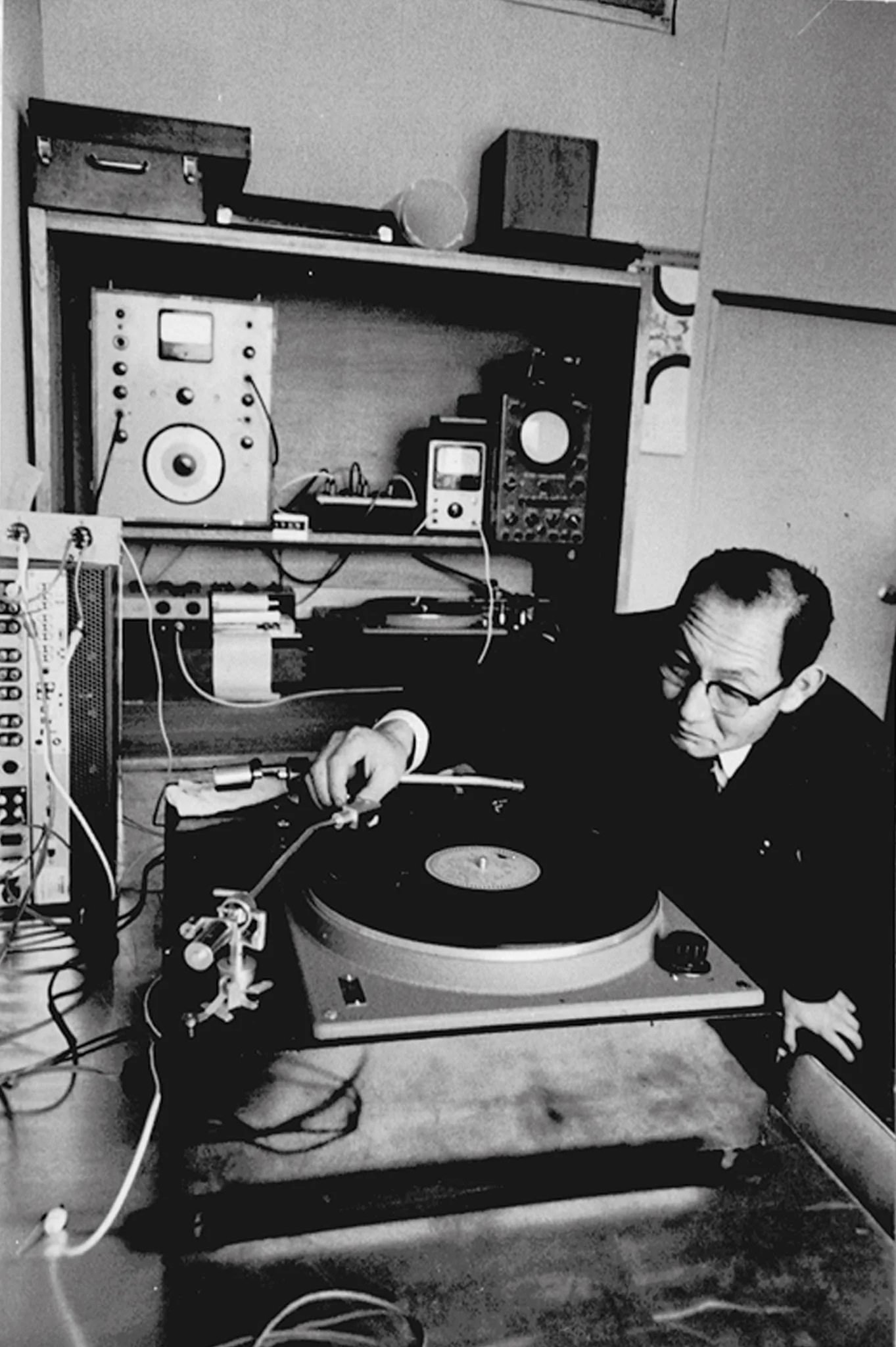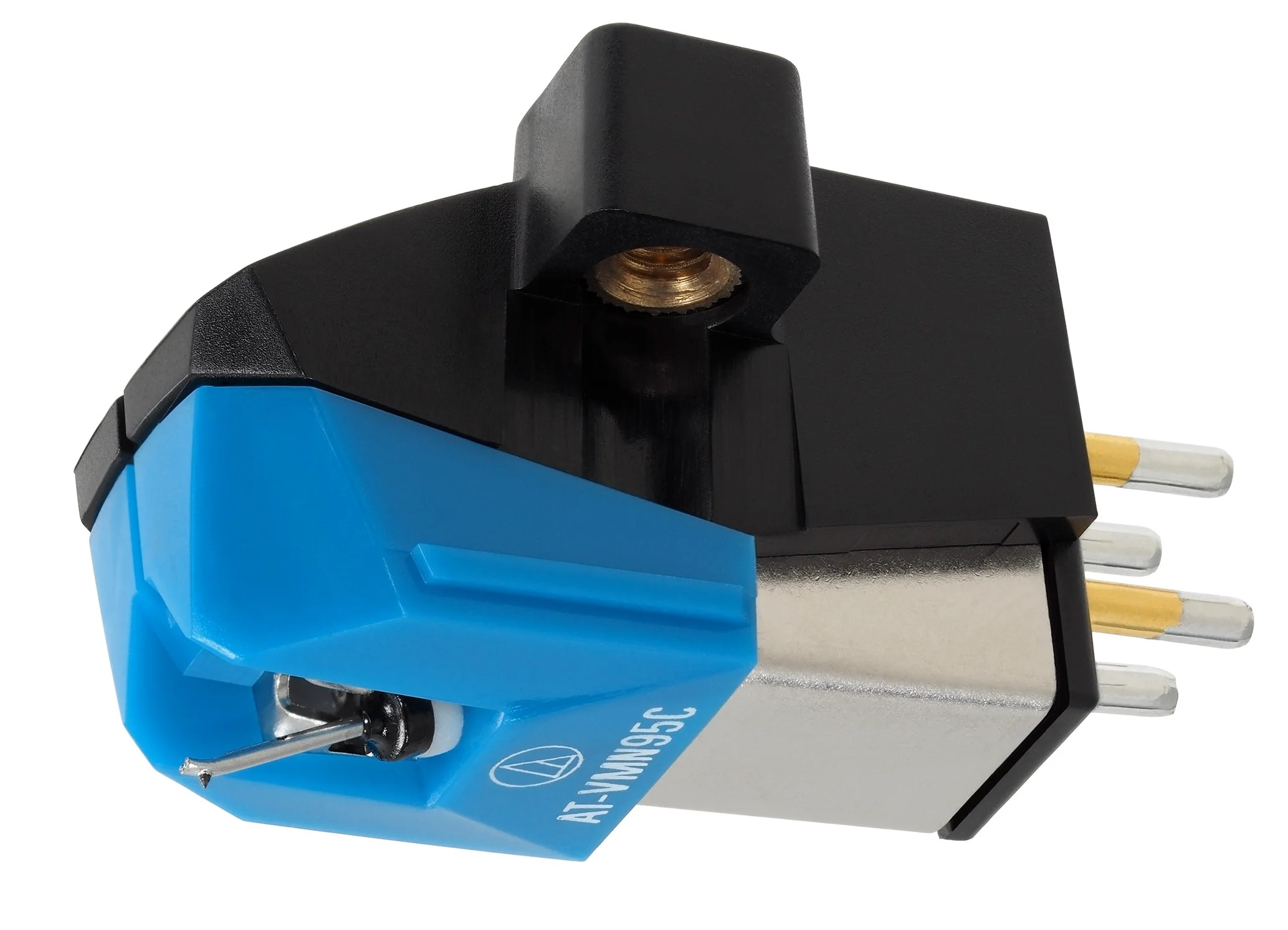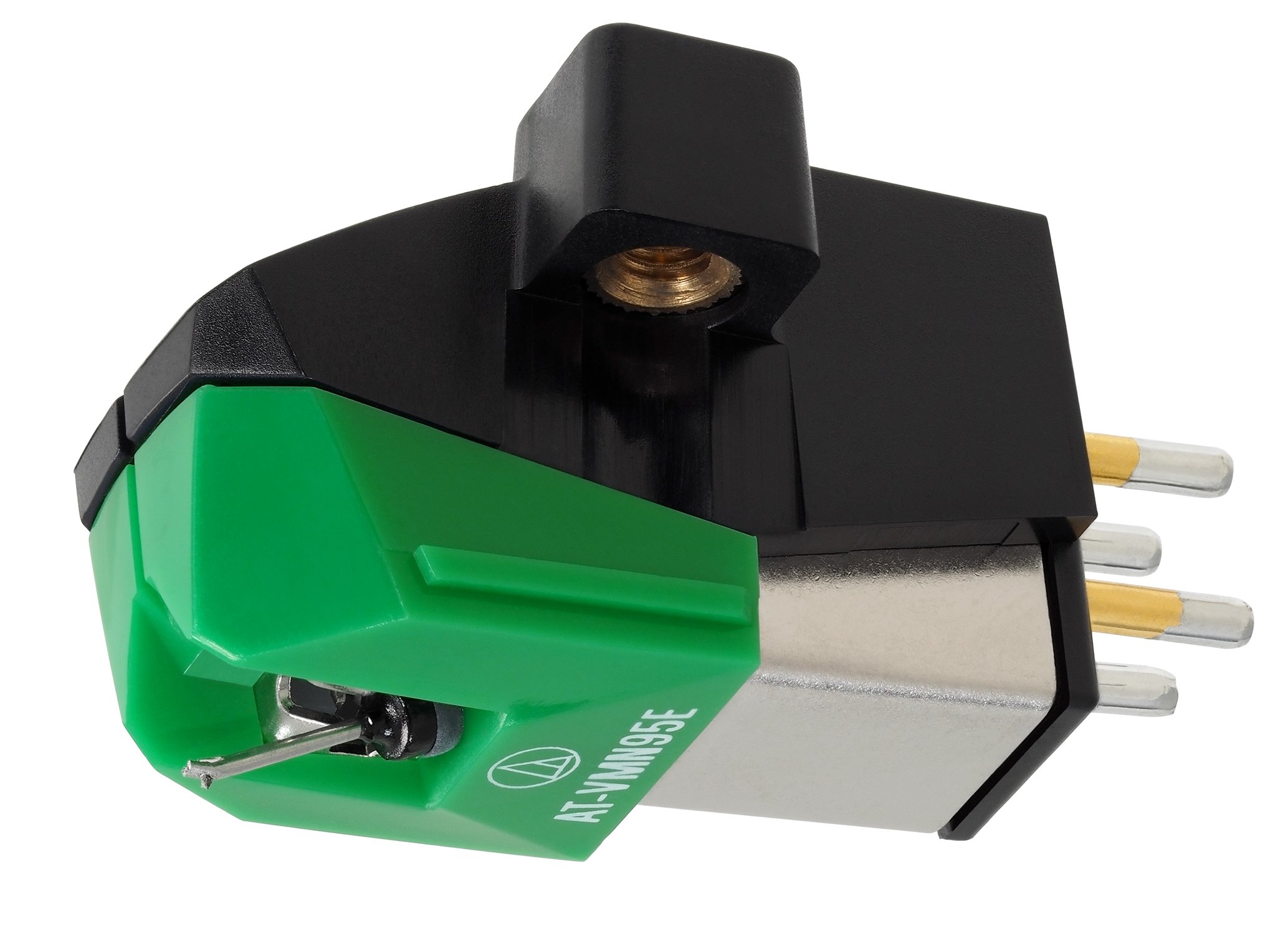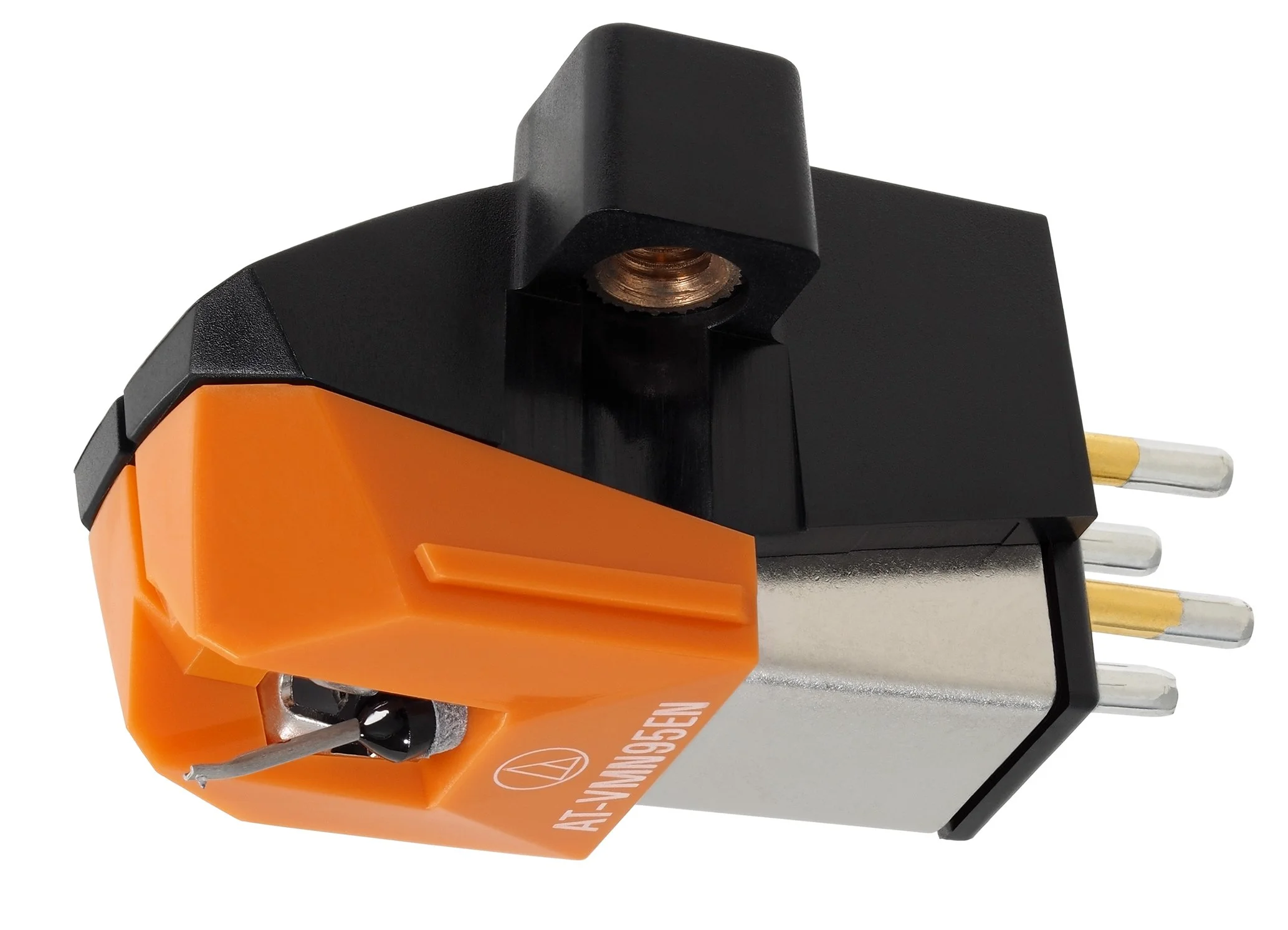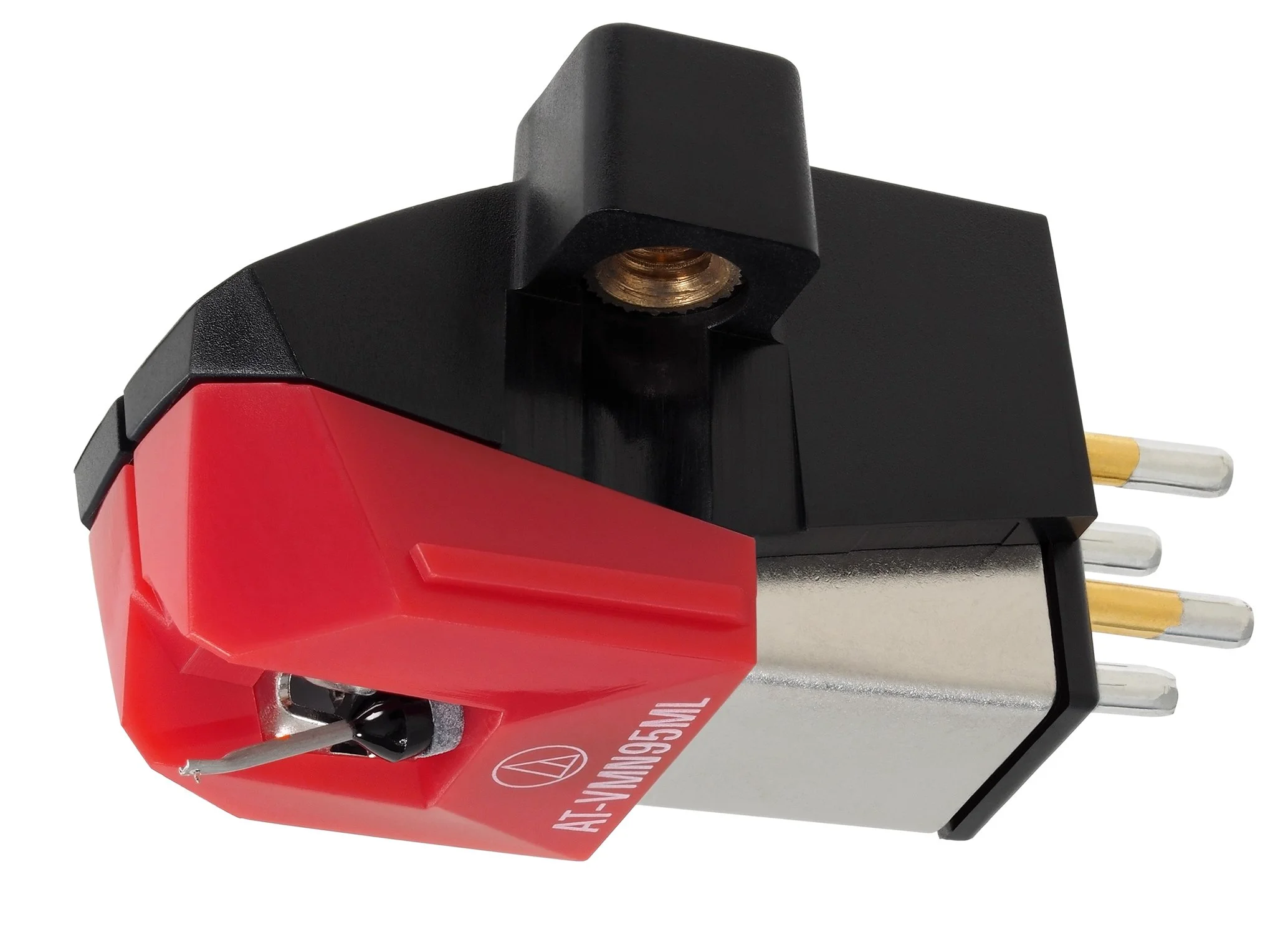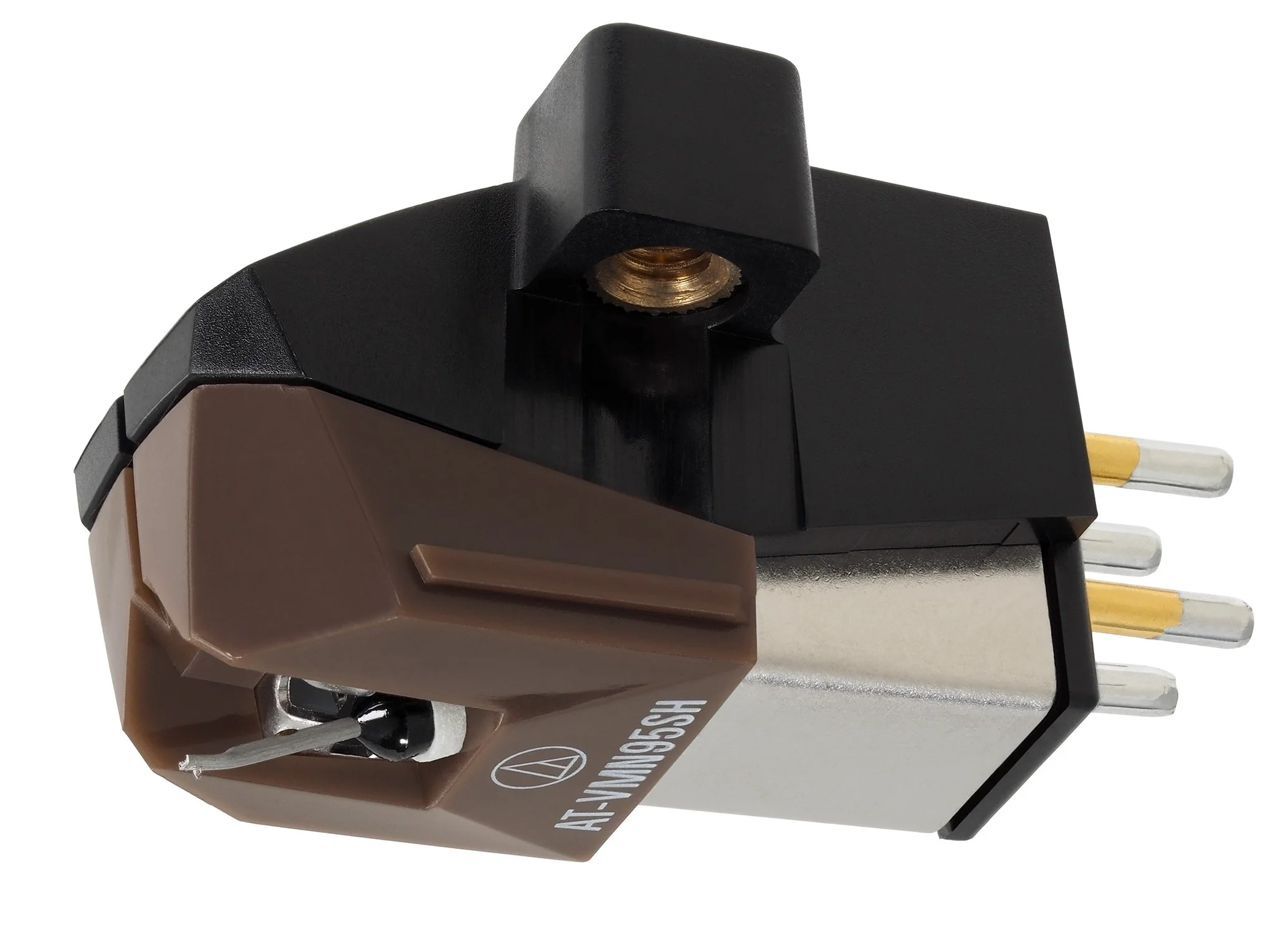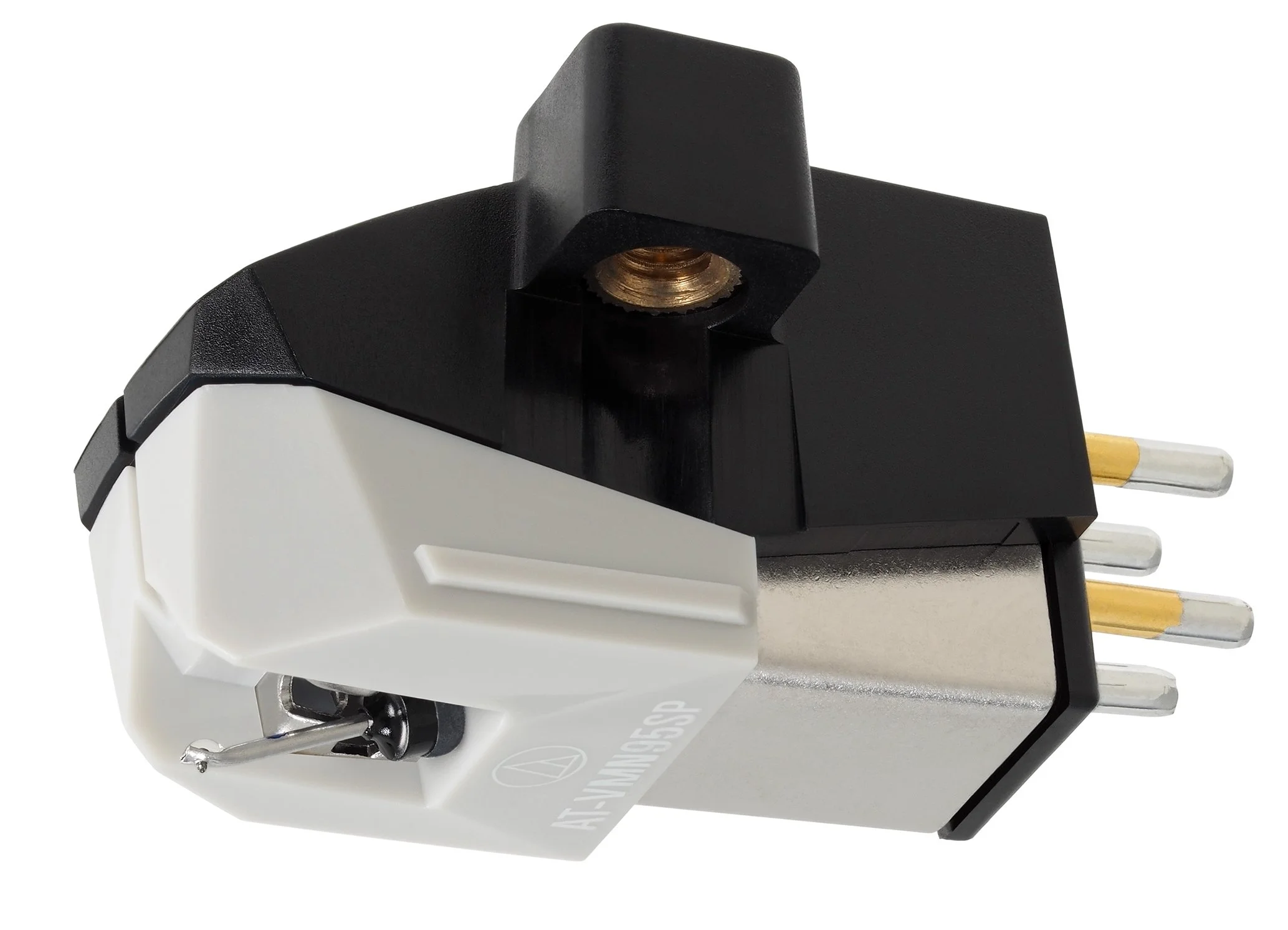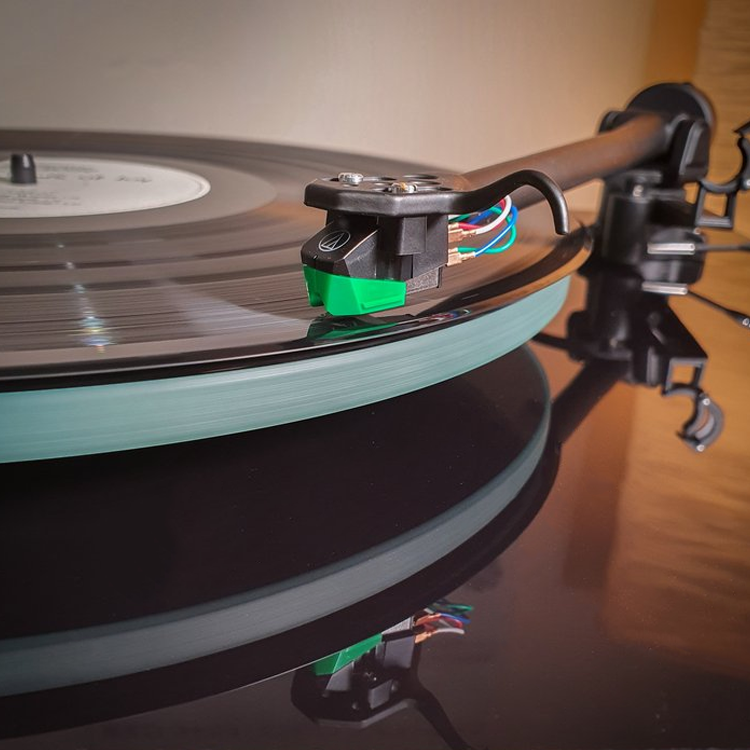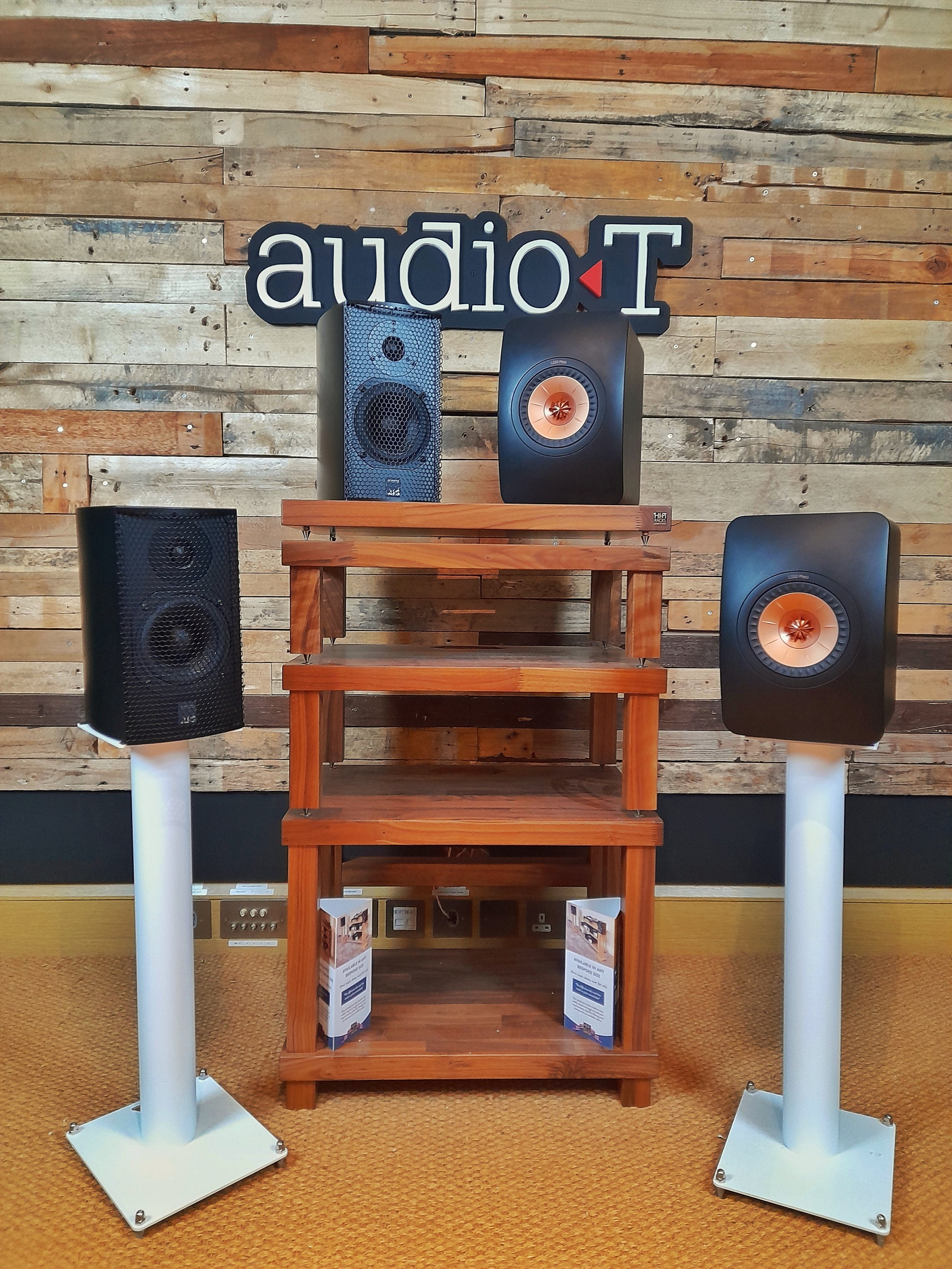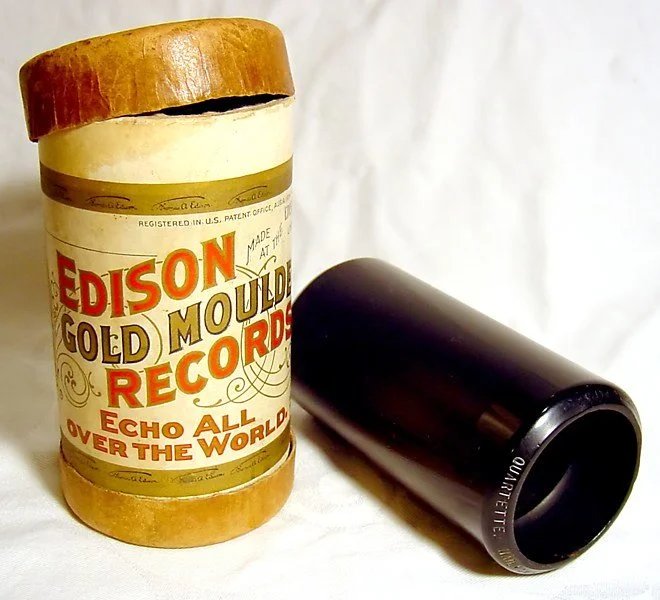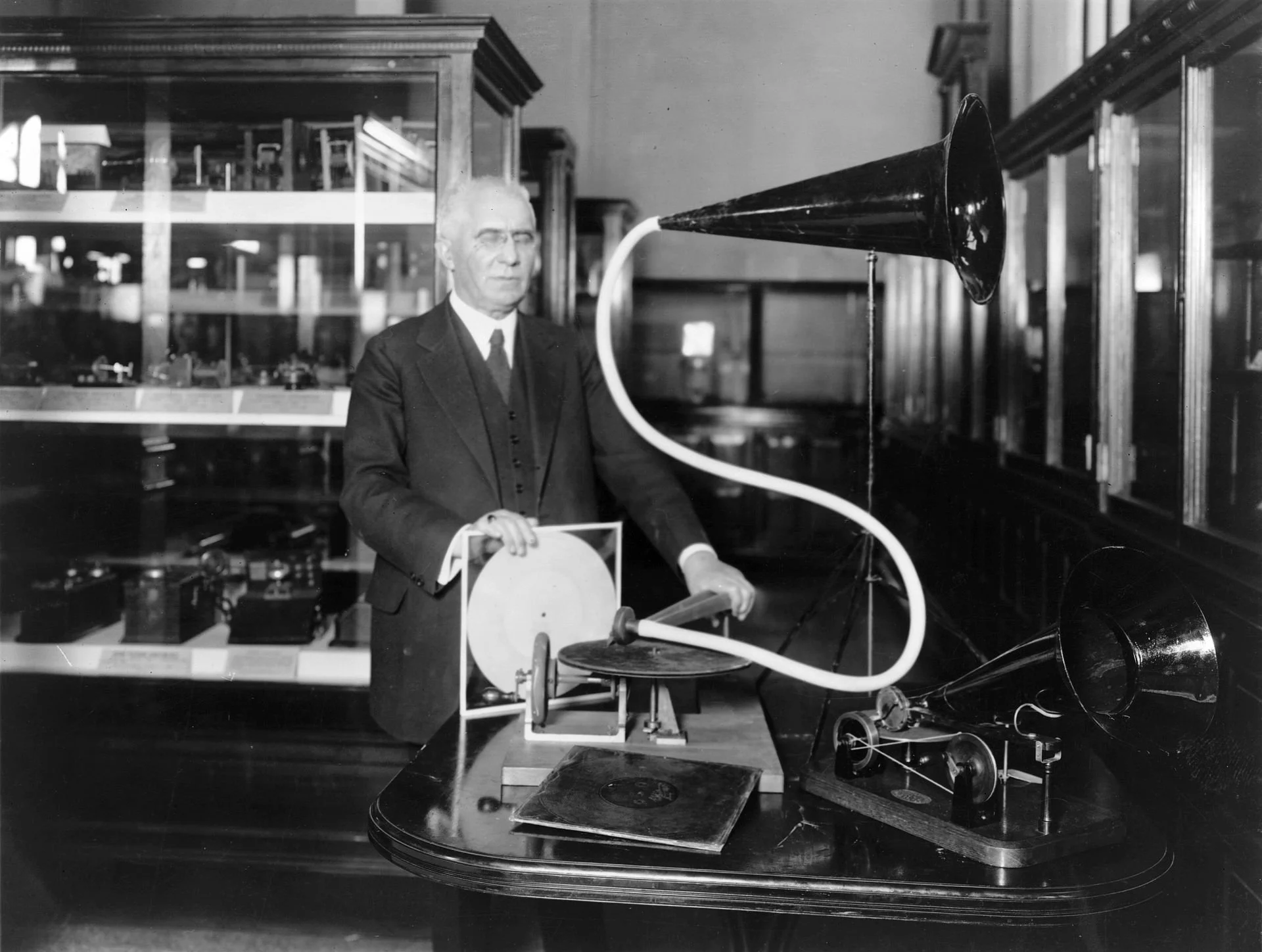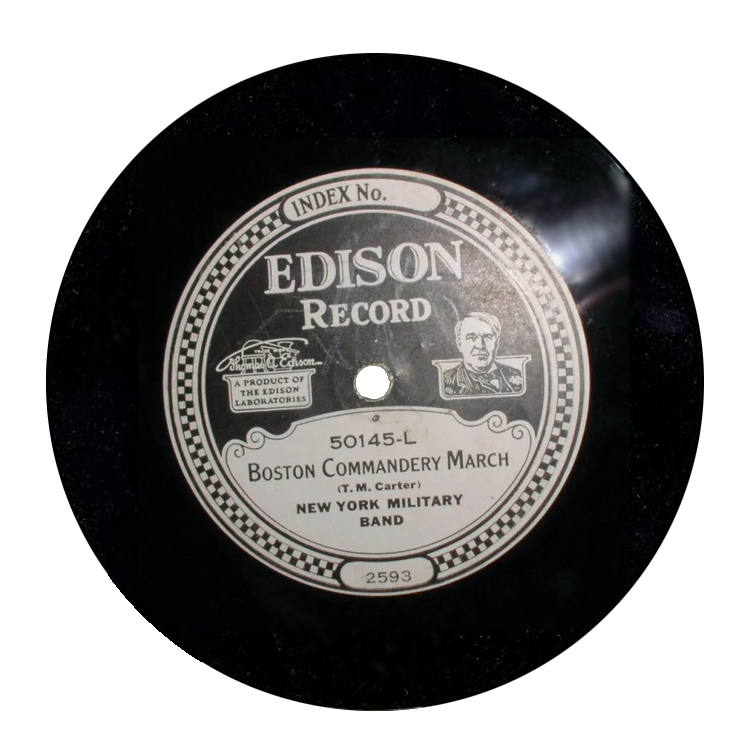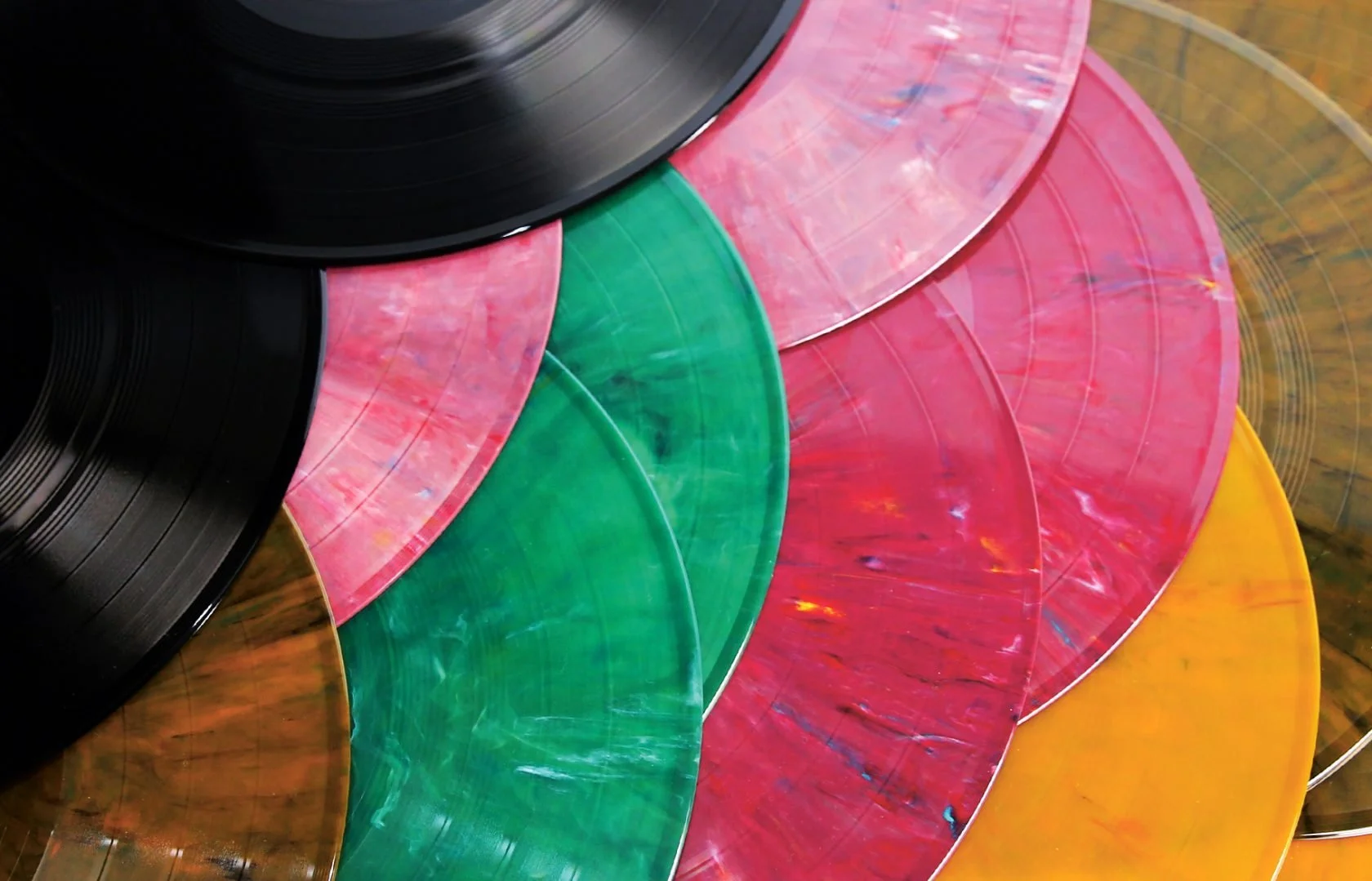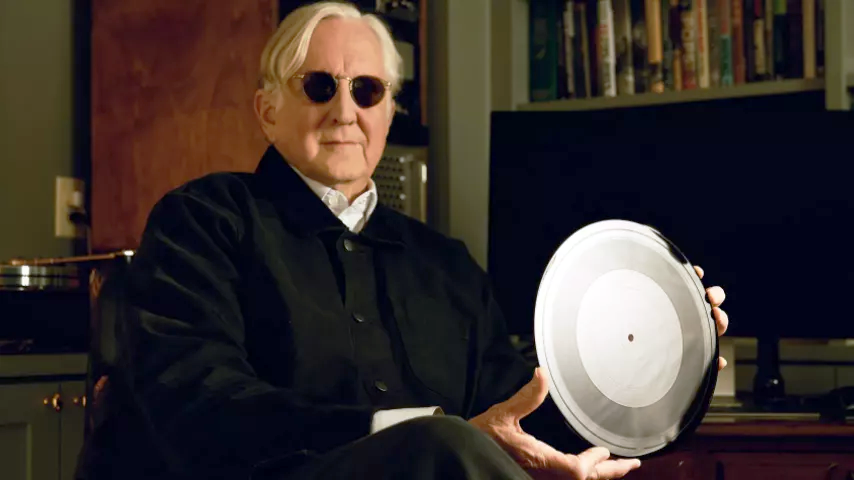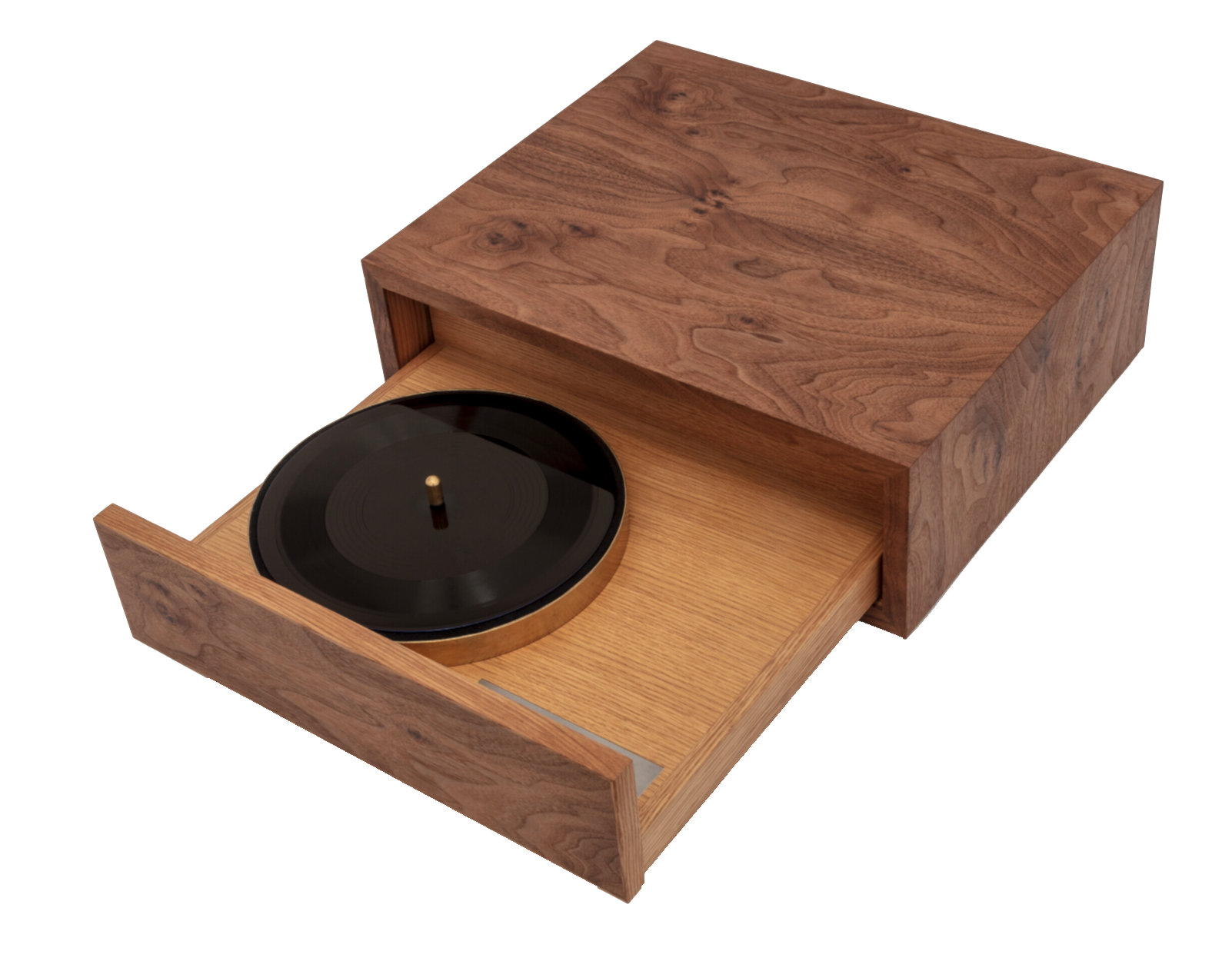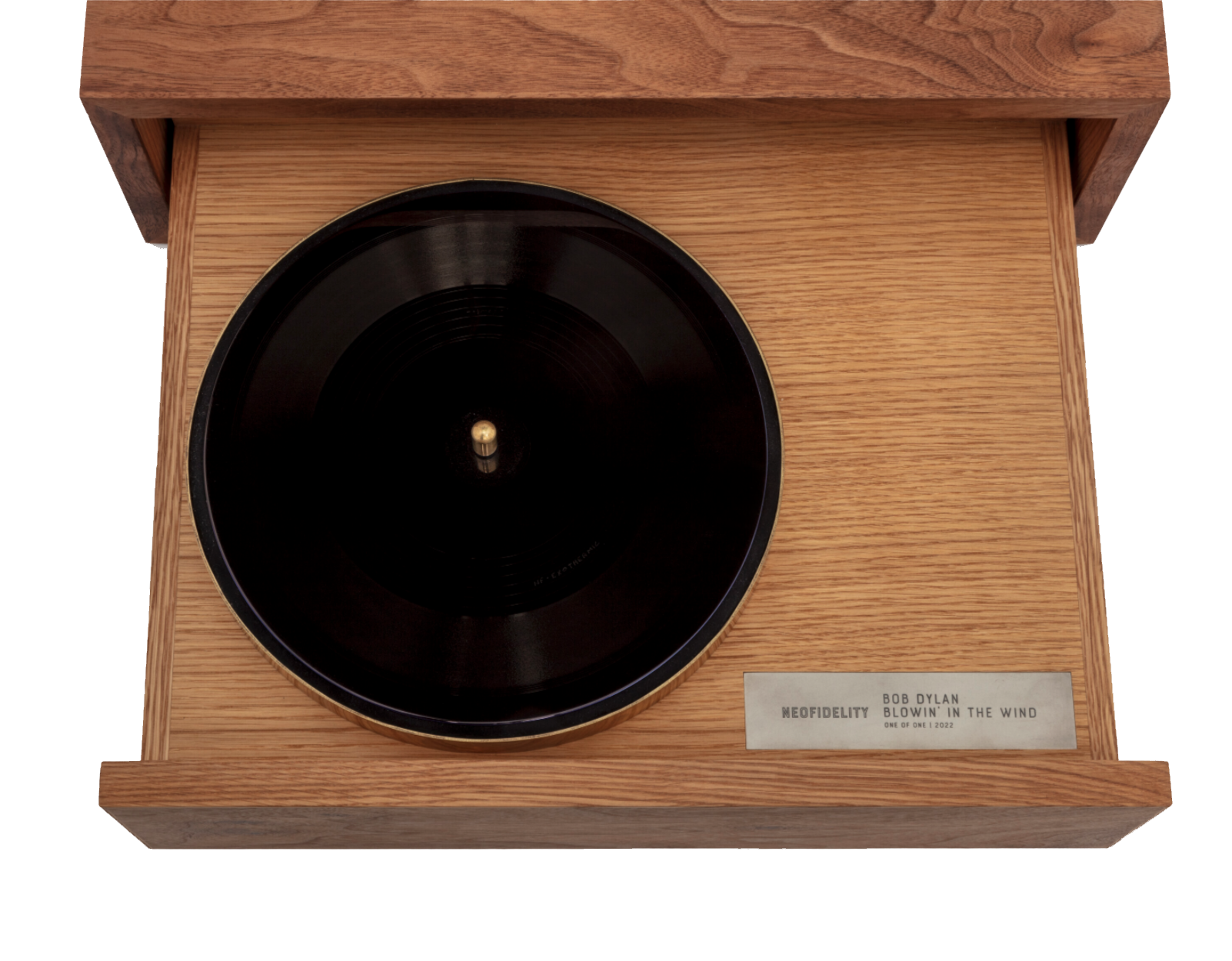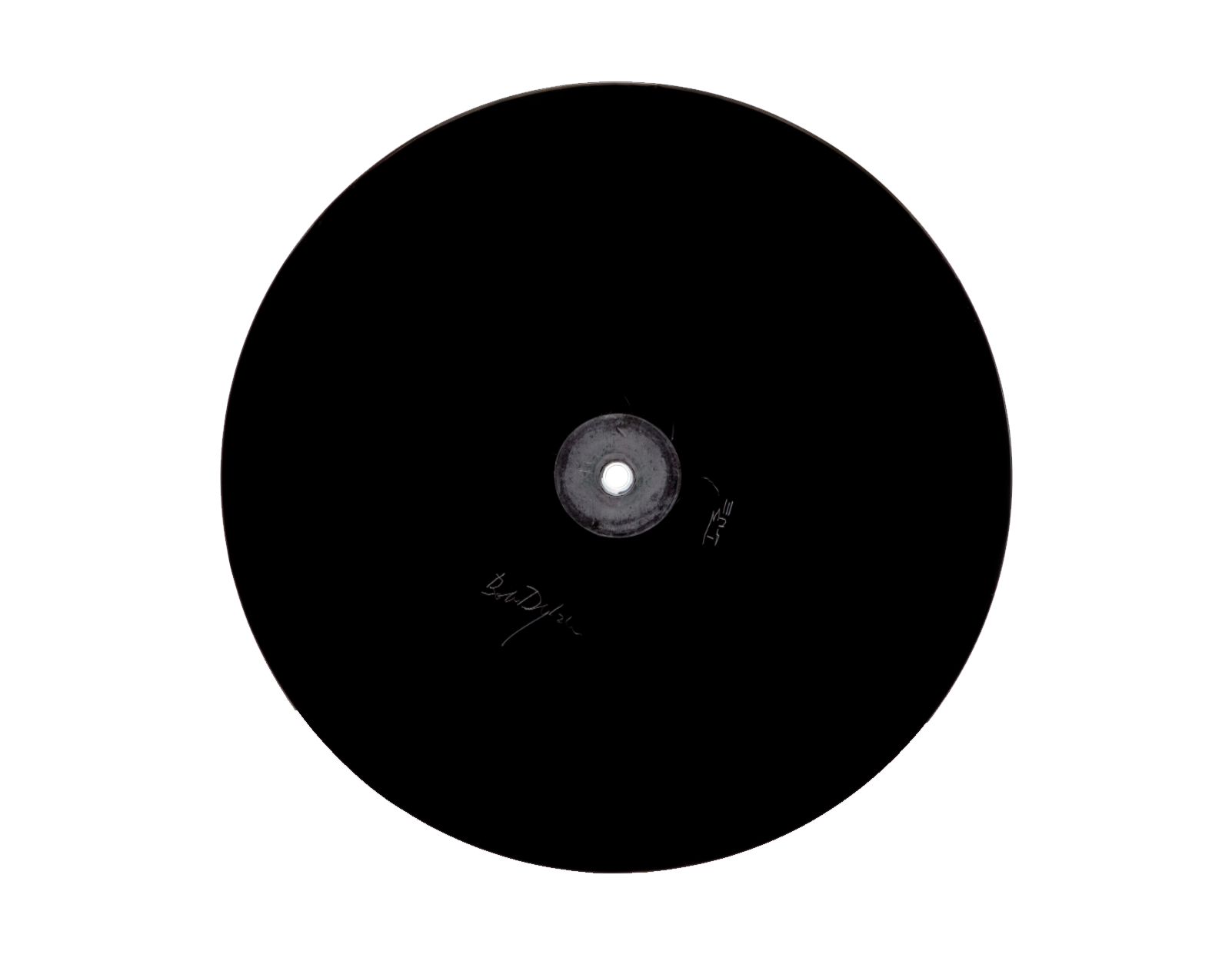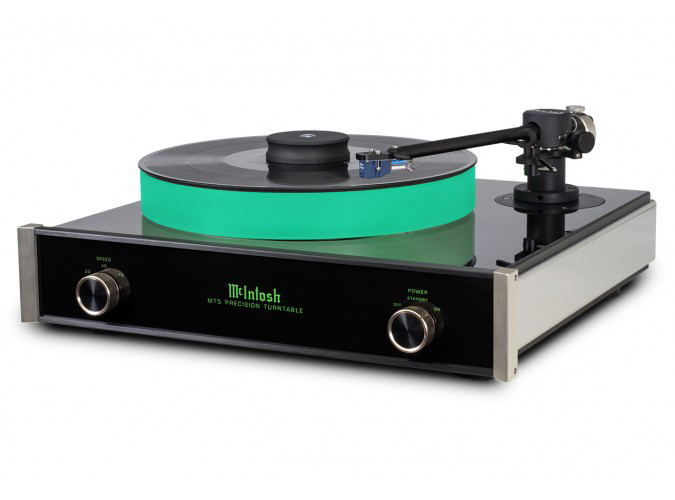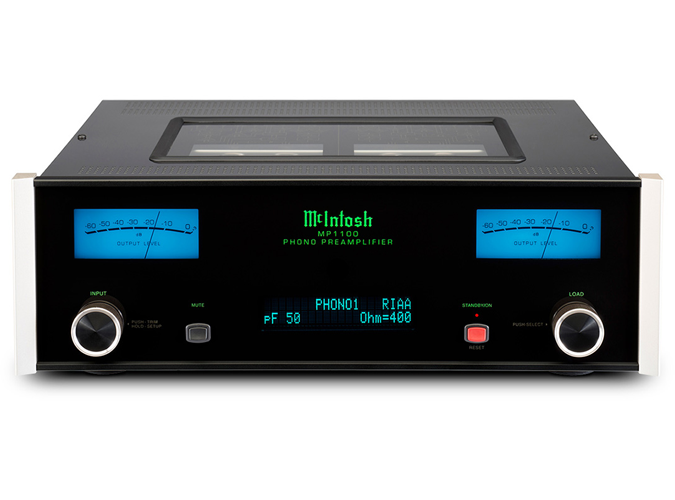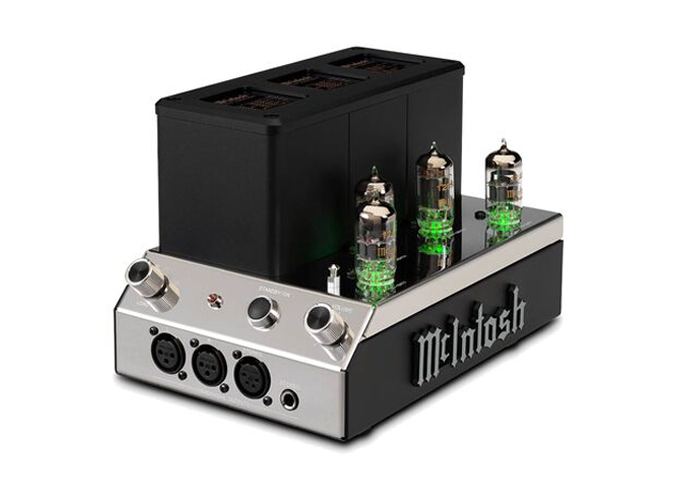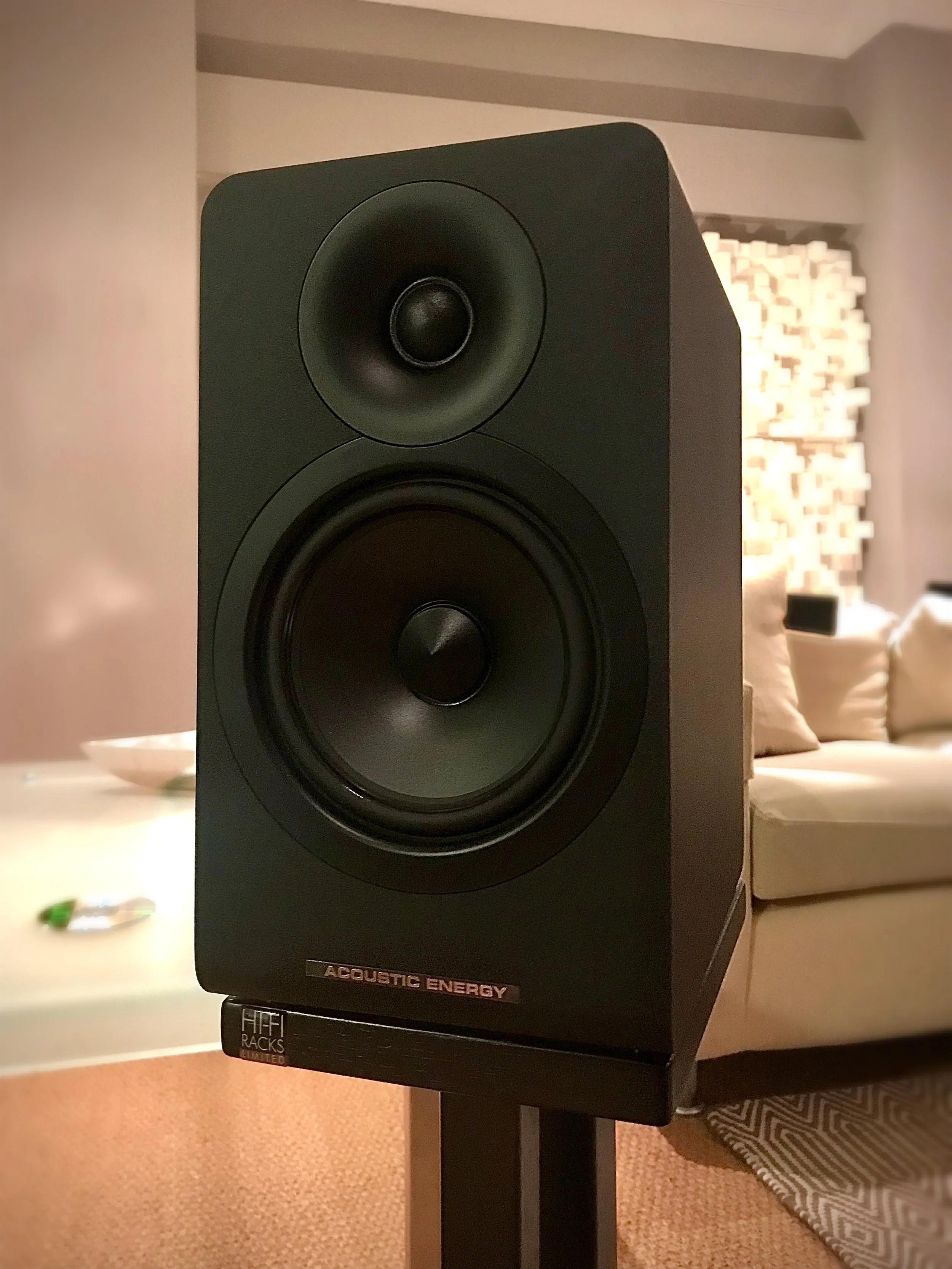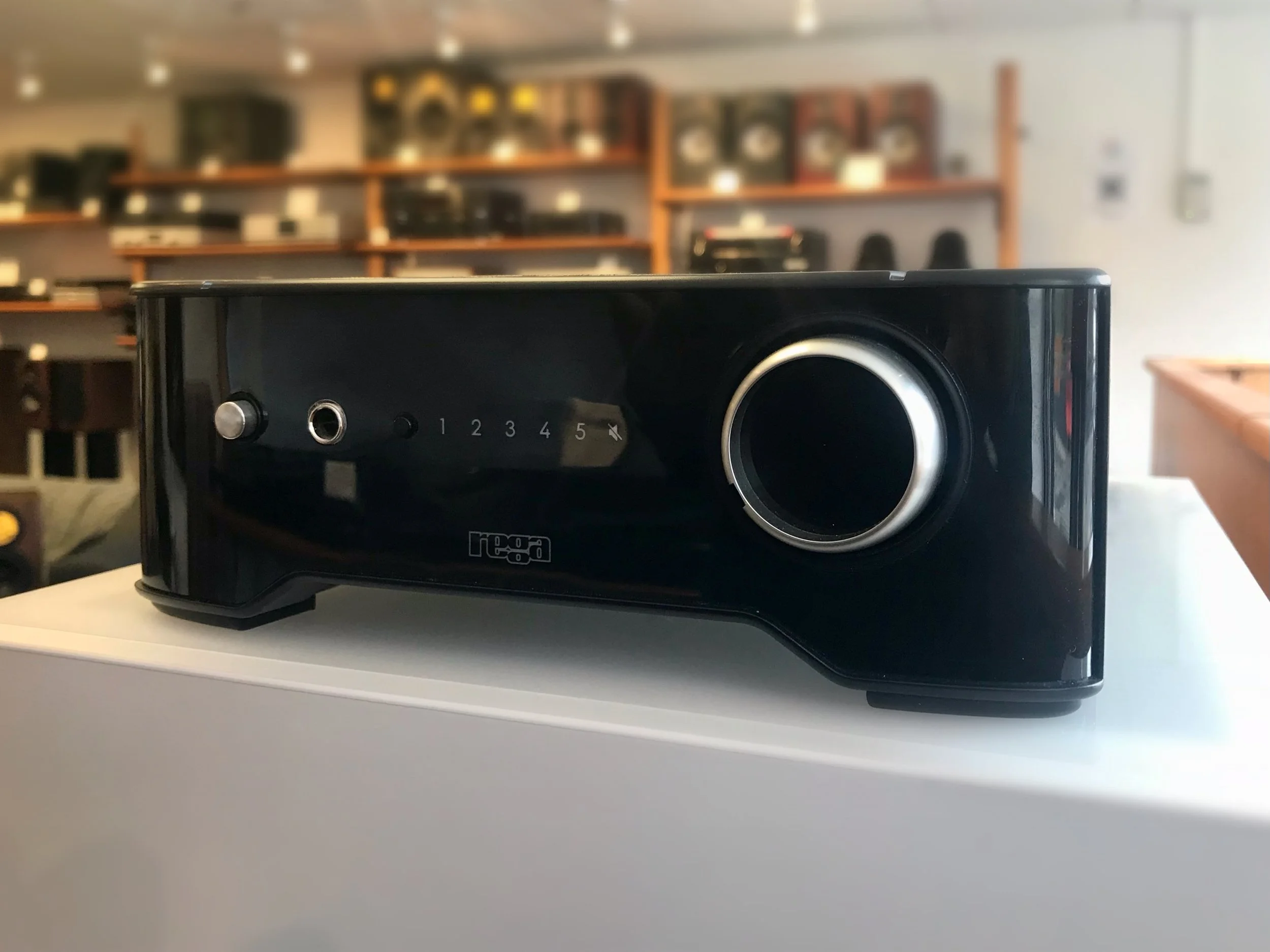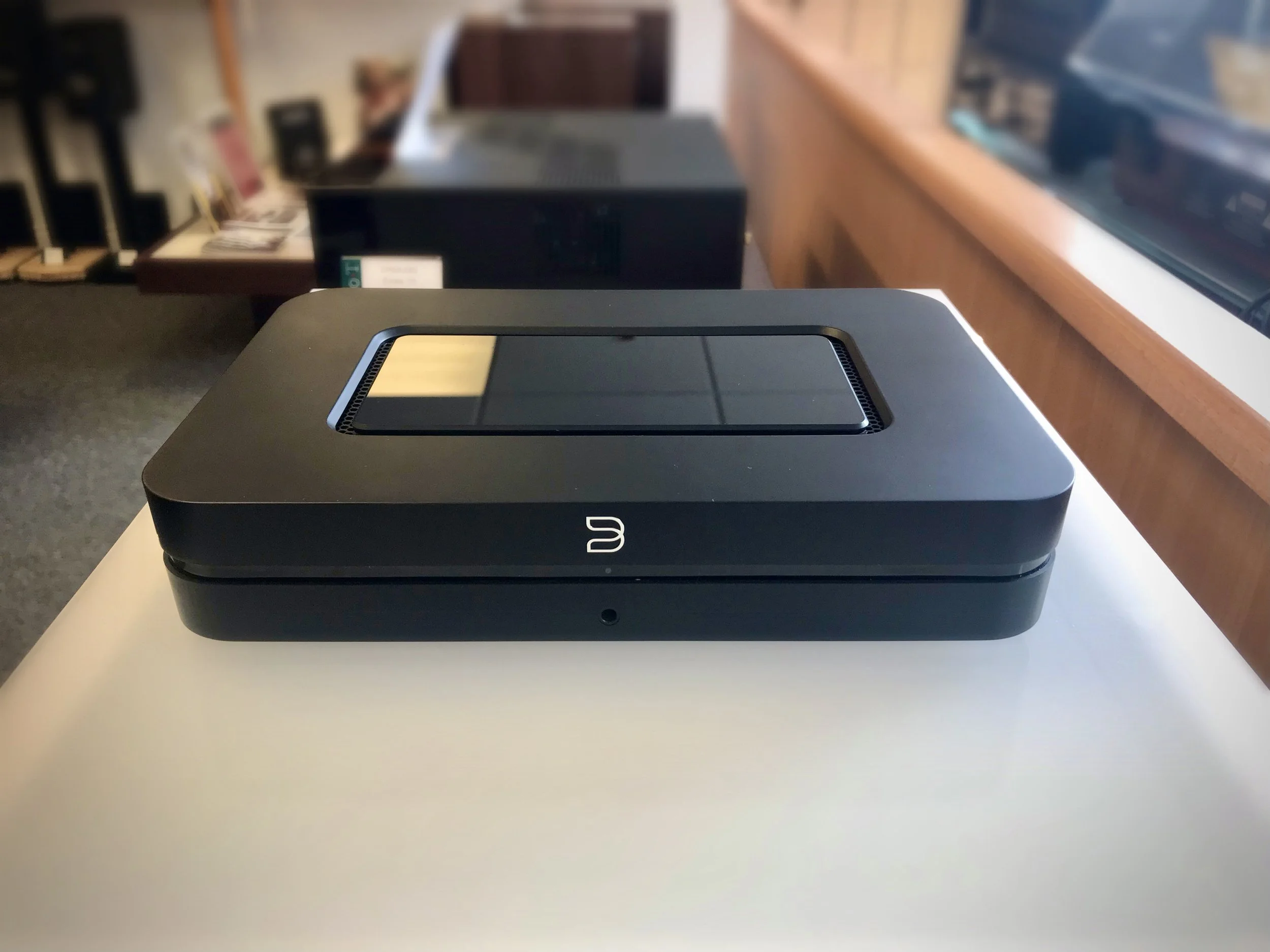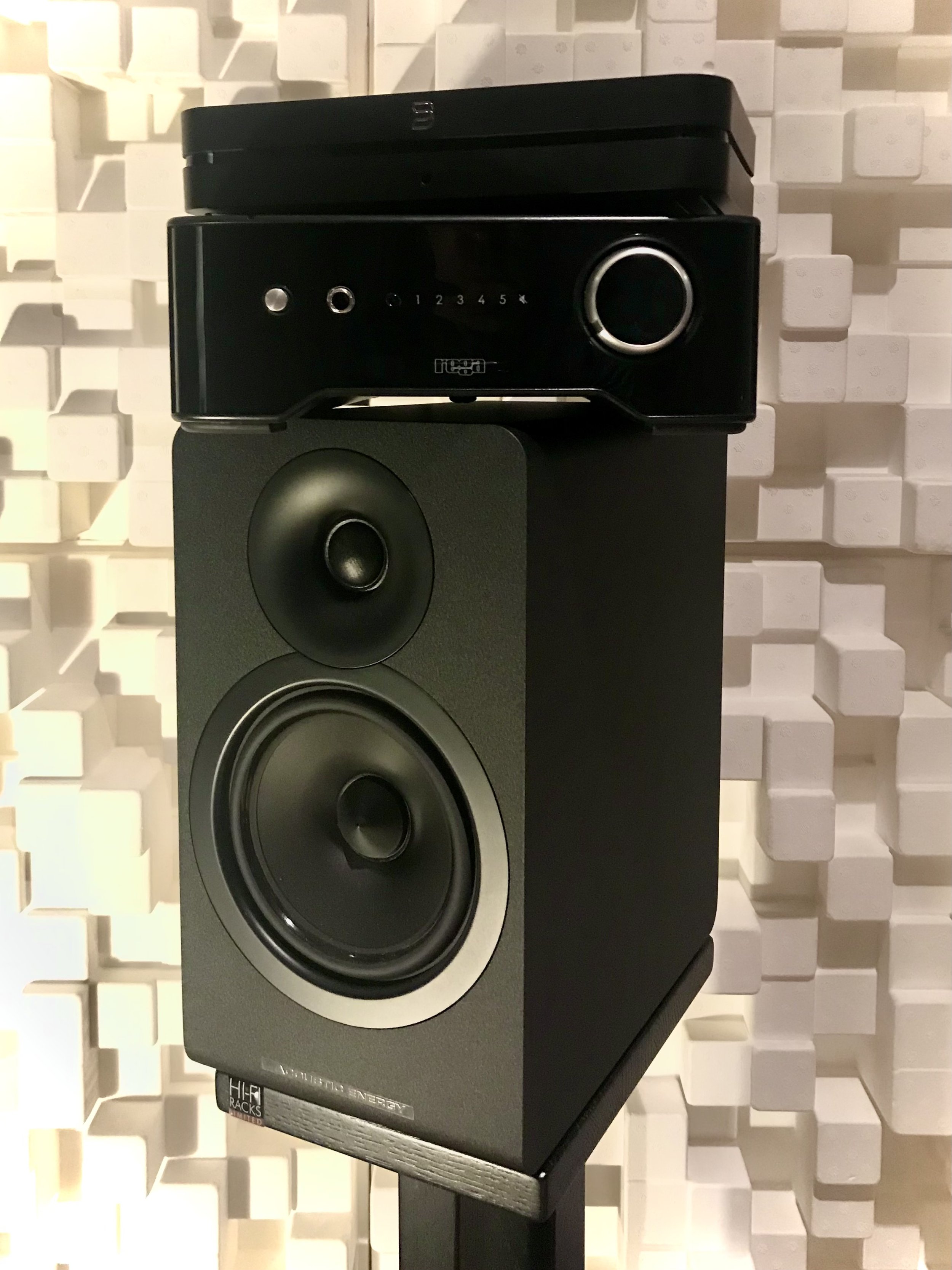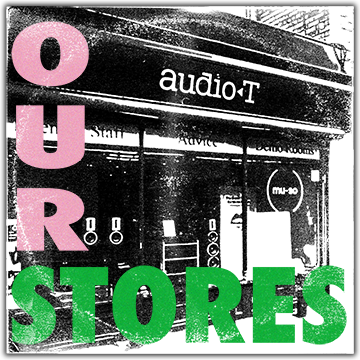Wants Versus Needs & the Audio Demo Room
/For all of its virtues and benefits, the internet certainly has its pitfalls and perils, especially when you’re looking for advice or guidance on a product that you think you might need…
“I'm Looking for a Streaming CD player that has a Dolby 5.1 Headphone Amp with built in Bluetooth Turntable, do you stock it?”
These broad and sometimes strange enquiries have inevitably made their way into our stores. Saturdays have become somewhat random I can tell you. I don’t know exactly when it happened, but I think it began around second lockdown and still continues today…
“Do you have speakers that are good at ‘70s prog rock? I want to be able to stream music from my computer in the attic to my living room from my bathroom. I've converted my shed into a Hi-Fi room and vinyl library and I want to hear my records playing in the kitchen.”
These sort of enquiries don’t really faze us. With over fifty years of industry experience, we’ve heard most things. However, I'm sure there are swathes of people searching the internet to arrive at some forum or online group where impossible Hi-Fi questions are answered with “Yes” instead of a “Why?”
Hi-Fi questions like the ones above are like Himalayan Balsam - they are an invasive species, choking out the real important questions and providing answers like “you can see the Eiffel tower from the London Eye”.
When is an Audition Room not a Showroom?
It goes without saying that no two showrooms are the same. Different retailers in the Hi-Fi industry adopt differing approaches when it comes to their listening spaces. Some audition rooms are more like acoustically treated anechoic chambers, (an-echoic meaning "non-reflective") which is a room designed to stop reflections of either sound or electromagnetic waves. A true anechoic chamber is a fairly unsettling experience. Just by talking in them can makes you drop your voice to a whisper and change your dialect to the received pronunciation of a late night radio talk show host with buttery plosives. In these environments, even fingernails down a blackboard would sound like a perfectly produced scene in a Nordic Noir crime drama. These rooms are great for analysing a system without any external acoustic or sonic interruption or bias… But that’s not how we use this equipment in the real world.
Listen With Curiosity - Audio T Bristol, Main Audition Room: 7m x 4.5m x 3m
Unlike most Hi-Fi retailers, every branch of Audio T has dedicated demonstration rooms that resemble and sound like a normal living space. The reasoning is obvious. How can you make a decision about a potential system when the listening environment is nothing like a real home? Our demo rooms are not only for hearing the system, you can do that on any shop floor, but actually listening to music in your own way in comfort and taking the time to learn the functions and features with no pressures. Then switching out components and listening to other options. Based on your feedback, we can then recommend equipment to tailor the sound to what you prefer and that heightens your enjoyment.
But, let's delve a little deeper. How can you get the most out of your time here with us and how you can prepare?
In the interest of putting the Streaming/CD/Record straight, here are 5 points that need to be addressed when choosing a system.
“High-end audio is about passion — passion for music, and how well it is reproduced. High-end audio is the quest to re-create in the listener’s home the musical message of the composer or performer with the maximum realism, emotion and intensity”
1. Bit of Research
It is very rare indeed, that people just walk in and buy a full Hi-Fi system and walk out. Invariably, the Hi-Fi decision will be a process of reading reviews, talking with friends. This can be quite a daunting process for the uninitiated. The general rule is that source is king; amplification the heart; speakers the limbs. With all systems, at whatever price point, there will be a sweet spot of all three creating a synergy between the components. Check out our Audio T Music at Home Brochure for an overview of who we are and some of the Hi-Fi and Home Cinema Manufacturers we represent. There is also a new Music at Home quarterly magazine that can help with your research.
This being said, if you want to come to us as a blank canvas, feel free to do so.
2. Room Size and Measurements?
Audio T Bristol, Dem Room 2 with Home Cinema Setup: 4.2m x 4m x 3m
Think of where your listening point will be and measuring the room dimensions, features such as windows and distances from the listening position (sofa or chair) to the speakers. This is because most music is produced for the two channel experience. The sound waves from a left and a right channel and room reflections interact creating a "holographic" stereo image between the speakers.
Rule of thumb - Large speakers in a small room may be too overpowering, resulting in unsavoury bass bloom and resonances that muddies the sound. By contrast small speakers in a large room will result in a loss of detail, a boxy, thin sound and weak bass response.
3. Critical listening, great sound and/or convenience?
How you enjoy music is a very personal experience, unique to you. Tastes vary, collections; digital streaming, vinyl and CD differ. Where? For example, a dedicated music room, lounge or open plan living space determine what is best. The critical listener will invariably have a large collection and have very discerning Hi-Fi sound requirements. It is not unusual for us to ask the customer to bring in their system and then we audition many different Hi-Fi components to zero in on what changes give the best price/performance results. Then, try a home demonstration.
Creating a critical listening sound with great convenience is the job of the Just-add-speakers HiFi systems. The range topping Naim Uniti Nova or for a modular approach the Linn Selekt DSM. These single boxes are the vanguards of single box greatness.
Convenience need not mean bad sound.
The Ruark range of all-in-one offer great sound and are ideal where space is at a premium.
Ruark R3 music system; built in speakers, Class A-B amplifier, CD Player, Bluetooth, FM and DAB Radio
Great two channel sound need not break the bank. Check out our Hi-Fi Bundles to get an idea of what is possible for any budget. The Rotel Tribute edition CD player and amp is a great starter system , with the added bonus that the A11 has a Bluetooth input - for that convenience of streaming from a phone or tablet. Don’t see the right thing for you? Let us know and we’ll tailor a bundle to your requirements.
4. Functions, form & how Loud?
Aesthetics are an all important sensitive part, not least because it may not be just you who has to live with your Hi-Fi. The most visually imposing are the speakers, thankfully there are a lot of choices and a myriad of finishes to match most living spaces.
Some listen at low volumes, some like the windows to rattle, and especially with creating a system for enjoying movies to their fullest, the ground to move too. System matching is vital. Contrary to belief, low level listening that still achieves a great stereo image and engaging listen is trickier to achieve in large spaces than louder volumes.
Then, you could always go for the most non-intrusive Hi-Fi experience with a great headphone setup. Pictured above are the Quad ERA-1 Planar headphones with Chord Mojo 2 Mobile DAC/Headphone Amplifier plugged into an Apple iPad.
5. Book a demonstration with Audio T
Begin the journey to explore the possibilities to enjoy your music and film with an audition or just a chat about the options. We look forward to welcoming you!
Thanks for reading - Max, James, Justin - Audio T Bristol
"(PS. Streaming CD player, Dolby 5.1 Headphone Amp with built Bluetooth Turntable? Yes, Check out the Bluesound Home Theatre setup add a Rega Planar 1 plus.)
If you have any questions about any of the equipment featured in this article, or any other Hi-Fi or home cinema enquiries, be sure to Contact Us.
If you’ve enjoyed this, why not go ahead and read some more of our other blogs, and be sure to follow us on our social media channels below…







